DISCLAIMER: Always consult with a healthcare professional before starting any new routines, programs, or nutrition plans to ensure you receive the best medical advice and strategy for your specific individual needs.
Are you seeking to understand yourself and your place in the world? Human Design is the thing to help you out.
Human Design has been gaining popularity in recent years as more people seek a more profound knowledge of themselves and their place in the world. By exploring your Human Design type and chart, you can gain valuable insight into your unique strengths and weaknesses and how to navigate your life more clearly and intentionally.
Whether you’re looking to improve your personal relationships, find a fulfilling career, or simply better understand yourself, Human Design offers a wealth of knowledge and guidance.
This article will explore Human Design’s potential for personal growth and self-awareness. From understanding your unique Human Design type to incorporating Human Design principles into your daily life, we’ll cover everything you need to know to harness the power of Human Design.
Let’s begin.
What Exactly Is Human Design?
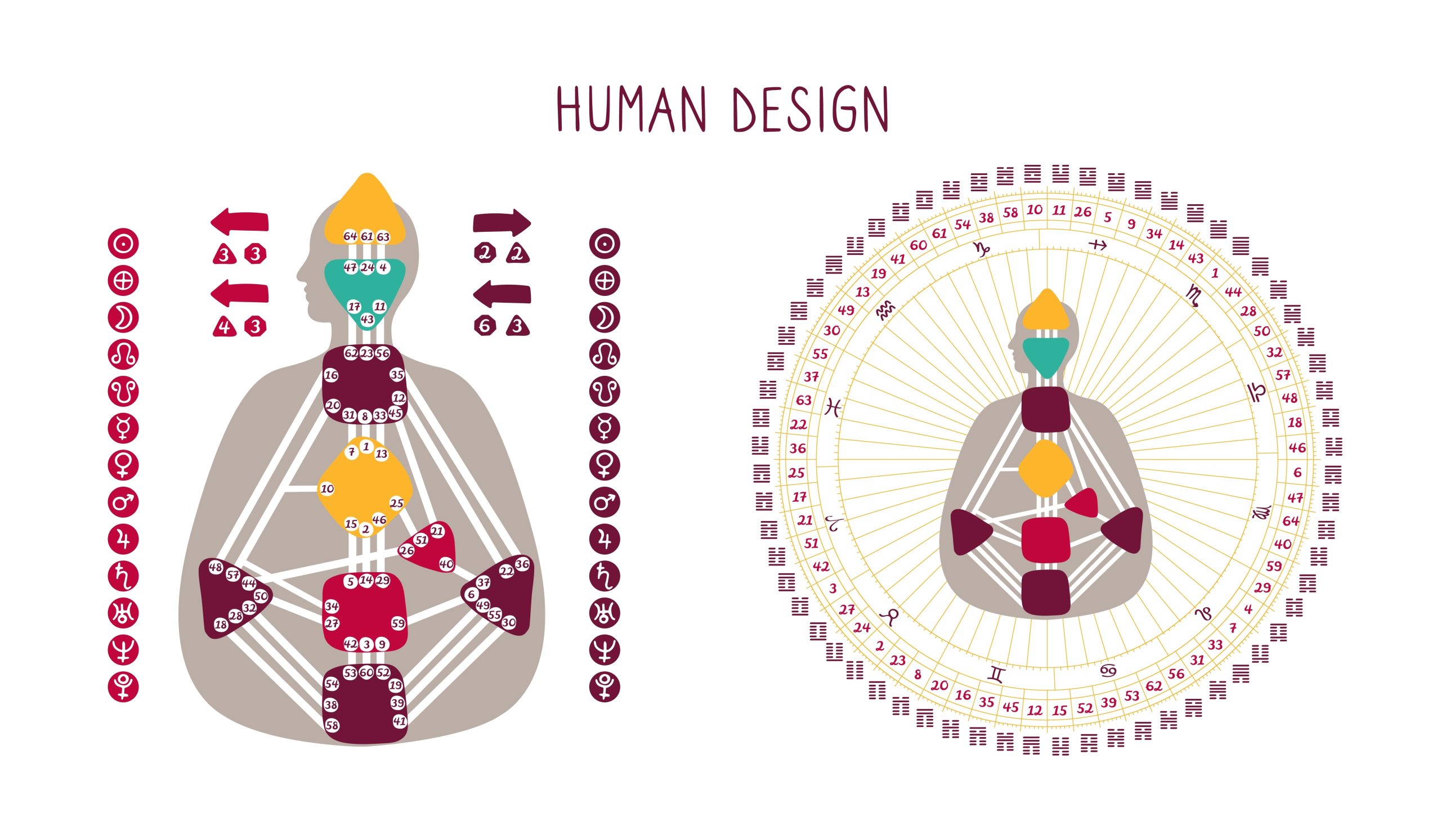
Human Design is a self-knowledge system combining elements of astrology, the I Ching, the Kabbalah, the Hindu-Brahmin chakra system, and quantum physics. It’s based on the idea that every person is born with a unique energetic blueprint that determines their personality traits, strengths, weaknesses, and life purpose.
The approach was developed in the 1980s by Robert Alan Krakower, who later changed his name to Ra Uru Hu.
At its core, Human Design teaches us that every individual is born with a specific energy blueprint, which determines our unique traits, strengths, and weaknesses. The blueprint is what makes up the Human Design system.
The Human Design System
The Human Design system uses a chart known as the BodyGraph, which shows the position of the planets and other celestial bodies at the time of a person’s birth and the part of the 64 hexagrams of the I Ching. The information in the body graph determines a person’s Human Design type. Each type has its own unique characteristics and strategies for living in alignment with its design.
Along with the body graph, the Human Design system also includes centers, channels, and gates corresponding to different aspects of a person’s life, such as emotions, relationships, and careers.
By understanding your Human Design, you gain insight into your natural strengths and challenges and learn how to make decisions and navigate your life in an authentic and fulfilling way.
One of the foundational aspects of Human Design is the concept of type, which categorizes individuals into four distinct groups.
Here’s more on the Human Design types.
What Are the Human Design Types?
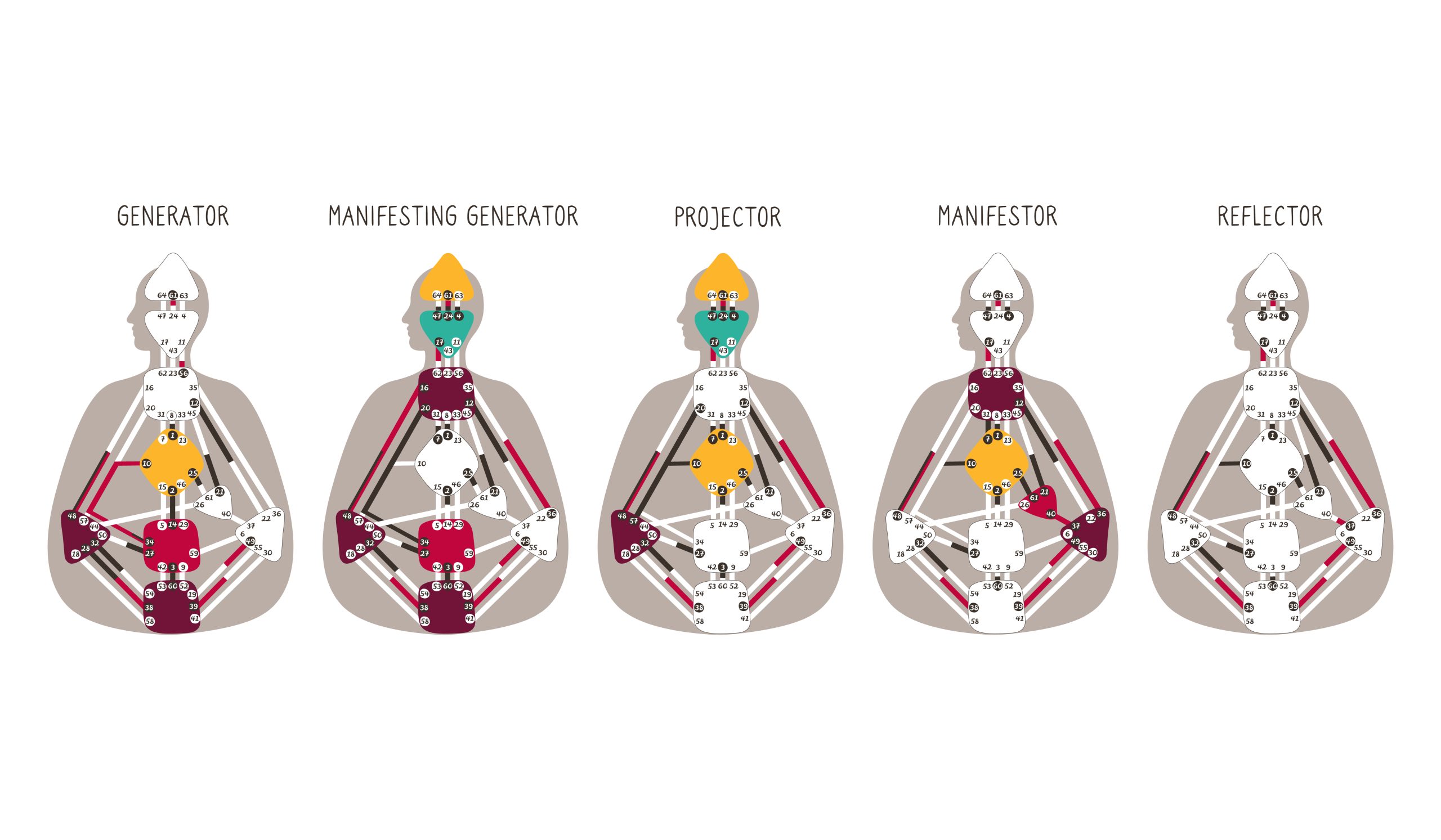 Human Design types classify people into four types, each with its characteristics, strategies, and purposes in life.
Human Design types classify people into four types, each with its characteristics, strategies, and purposes in life.
Here is a brief overview of each of them:
Manifestor
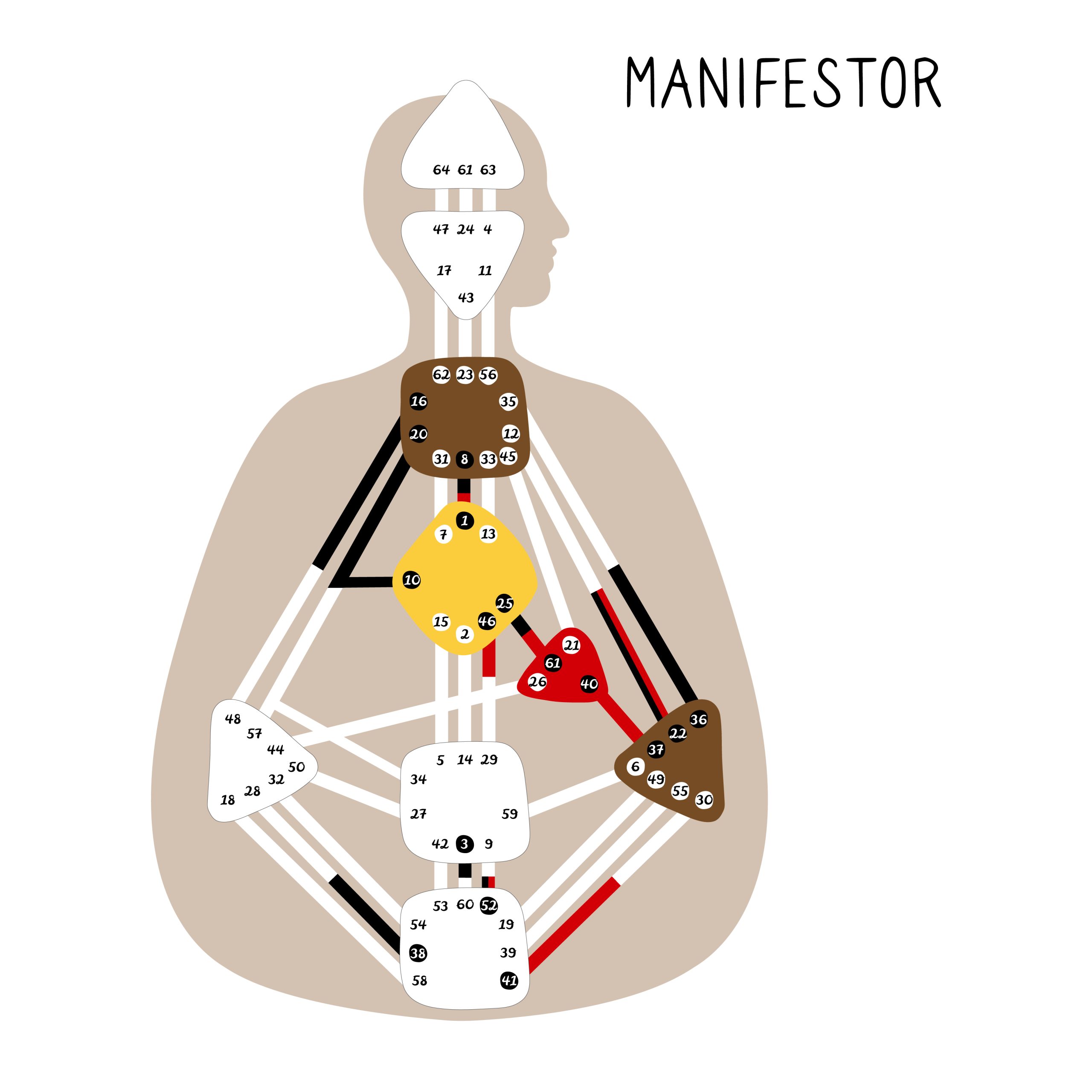 The manifestors are natural initiators full of the energy to make things happen. Manifestors are here to bring new ideas and concepts into the world and often have a strong urge to create and innovate. They have a sense of purpose and a need for independence.
The manifestors are natural initiators full of the energy to make things happen. Manifestors are here to bring new ideas and concepts into the world and often have a strong urge to create and innovate. They have a sense of purpose and a need for independence.
Manifestors’ sense of autonomy may sometimes leave them limited or frustrated by external expectations or restrictions. These people act quickly and make things happen without needing permission or recognition from others.
Generator
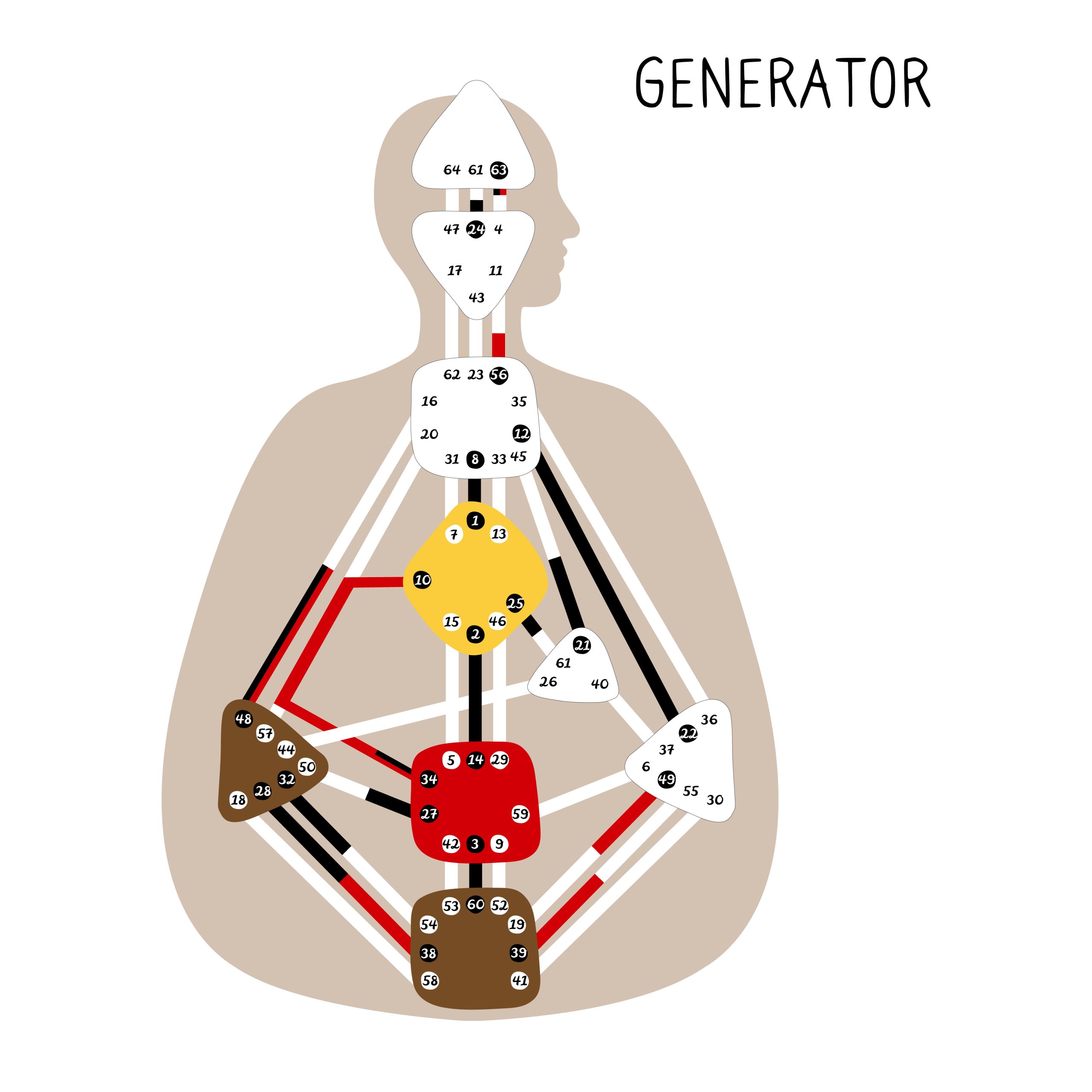 Generators comprise most of the population and possess a sustainable energy source that allows them to work on projects for extended periods. Generators are designed to respond to the world around them and follow their inner guidance to find work and activities that bring them joy and satisfaction.
Generators comprise most of the population and possess a sustainable energy source that allows them to work on projects for extended periods. Generators are designed to respond to the world around them and follow their inner guidance to find work and activities that bring them joy and satisfaction.
Generators are the doers. They are the builders of the world. They have a lot of energy and are here to respond to what life presents them with.
However, if they are not living by their inner guidance, they can experience frustration and dissatisfaction.
Projector
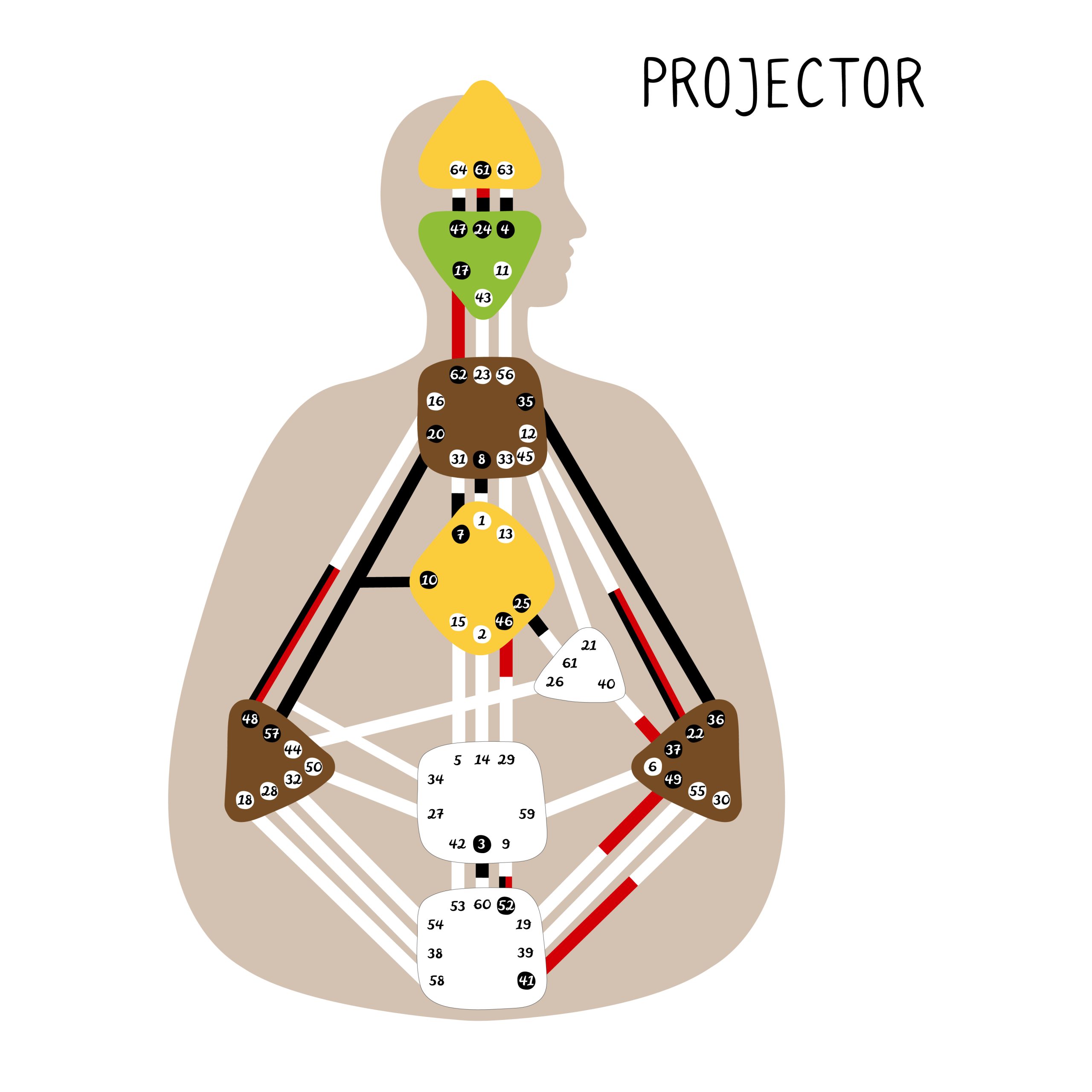 Projectors are natural guides and advisors with a talent for seeing the big picture and recognizing the potential in others.
Projectors are natural guides and advisors with a talent for seeing the big picture and recognizing the potential in others.
Projectors wait for invitations and recognition from others before jumping into action, as their energy is not sustainable for long periods. They are here to provide guidance and direction to others and can often be found in leadership roles.
However, if they try to initiate action without being recognized or invited, they may experience resistance and burnout.
Reflector
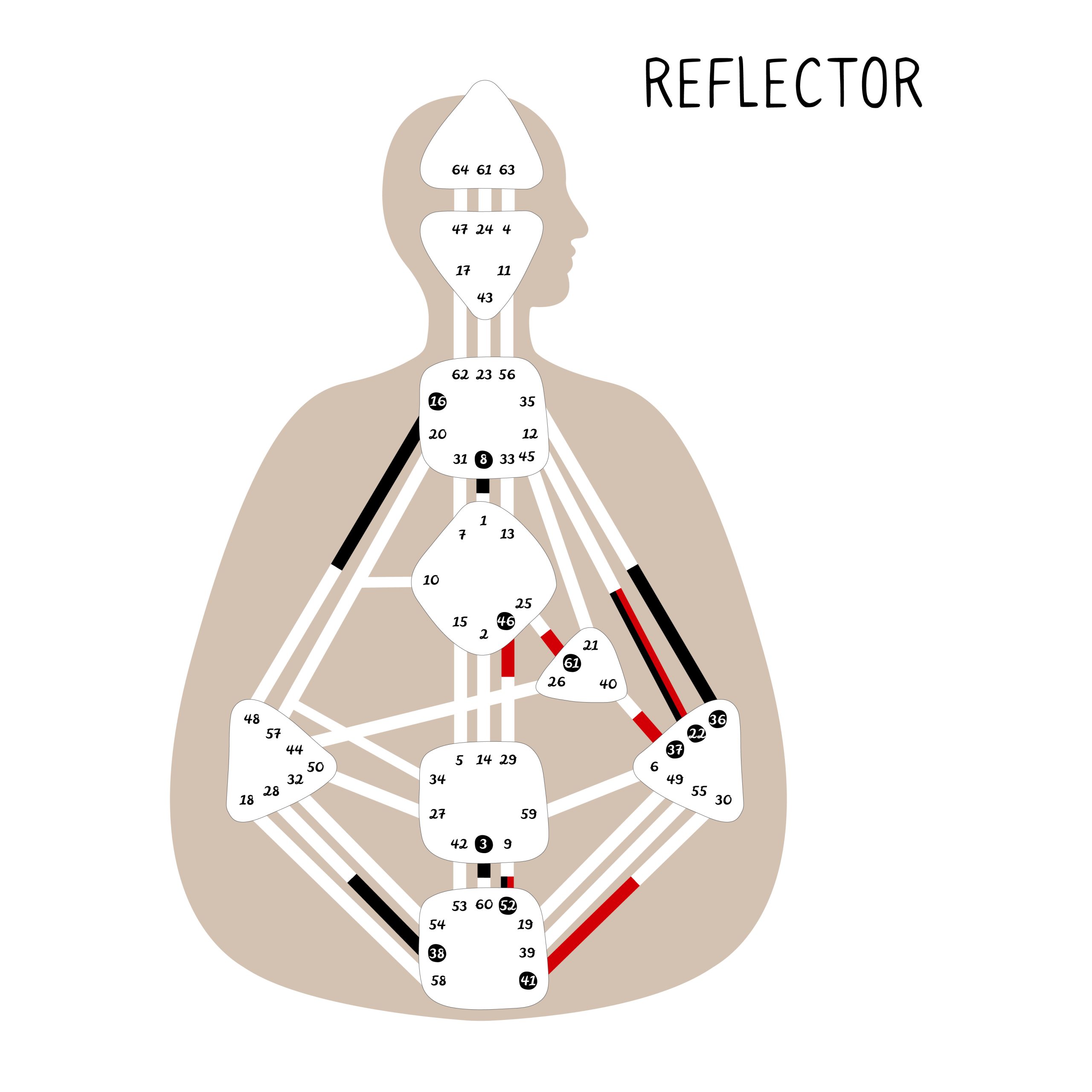 Reflectors are the rarest Human Design type comprising less than 1% of the population. They have a unique ability to reflect the energy of those around them and are highly sensitive to their environment.
Reflectors are the rarest Human Design type comprising less than 1% of the population. They have a unique ability to reflect the energy of those around them and are highly sensitive to their environment.
Reflectors are designed to be mirrors, showing us our community’s and society’s health. They have a gift for observing and assessing. They offer valuable insights into the collective consciousness and help us see where to change our behavior and society.
However, they may struggle to establish their identity and sense of self because they are sensitive to their environment.
Manifesting Generators
Manifesting Generators are a hybrid type in Human Design that combines traits of both the Manifestor and Generator types. They are often described as having the energy and drive of a Generator, with the ability to initiate and make things happen like a Manifestor.
Manifesting Generators have a unique strategy that involves waiting to respond to what feels right for them and starting action when inspired. They are here to create and move quickly but must wait for the right opportunities to respond to avoid frustration and burnout.
Manifesting Generators are often multi-passionate and have many interests, making it challenging to focus on one thing at a time. However, they are passionate about aligning with their unique talents and skills when they work.
Now that you have a basic understanding of the five main Human Design types, a new level of depth is waiting to be explored. Human Design gates, for example, are an incredibly powerful tool for understanding your unique personality traits and tendencies.
Let’s look closer at Human Design gates and how they can help you on your journey of personal empowerment.
Human Design Gates
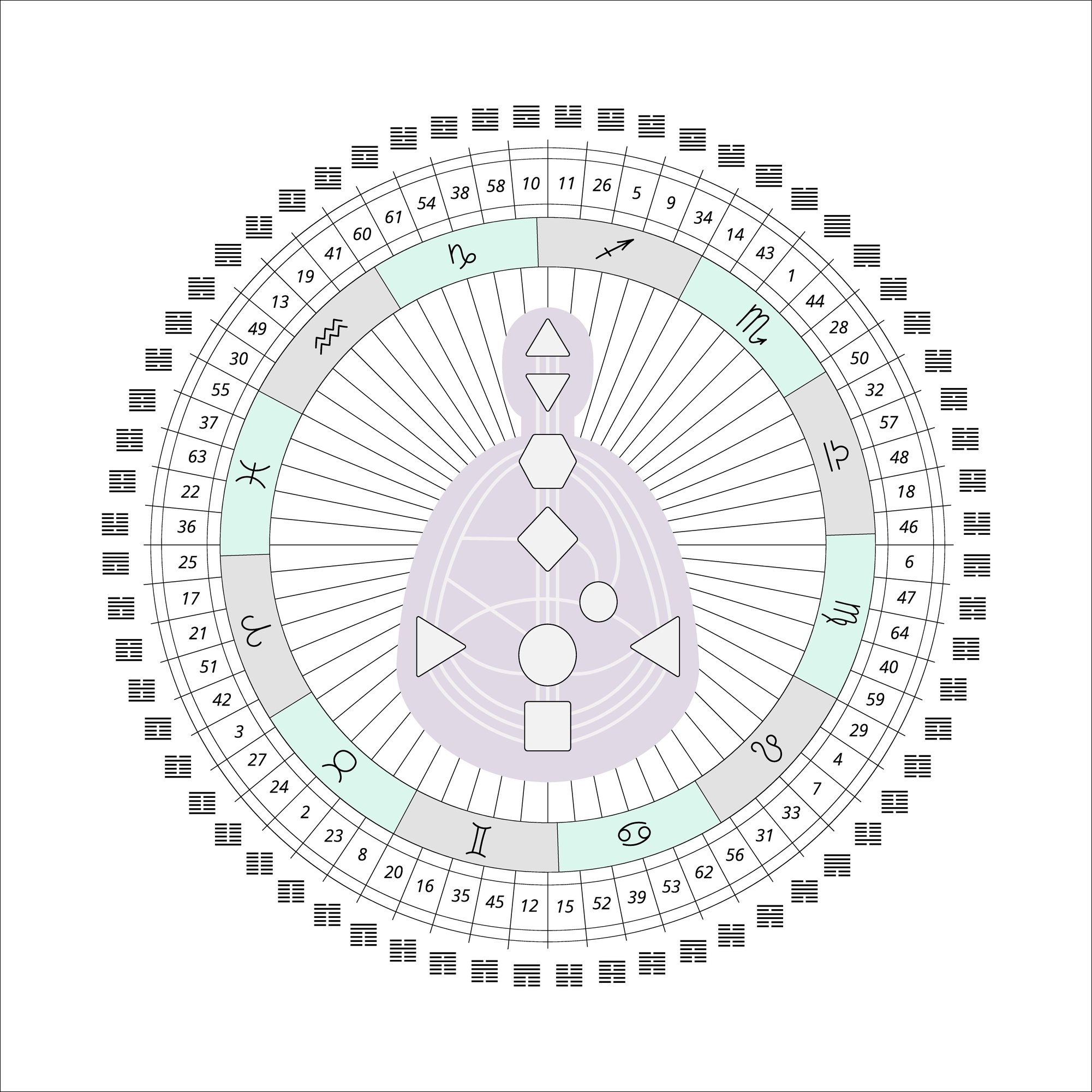 Human Design gates are like building blocks that make up your unique Human Design chart. There are 64 individual gates, each representing a specific energy frequency or trait.
Human Design gates are like building blocks that make up your unique Human Design chart. There are 64 individual gates, each representing a specific energy frequency or trait.
Each gate is associated with a hexagram from the I Ching, a Chinese divination system, and has unique energy and expression. If you have a gate associated with creativity, you may be naturally drawn to artistic pursuits or have a talent for thinking outside the box. Similarly, if you have a gate associated with communication, you may be a gifted writer or public speaker.
When a gate is activated in a person’s chart, it can influence their personality, relationships, and experiences in various ways. For example, a person with an activated Gate 1 may have a solid drive to initiate and create new things.
In contrast, a person with an activated Gate 45 may be talented at bringing people together and building community.
Understanding the gates can also help you make decisions and navigate your life in a way that feels more aligned with your true nature. Our Director of Human Design can help you interpret your gates and their influence on your life.
Human Design gates are divided into 36 channels, which connect the personality levels and create energy flows within your chart.
Here’s more about the channels.
Human Design Channels
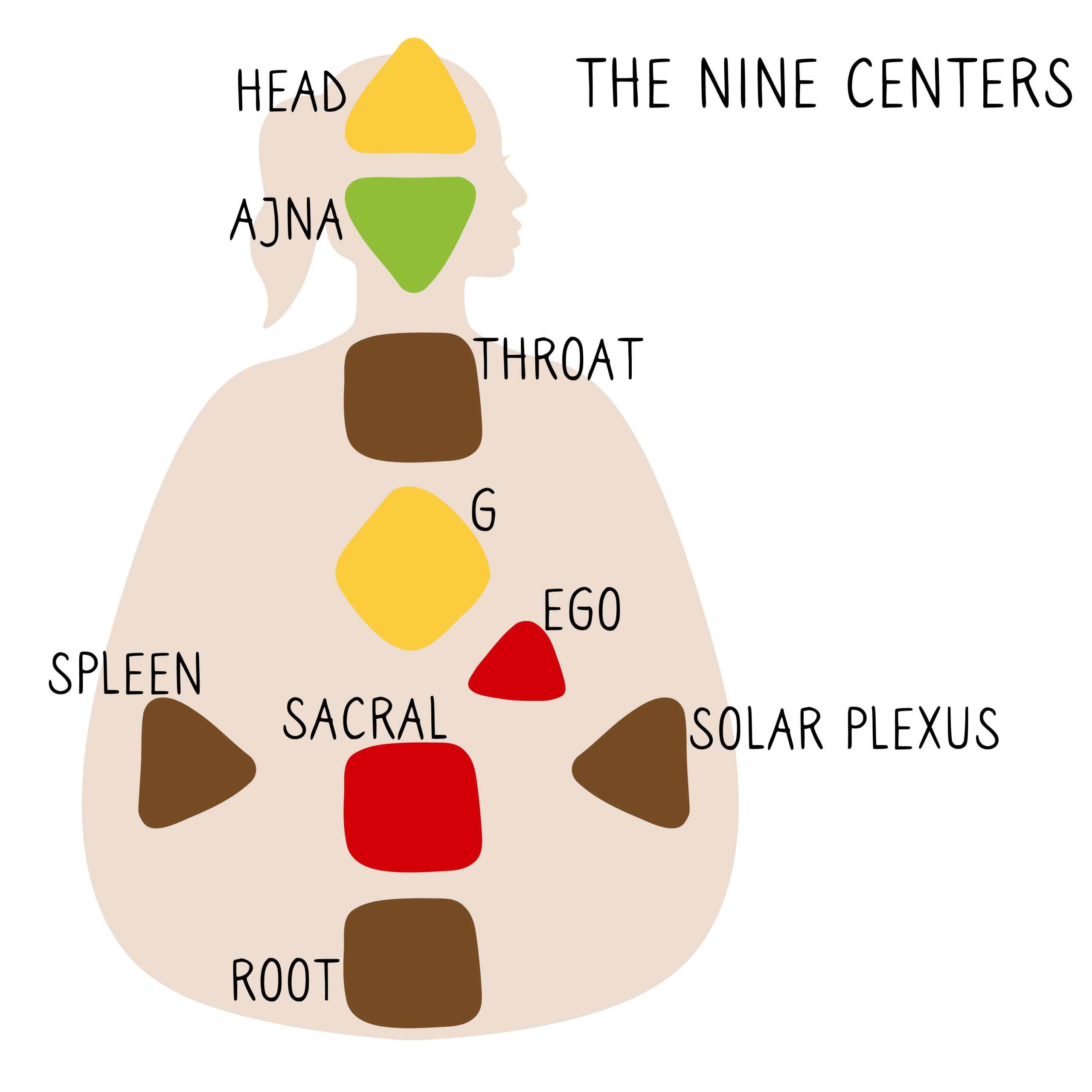 The Human Design channels are pathways that connect two or more centers on the Human Design chart. Each channel is made up of two gates that are connected by a line– together, they form a specific energy circuit. For example, Channel 34-20 connects the Spleen Center to the Throat Center and is associated with the energy of transformation and change.
The Human Design channels are pathways that connect two or more centers on the Human Design chart. Each channel is made up of two gates that are connected by a line– together, they form a specific energy circuit. For example, Channel 34-20 connects the Spleen Center to the Throat Center and is associated with the energy of transformation and change.
When a channel is defined in a person’s chart, it means they have a consistent and reliable flow of energy between the centers connected by that channel. This can influence their personality traits, strengths, challenges, and life experiences.
As we explore the intricacies of Human Design and its various channels, you may wonder how it compares to other systems of personal transformation. And one such system is Gene Keys, which also draws upon ancient wisdom, traditions and modern science to help individuals unlock their full potential.
Here’s how Human Design and Gene Keys differ.
Human Design vs. Gene Keys
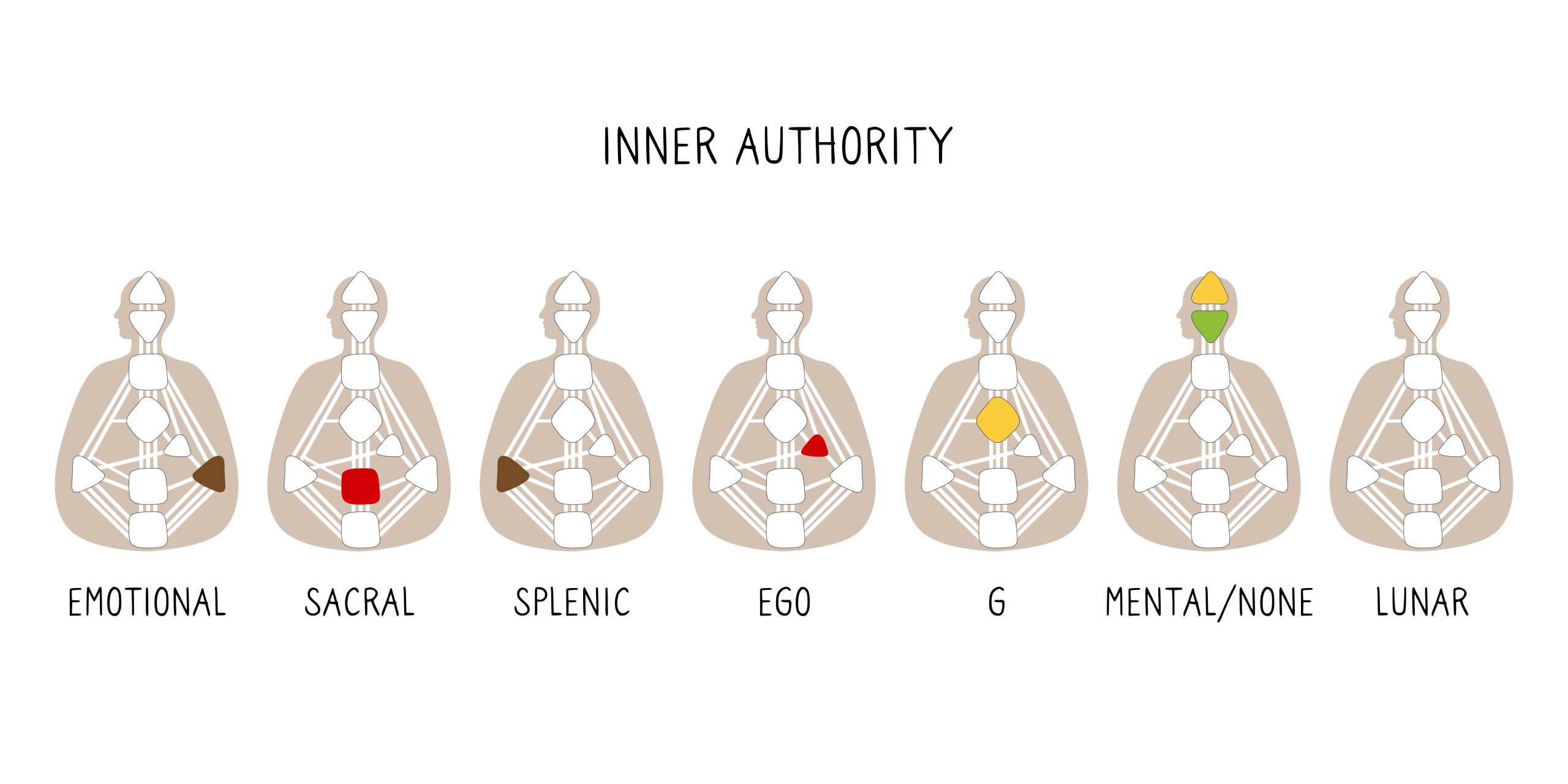
Human Design and Gene Keys are two related but distinct systems that offer insights into human nature, personality, and purpose. While both systems draw on similar sources of wisdom and knowledge, they have different approaches and perspectives.
Gene Keys, for instance, is a system of personal transformation based on the work of the British author and spiritual teacher Richard Rudd. It combines elements of Eastern and Western spirituality, modern science, and ancient wisdom traditions to help individuals unlock their full potential and live a more fulfilling life.
The Gene Keys system is not just about individual transformation, however. It also emphasizes the importance of creating a more compassionate and sustainable world by embodying higher states of consciousness and using our unique gifts to serve the greater good.
Human Design, on the other hand, as we’ve covered, combines elements of the I Ching, the Kabbalah, and quantum physics to create a map of the unique energetic blueprint of an individual. It offers insight into a person’s unique design.
Many other systems aim to help us understand ourselves and the world. One such system is astrology, which has been used for centuries to gain insights into personality traits, life purpose, and potential challenges.
Here’s how astrology and Human Design compare.
Human Design vs. Astrology
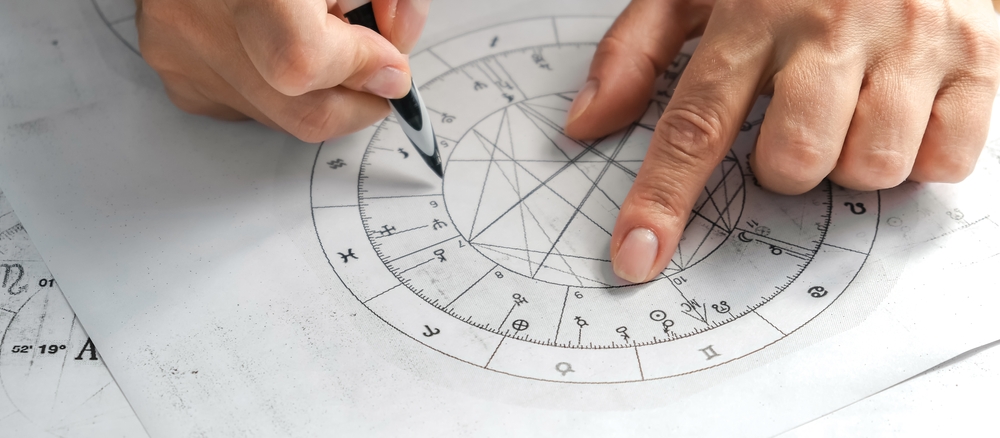 Human Design and astrology are two systems used for understanding and interpreting human personality traits, tendencies, and life paths. While they share some similarities, they are distinct and have unique approaches.
Human Design and astrology are two systems used for understanding and interpreting human personality traits, tendencies, and life paths. While they share some similarities, they are distinct and have unique approaches.
Human Design is a newer system created in the late 20th century that combines elements of many scientific, spiritual, and esoteric teachings. It uses a person’s birth data (date, time, and place) to generate a “polygraph” or “chart” that maps out your unique energetic blueprint.
The chart includes nine centers, each with qualities and functions, channels, and gates representing specific characteristics and experiences. Human Design is focused on helping us understand our unique purpose and path in life and guides us in living in alignment with our true nature.
Astrology, in contrast, is an ancient system that uses the positions and movements of celestial bodies to gain insight into human personality traits, tendencies, and life events. Astrology is based on the idea that there is a connection between the movements of the planets and the patterns of human behavior and events.
Astrologers create a birth chart for an individual based on their birth data, which includes the positions of the sun, moon, planets, and other celestial bodies at the time of their birth. The chart then interprets the individual’s personality traits, strengths, weaknesses, and life path.
Both systems offer valuable insights into our personalities and life paths, but they have different approaches and focus on distinct aspects of a person’s energetic makeup. Human Design focuses more on an individual’s unique purpose and path, while astrology focuses more on personality traits and life events.
While exploring the different systems for understanding human personality and purpose, you may come across the Enneagram. Here’s what makes it different from Human Design.
Human Design vs. Enneagram
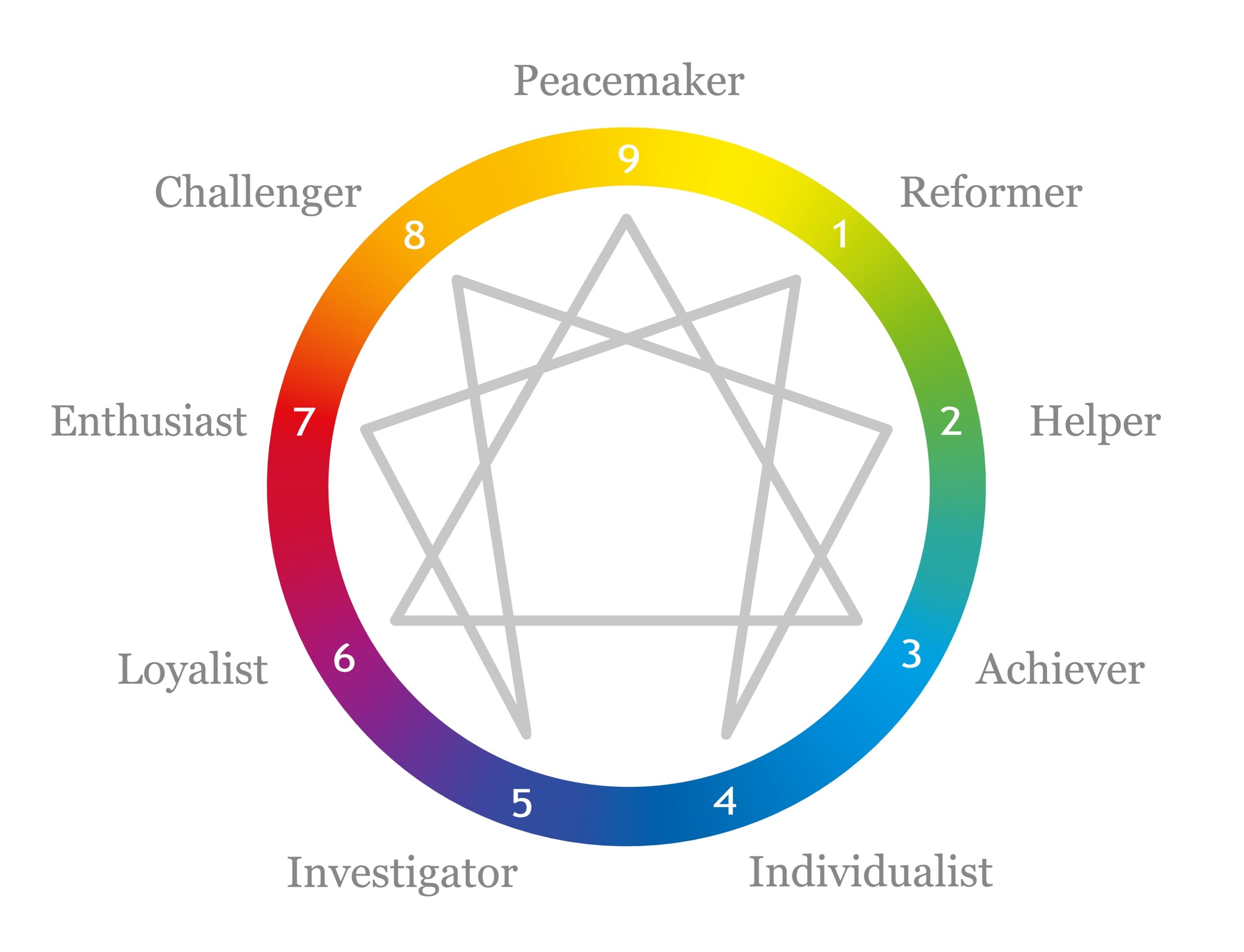 The Enneagram is based on the idea that each person has a dominant personality type but also has elements of other styles. It’s a system that categorizes people into nine personality types, each with motivations, fears, desires, and tendencies. You can use Enneagram’s knowledge to understand yourself and your relationships with others better.
The Enneagram is based on the idea that each person has a dominant personality type but also has elements of other styles. It’s a system that categorizes people into nine personality types, each with motivations, fears, desires, and tendencies. You can use Enneagram’s knowledge to understand yourself and your relationships with others better.
Human Design uses a person’s birth data to create a chart that maps out our unique energetic makeup that represents specific characteristics and experiences. This system helps you understand your unique purpose and path and guides you in living your true nature.
Unlike Human Design, which focuses more on an individual’s unique blueprint, the Enneagram emphasizes the common patterns and tendencies we all share.
Enneagram and Human Design offer valuable insights into human nature, but Vedic Astrology is another system that can guide even deeper into understanding your life path and purpose.
Here’s how it compares to Human Design.
Human Design vs. Vedic Astrology
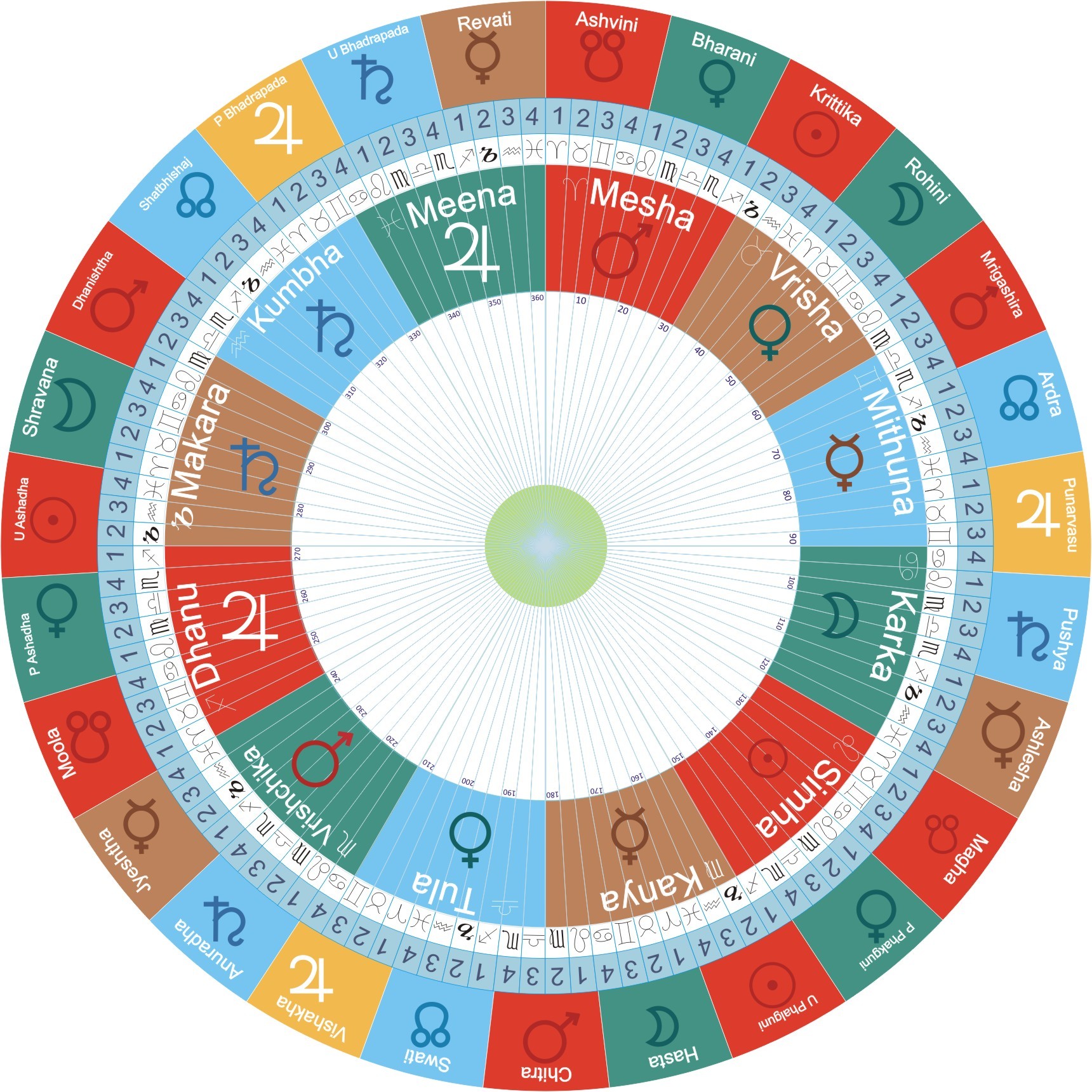 Vedic Astrology, also known as Jyotish, is a traditional Hindu system that uses a person’s birth data to analyze the positions of celestial bodies and their influence on humans. This system maps an individual’s destiny and guides everything from career choices to relationship compatibility.
Vedic Astrology, also known as Jyotish, is a traditional Hindu system that uses a person’s birth data to analyze the positions of celestial bodies and their influence on humans. This system maps an individual’s destiny and guides everything from career choices to relationship compatibility.
Similarly, Human Design uses birth data to create a chart that traces a person’s unique energetic makeup, with each center, channel, and gate representing specific characteristics and experiences.
While Vedic Astrology focuses on the positions of celestial bodies and their influence on us, Human Design combines elements of many scientific, spiritual, and esoteric teachings to create a more comprehensive understanding of a person’s energetic makeup.
What’s more, Vedic Astrology offers guidance on one’s destiny (think life events, personality traits), while Human Design centers around a person’s unique purpose and path.
Ultimately, choosing between the two systems depends on your preference and what resonates with you.
Moving on from Vedic Astrology, let’s look at another popular personality assessment tool– the Myers-Briggs Type Indicator (MBTI).
Human Design vs. MBTI
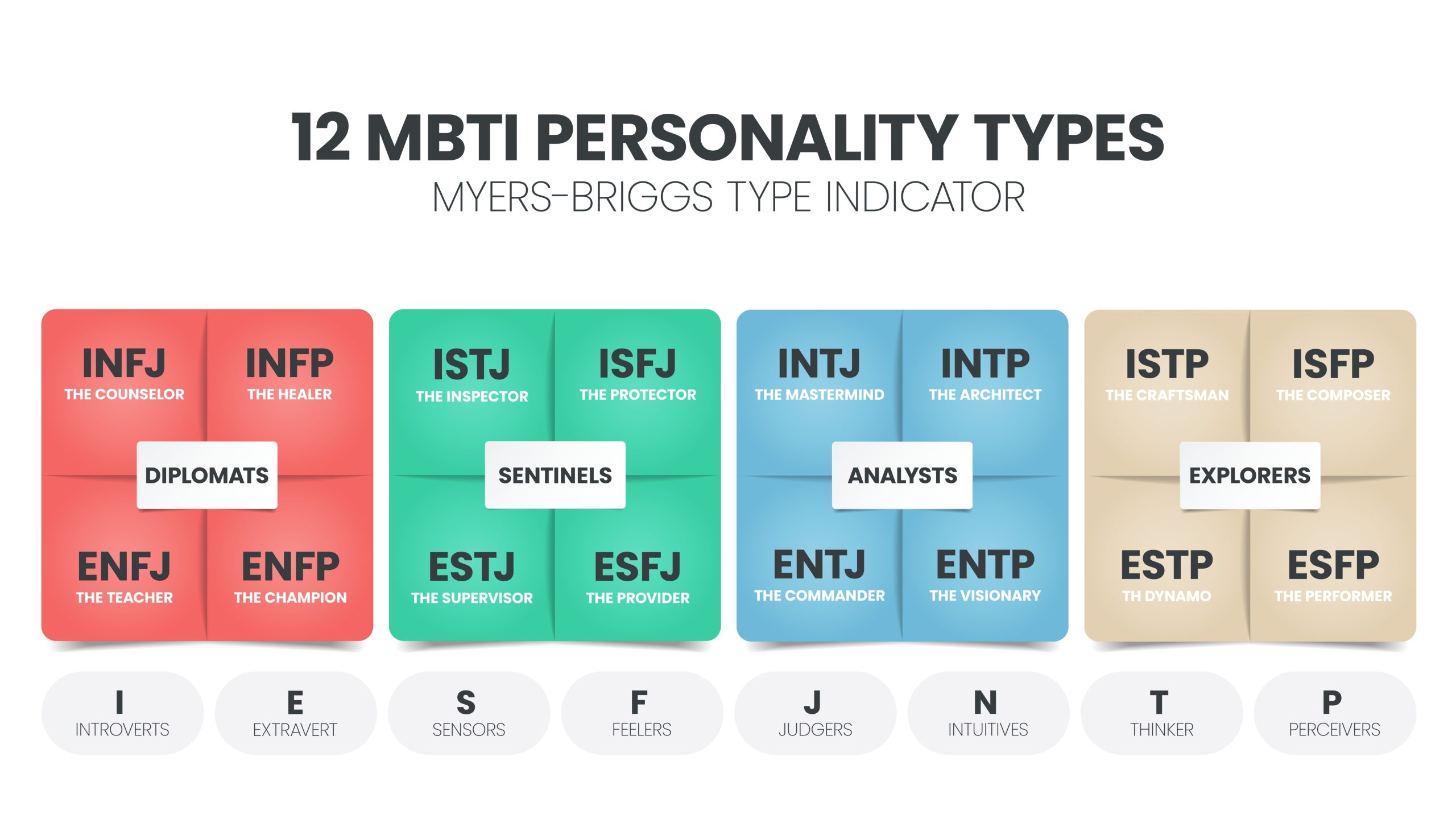 Unlike Human Design, which is rooted in a combination of scientific, spiritual, and esoteric teachings, the MBTI is based on the psychological theories of Carl Jung.
Unlike Human Design, which is rooted in a combination of scientific, spiritual, and esoteric teachings, the MBTI is based on the psychological theories of Carl Jung.
The MBTI assesses an individual’s personality based on four dichotomies (categories). They are:
– Extraversion vs. Introversion (E/I)
– Sensing vs. Intuition (S/N)
– Thinking vs. Feeling (T/F)
– Judging vs. Perceiving (J/P)
Each person is assigned a combination of letters corresponding to their personality type, with 16 possible types.
While both Human Design and the MBTI offer insights into personality traits and tendencies, their approaches are vastly different.
MBTI focuses on observable characteristics and behavior patterns, while Human Design provides a more in-depth analysis of an individual’s energetic makeup and purpose in life.
Another fascinating spiritual system worth mentioning is the Kabbalah. Here is how it compares to Human design.
Human Design vs. Kabbalah
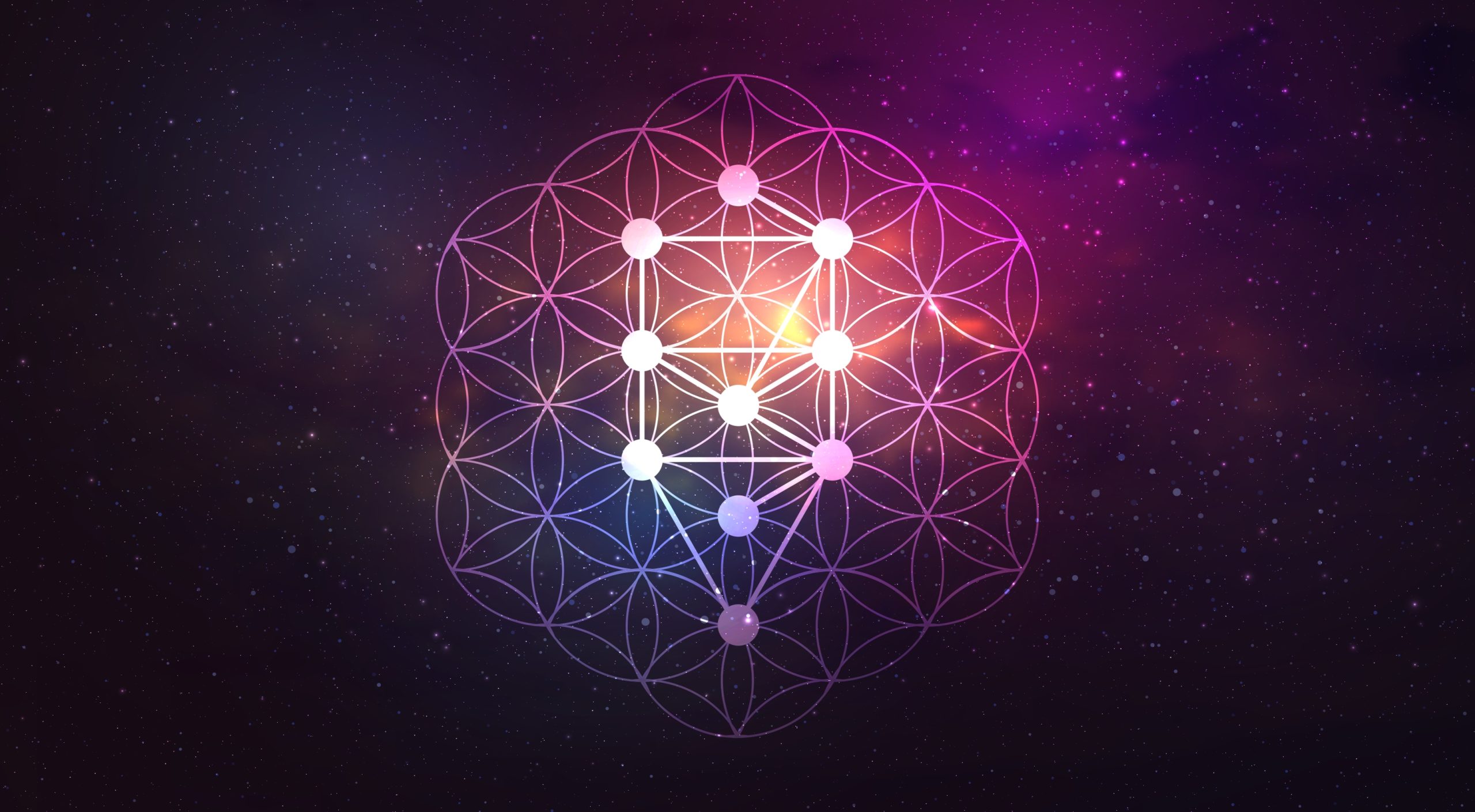 Kabbalah is a mystical tradition that originated in Judaism, and it provides a framework for understanding the nature of God, the cosmos, and the human soul.
Kabbalah is a mystical tradition that originated in Judaism, and it provides a framework for understanding the nature of God, the cosmos, and the human soul.
The similarities between Kabbalah and Human Design are centered around understanding the nature of reality and the interconnectedness of all things. However, the two schools of thought differ in their spiritual growth and self-knowledge approach.
Like Human Design, Kabbalah seeks to unlock the secrets of the universe and the individual’s place within it. It uses a complex system of symbols, numerology, and meditation to help individuals gain insights into their inner selves and connect with the divine.
Human Design, on the other hand, focuses on your unique energetic makeup and purpose in life. Kabbalah offers a more spiritual approach, guiding us on a journey of self-discovery and connection to a higher power.
Both methods provide valuable insights and guidance for those seeking to understand themselves and the nature of reality on a deeper level.
Human Design In Practice: Examples of How to Use Human Design to Shape Your Path
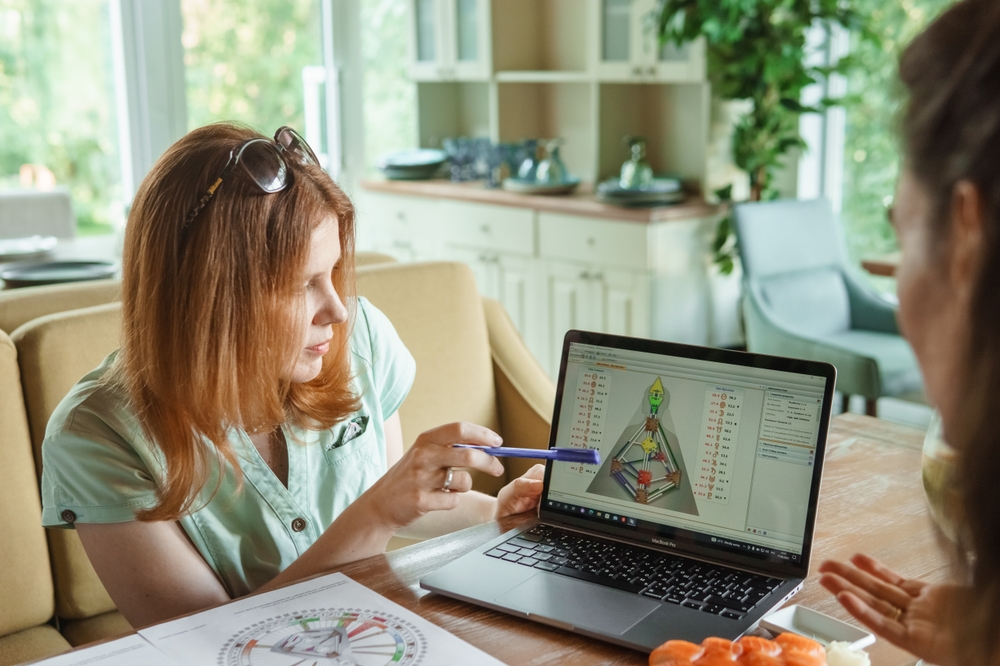
Human Design shows you your unique energetic makeup and how you can live in alignment with your true nature. But in which areas of your life do you apply it, and how?
Well, the possibilities are endless!
Say you’re struggling to find fulfillment in your career. Your Human Design chart shows that you have a defined Sacral Center, indicating a reliable energy source and can consistently commit to tasks. This finding suggests that a job that allows you to use this energy practically and commit to a project long-term may be more fulfilling for you.
People with a defined Throat Center in their Human Design chart may have a natural talent for communication and expression. However, they may also feel pressure to constantly communicate and express themselves, which can lead to burnout. Understanding this aspect of your design can help you balance your need for self-expression with rest and rejuvenation.
Here’s another example. You may struggle with a sense of identity and direction if you have an undefined G Center in your Human Design chart. Understanding this design aspect can help you recognize that you’re here to explore different paths and experiences. Your sense of self and purpose may evolve and change over time.
If you have an open Emotional Center, you may tend to take on the emotions of those around you, leading to mood swings and a lack of emotional clarity. Understanding this aspect of your energetic makeup can help you identify when you are absorbing other people’s emotions and learn how to manage your emotional boundaries better.
Incorporating Human Design into all aspects of your life can help you make decisions that align with your true nature, deal with emotions better, and communicate more effectively in relationships.
Human Design & Relationships
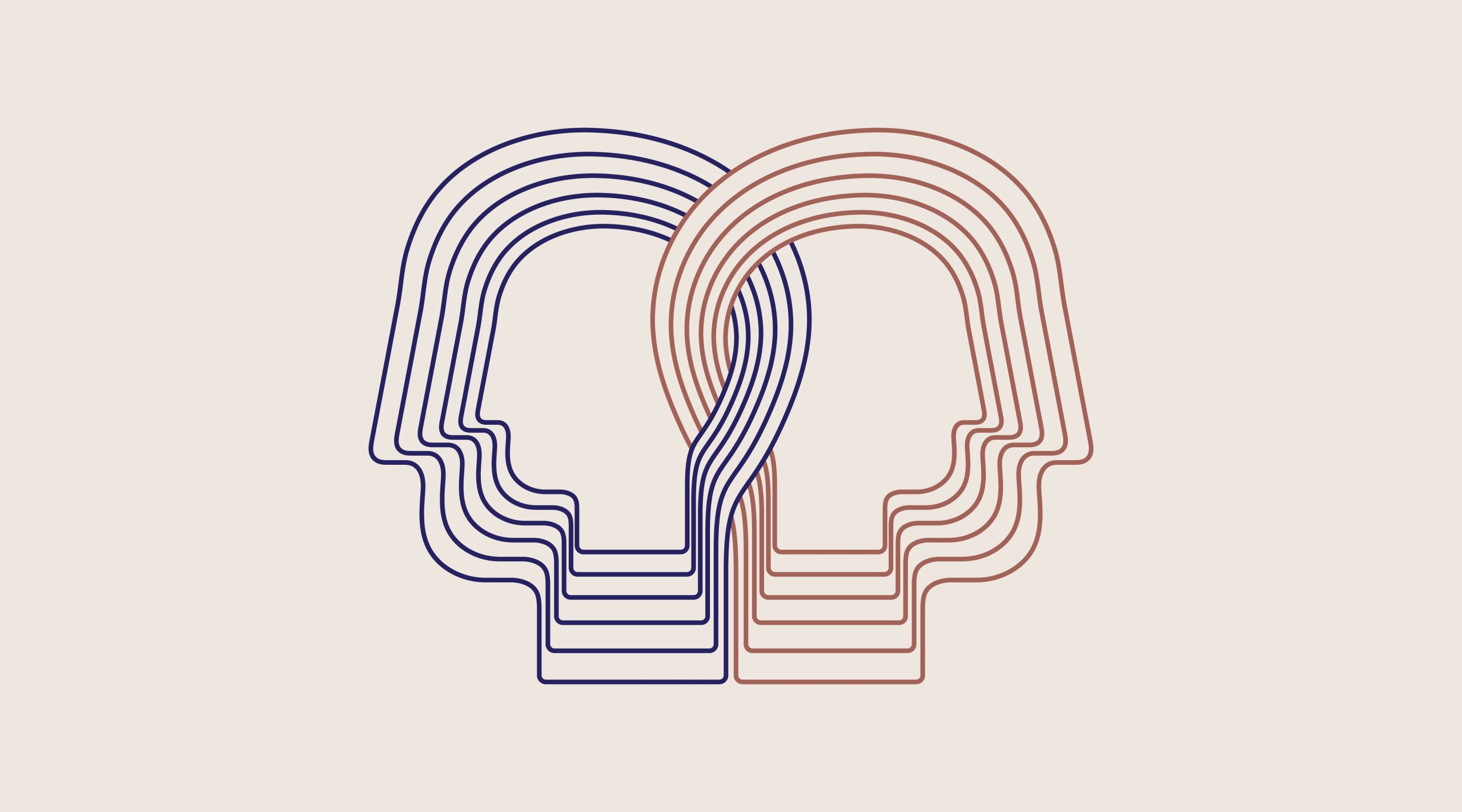 Understanding your Human Design can also impact your relationships. For instance, suppose you have an open Heart Center, indicating you are highly empathic and sensitive to others’ emotions. You may find that setting healthy boundaries and communicating your needs is essential for maintaining healthy relationships.
Understanding your Human Design can also impact your relationships. For instance, suppose you have an open Heart Center, indicating you are highly empathic and sensitive to others’ emotions. You may find that setting healthy boundaries and communicating your needs is essential for maintaining healthy relationships.
Human Design can be a powerful tool for understanding how you and your partner, friends, or family interact energetically. By understanding your own unique energetic makeup and that of those around you, you can navigate relationships with greater ease and harmony.
Compatibility
Human Design can determine your compatibility with other people. For example, individuals with defined Sacral Centers may be compatible with those with open Sacral Centers, as they can provide energy and vitality to one another.
Similarly, a person with a defined throat center (which indicates a natural ability to communicate and express yourself) may need more space to speak freely. In contrast, someone with an undefined throat center may need more time to process and respond.
Human Design can also offer guidance on relationship dynamics. Knowing your type and that of your partner or loved one can provide insight into potential areas of harmony and conflict.
For instance, a relationship between two Generators may thrive on mutual support and shared interests. In contrast, a relationship between a Projector and a Manifestor may require more conscious effort to balance the dynamics of the two people.
Communication
Human Design is a valuable tool in communication, as it can help us better understand our communication style and those around us.
Suppose you are someone with an open Throat Center. In that case,
you may take on the opinions and ideas of others without filtering them, which often results in unclear or inconsistent communication.
On the other hand, if you have a defined Throat Center, you may have a more confident and consistent communication style but may also tend to dominate conversations.
Human Design can help you recognize your communication strengths and challenges. It can help improve your communication skills and understanding others’ communication styles, leading to more effective and harmonious communication.
Let’s say you are working on a team project with someone who has an open Head Center. This person may generate many ideas and possibilities but struggle with making decisions and following through. By understanding their open Head Center and providing them with structure and guidance, you can help them better focus their ideas and contribute more effectively.
Emotional Dynamics
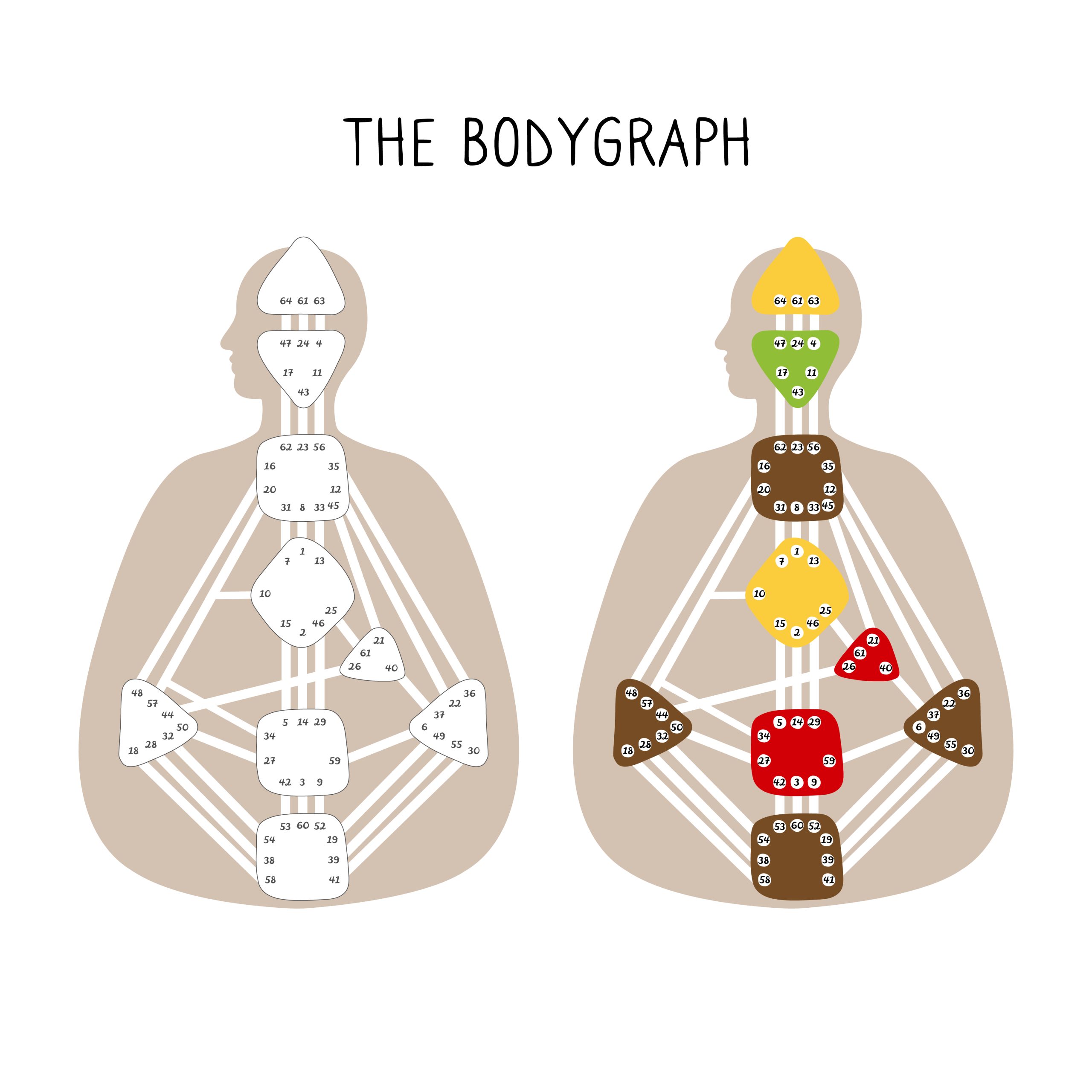 Human Design also provides insight into emotional dynamics between people. It’s valuable in helping us process and express emotions. Each Human Design type has its unique emotional energy and processing style, which can influence how we interact with others.
Human Design also provides insight into emotional dynamics between people. It’s valuable in helping us process and express emotions. Each Human Design type has its unique emotional energy and processing style, which can influence how we interact with others.
Projectors, for example, often struggle with feeling a sense of recognition and can feel bitter when their contributions are not appreciated. They can benefit from taking time to wait for invitations rather than pushing their way into situations.
Manifestors can experience frustration when they feel their autonomy is being threatened or when they feel that others are trying to control them. They may need to communicate their needs and desires clearly and directly to prevent feelings of anger or resentment.
Generators and Manifesting Generators have a defined sacral center, giving them a consistent life force energy source. They can use this energy to fuel their passions and engage in activities that bring them joy and fulfillment. However, they may experience frustration or burnout if they engage in activities that do not align with their inner truth.
Reflectors are highly sensitive to their environment and the emotions of those around them. They need to take time to process their feelings and make decisions rather than rushing into things impulsively.
Understanding your own unique emotional dynamics and those of others can help you communicate more effectively, build stronger relationships, and ultimately lead a more fulfilling life.
Boundaries
Another aspect of our lives, Human Design can be helpful with, is setting and respecting boundaries in relationships and life. Each Human Design type has a specific strategy for making decisions and interacting with others, which can inform you how to set and maintain healthy boundaries.
For example, a Generator type may need to learn to say “no” to requests that don’t align with their true desires and passions. At the same time, a person with a Projector type may need to establish clear boundaries around their availability and avoid taking on too much work or responsibility.
A person with an open Emotional Center may need to establish boundaries around taking on the emotional energy of others. In contrast, a person with an open Spleen Center may need to set boundaries around taking unnecessary risks or neglecting their physical health.
Human Design can guide you in finding the specific areas of life where you may need to set boundaries to protect your energy and well-being. The system is also quite helpful in dealing with conflicts. Here’s how.
Conflict Resolution
Conflict is hard to deal with, so we can all use Human Design’s help in navigating and resolving disputes effectively. Here are a few ways that Human Design can be applied to conflict resolution:
– Understanding communication styles
The system of Human Design can reveal a person’s preferred method of communication. It gives you and others understanding and direction on communicating more effectively. For example, if someone has an open Throat center, they may need more time to process their thoughts before responding, so giving them space is helpful.
– Respecting different decision-making strategies
Learning more about people through Human Design can also reveal how everyone approaches decision-making and why. For example, a person with a defined Sacral center may need to make decisions based on their gut instincts. In contrast, someone with a defined Head center may need more time to analyze and consider options before deciding.
– Identifying areas of compatibility
Compatibility is another area that determines how well two people deal with conflict. Human Design offers an insight into the chances of two people reaching a resolution.
For example, suppose both people have defined Emotional centers. In that case, they may easily understand and support each other’s emotional needs. In contrast, if one person has an open Heart center and the other has a defined Heart center, they may have different approaches to expressing and receiving love.
Human Design can help people approach conflict resolution with more compassion and understanding, thus leading to more harmonious relationships and groups.
The system of Human Design can also be helpful in business.
Human Design & Business
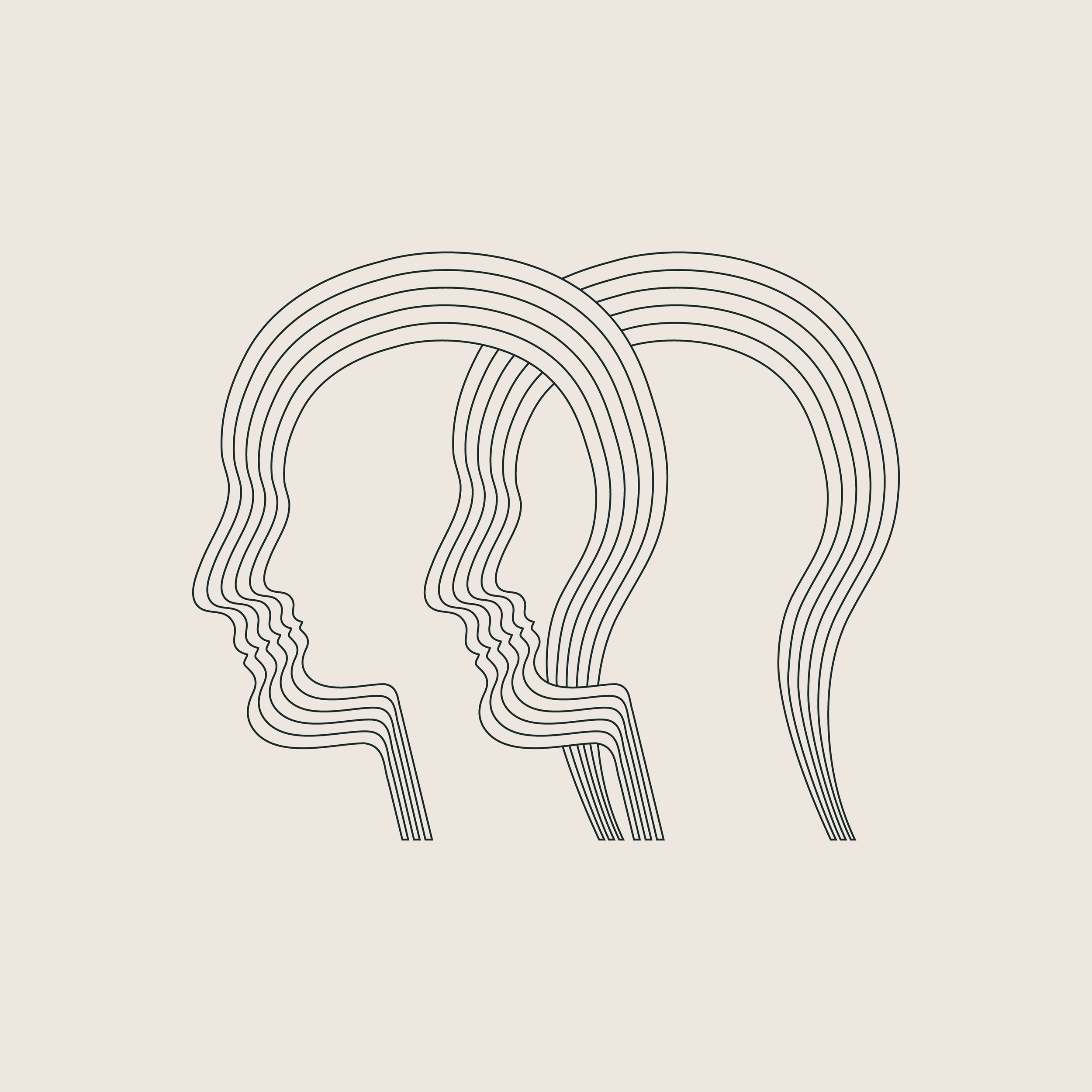 Human Design can be a powerful tool for business leaders and entrepreneurs, helping them determine strengths, tendencies, and potential challenges.
Human Design can be a powerful tool for business leaders and entrepreneurs, helping them determine strengths, tendencies, and potential challenges.
Here are a few areas of your business you can apply the system.
Hiring & Team Building
Human Design can help leaders build effective and productive teams. By understanding the Human Design types and strengths of their team members, leaders can create well-rounded and complementary teams.
In hiring your team, Human Design can be a helpful tool in understanding a candidate’s Human Design type. It can help you determine how well their strengths fit your business environment and job position.
With Human Design, you can create a more well-rounded team and ensure that each person is in a role that suits them. The better each team member fits their role and the team, the better your business will be.
Decision-Making
Human Design can help leaders make better decisions by understanding how to build and implement strategy and authority. For example, a Manifestor may need to inform others before making a decision, while a Projector may need to wait for an invitation before taking action.
Marketing & Sales
Human Design can inform marketing and sales strategies. By understanding the Human Design types and tendencies of their target audience, businesses can create more effective marketing and sales campaigns that resonate with their audience.
Productivity & Time Management
Human Design can help you and your team understand how each individual’s unique energy and productivity rhythms. For example, a Generator may have the most energy and productivity in the morning, while a Projector may need more rest and downtime throughout the day.
Business Strategy
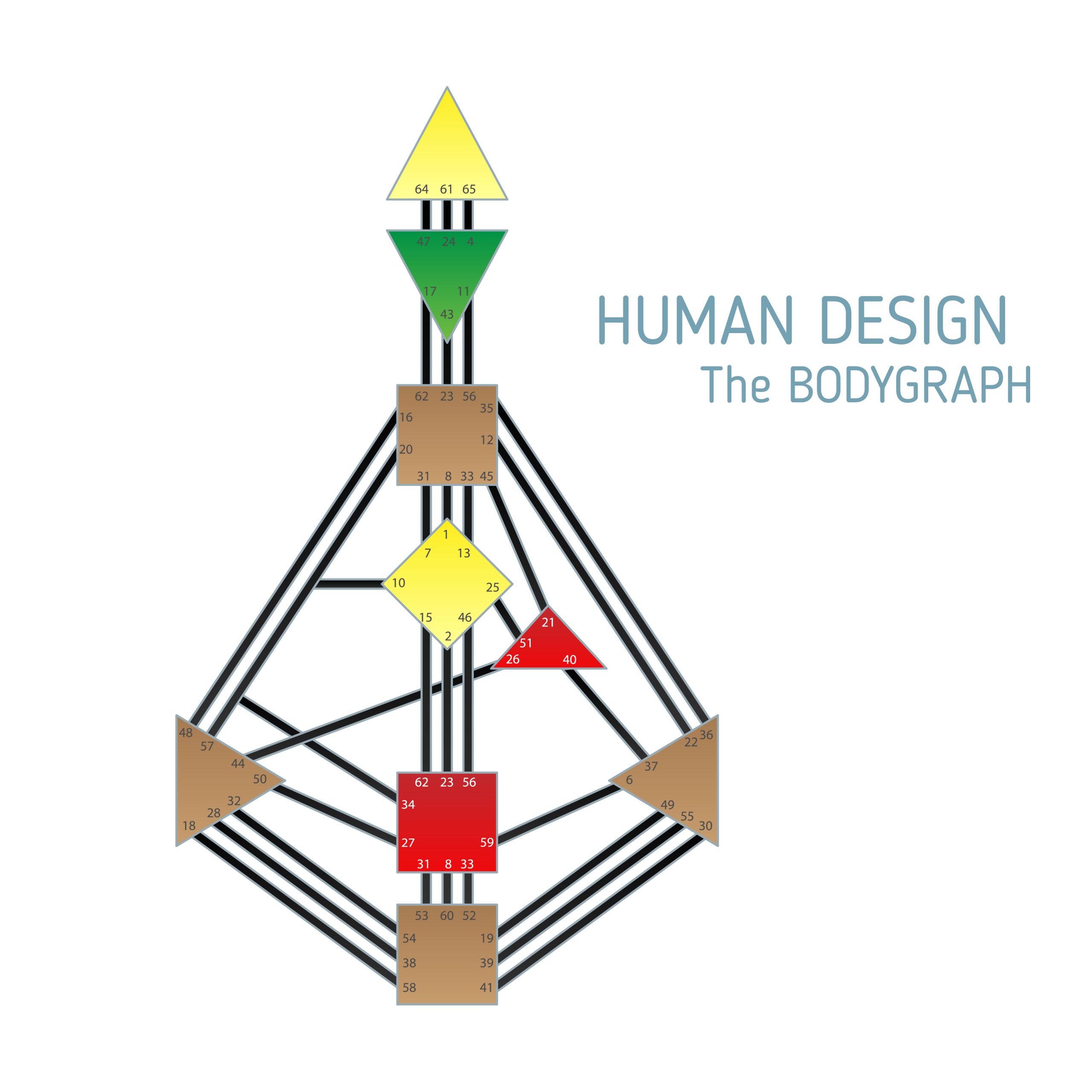 Human Design is very insightful regarding a person’s strengths and potential challenges, allowing them to create a personal and professional strategy that aligns with their true nature, purpose, and career aspirations.
Human Design is very insightful regarding a person’s strengths and potential challenges, allowing them to create a personal and professional strategy that aligns with their true nature, purpose, and career aspirations.
By using Human Design as a tool for self-awareness and understanding, business leaders and entrepreneurs can create businesses that align with goals and purpose and are more productive, fulfilling, and successful.
Another area Human Design can have a positive impact on is money management. Here’s how the system can help.
Human Design & Money
If you’re struggling with managing your money or need additional guidance in approaching this area of your life, Human Design might be the right tool. Through the system, you can glimpse into how your personality affects your relationship with money and what’s your unique approach to wealth creation and financial management.
Here are the different categories impacted by this school of thought.
Money Mindset
Through Human Design, you will better understand your money mindset and beliefs about wealth. For example, an individual with an open Root Center may feel pressured and stressed about money. In contrast, individuals with a defined Root Center may feel more grounded and confident about financial matters.
Wealth Creation
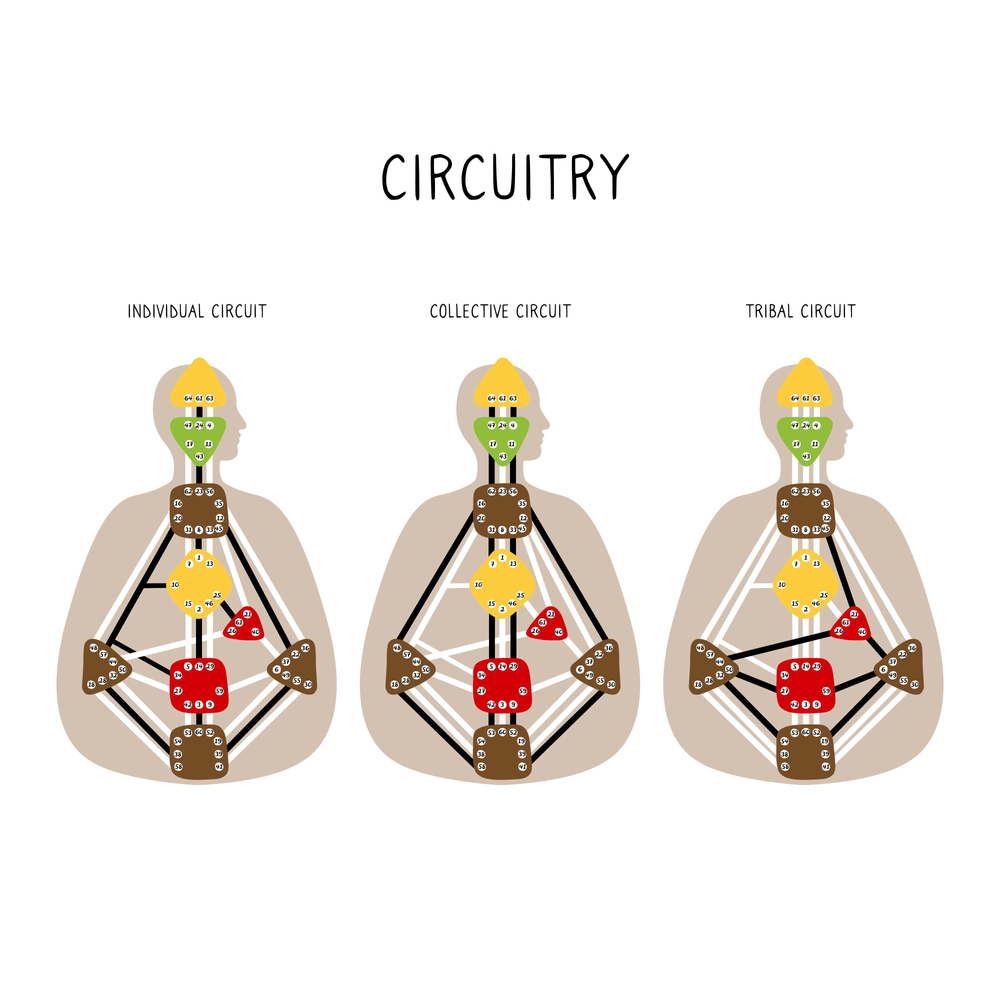 If you need help learning more about your strength and talents in terms of wealth creation–Human Design might be the thing. Knowing your unique traits allows you to identify opportunities for wealth creation that align with your true nature and purpose.
If you need help learning more about your strength and talents in terms of wealth creation–Human Design might be the thing. Knowing your unique traits allows you to identify opportunities for wealth creation that align with your true nature and purpose.
Financial Management
Financial management is sometimes a complicated topic that needs more knowledge. And Human Design can help you learn how to develop effective strategies to deal with finances. For example, a Generator may need to be mindful of how they use their energy and resources to achieve financial stability and abundance.
Career Path
Another critical aspect connected to your finances and overall well-being, Human Design can help with is your career path. The system’s principles allow you to identify better opportunities that align with your nature and purpose and help you reach financial success and fulfillment.
Abundance Mindset
Human Design is the supportive system that aids you in developing an abundance mindset. It can guide you into attracting wealth and abundance through positive thinking and focusing on gratitude and abundance.
5 Techniques for Incorporating Human Design into Daily Life
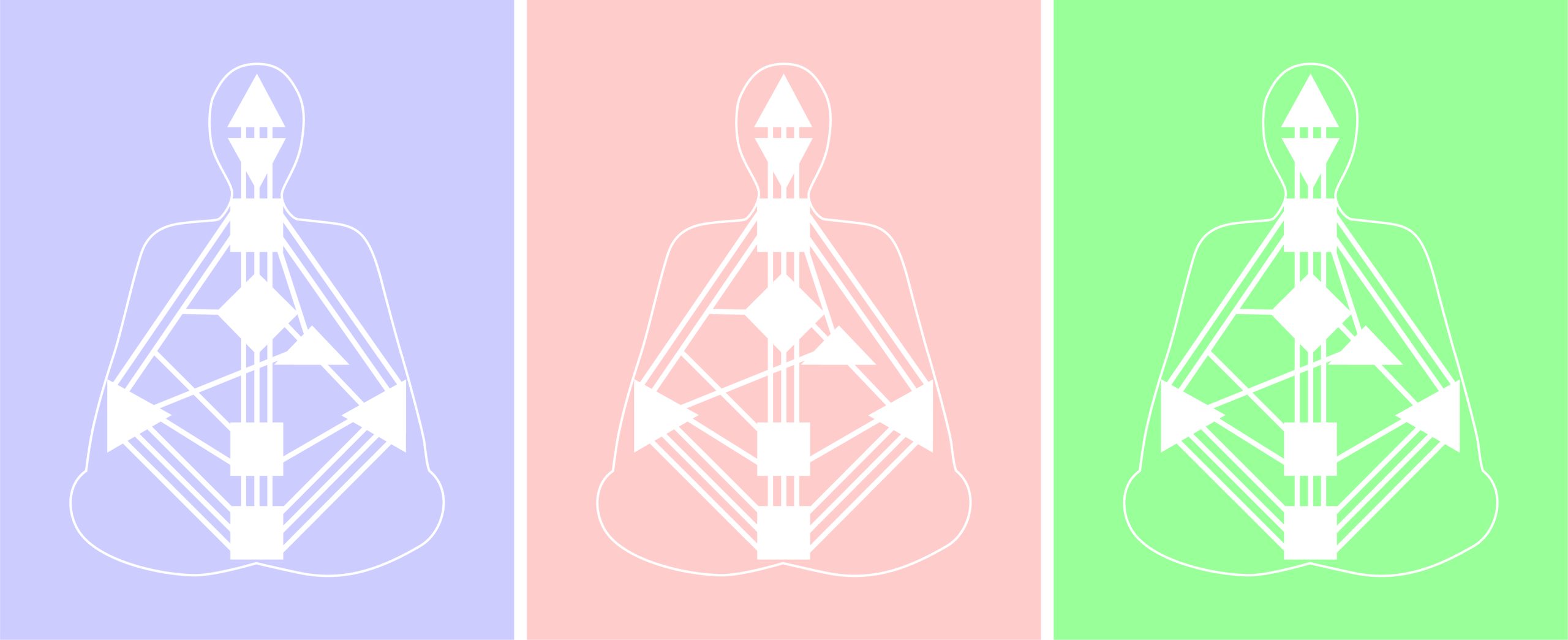
There are many ways to incorporate Human Design into your daily life. Here are a few you can try:
1. Start Your Day with Your Human Design Chart
Take a few minutes each morning to review your chart and reflect on how you can live in alignment with your true nature throughout the day.
2. Use Human Design to Make Decisions
Before making an important decision, consult your Human Design chart to gain insights into your decision-making strategy and authority.
3. Practice Self-Care According to Your Design
Each Human Design type has unique needs for self-care. Learn what works best for your type and prioritize it daily.
4. Surround Yourself with Supportive Energy
Pay attention to the people and environments that feel energetically supportive and nourishing to you, and prioritize spending time in those spaces.
5. Experiment with Human Design Practices
There are many Human Design practices that you can experiment with, like visualization, meditation, or breathwork, that can help you connect more deeply with your true nature and purpose.
Remember that incorporating Human Design into your daily life is not to change who you are but to help you live more authentically and align with your true nature.
Addressing Potential Skepticism Surrounding Human Design
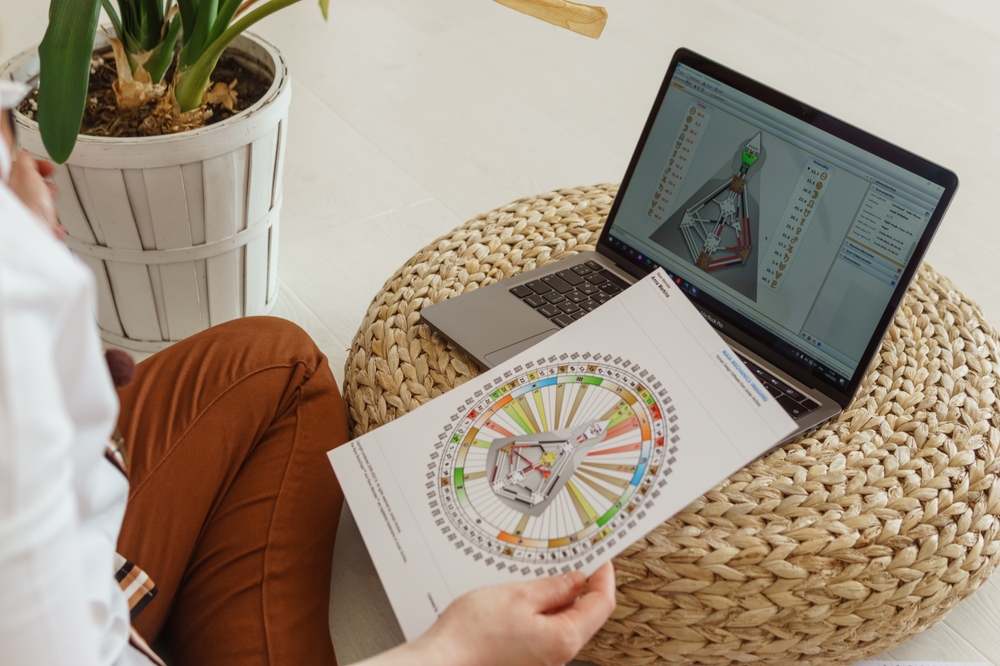 Human Design can offer valuable insights into your energetic makeup and life path. Still, as with any philosophy of life, it can create skepticism and hesitation in people to fully embrace it.
Human Design can offer valuable insights into your energetic makeup and life path. Still, as with any philosophy of life, it can create skepticism and hesitation in people to fully embrace it.
One source of doubt has been the fact that Human Design is a relatively new concept, and another is that the system relies on esoteric concepts such as chakras and the I Ching.
It’s important to remember, however, that any new idea will face skepticism and scrutiny and that the validity and effectiveness of Human Design can be judged by the results it produces in people’s lives. So far, many people have found Human Design valuable for personal growth and self-awareness. The system has been embraced by people from various backgrounds, including business leaders, artists, and spiritual seekers.
It’s also important to note that Human Design is not a one-size-fits-all solution and that its teachings should be taken as guidance rather than absolute truth. As with any philosophy or system of belief, it is up to you to interpret and apply the teachings in a way that resonates with your experiences and worldview.
One way to approach Human Design is to view it as a tool for self-exploration and experimentation rather than as a strict rule for life. Using Human Design as one of several personal growth and reflection tools, you can authentically incorporate its insights into your daily life.
Ultimately, the decision to embrace or reject Human Design is personal. Our only advice would be to approach the system with an open mind and a willingness to explore its potential benefits.
On a Closing Note
 Human Design is a holistic practice that offers valuable insights into a person’s energetic makeup, life path, and purpose. It’s a unique system that combines various spiritual, scientific, and esoteric teachings and offers a detailed blueprint of everyone’s strengths, weaknesses, and natural tendencies.
Human Design is a holistic practice that offers valuable insights into a person’s energetic makeup, life path, and purpose. It’s a unique system that combines various spiritual, scientific, and esoteric teachings and offers a detailed blueprint of everyone’s strengths, weaknesses, and natural tendencies.
It’s an approach worth trying by anyone seeking self-awareness and personal growth. By understanding and living in alignment with your Human Design type, you can tap into your full potential and experience personal empowerment.
Human Design can help you make better decisions, improve communication and relationships, and create a fulfilling life based on your unique nature.
Harnessing Human Design for personal empowerment is a journey worth exploring. It can provide valuable insights and guidance to improve your relationships, career, or personal growth.
So why not try it and see where it can take you on your journey of self-discovery and personal empowerment?
DISCLAIMER: Always consult with a healthcare professional before starting any new routines, programs, or nutrition plans to ensure you receive the best medical advice and strategy for your specific individual needs.
Are you seeking to understand yourself and your place in the world? Human Design is the thing to help you out.


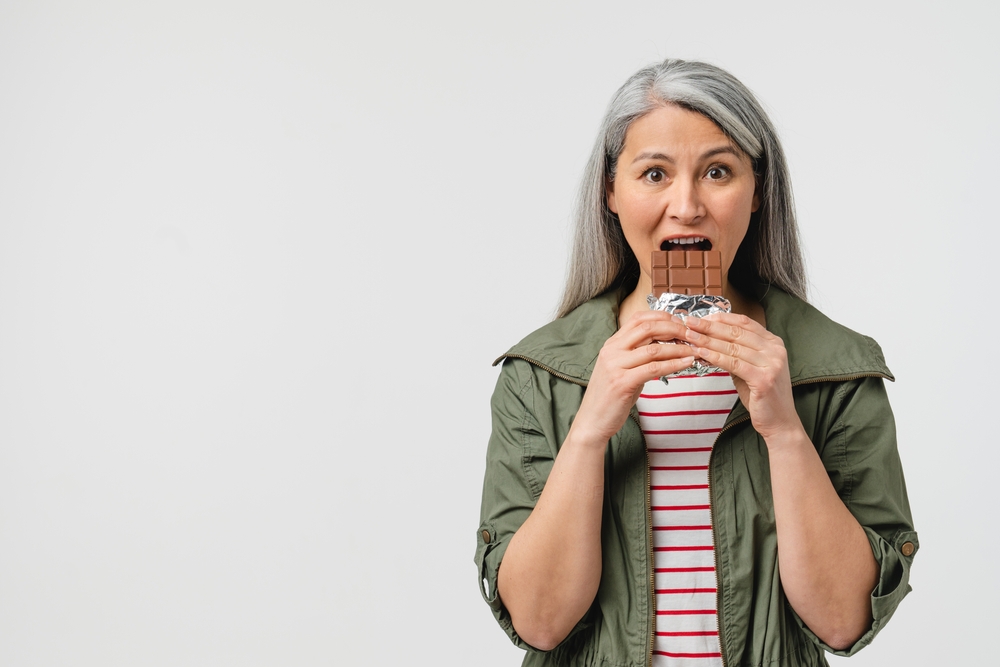 The end of monthly cycles marks a significant milestone in a woman’s life. In your 40s periods might be quite variable and your ovaries might not pop out an egg as regularly as they used to. At some point in your 50s, they will cease altogether, triggering a range of changes. Joints get achy and stiff, skin wrinkles and sags, hair grays, and thins, and the waist thickens. You find it difficult to stay or fall asleep, leaving you feeling rundown and tired.
The end of monthly cycles marks a significant milestone in a woman’s life. In your 40s periods might be quite variable and your ovaries might not pop out an egg as regularly as they used to. At some point in your 50s, they will cease altogether, triggering a range of changes. Joints get achy and stiff, skin wrinkles and sags, hair grays, and thins, and the waist thickens. You find it difficult to stay or fall asleep, leaving you feeling rundown and tired.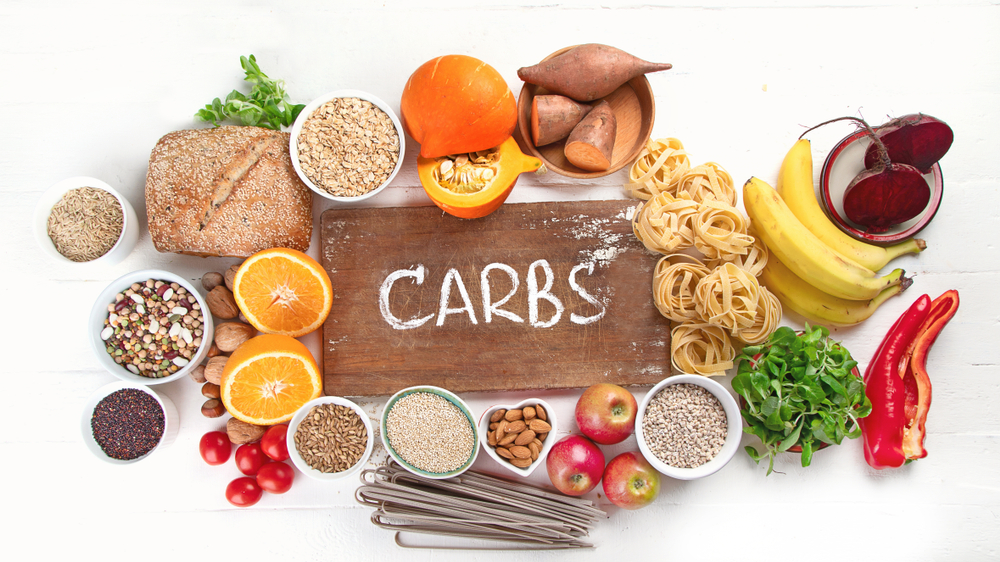 Carbohydrates are the primary source of energy, fueling the central nervous system, heart muscle, kidneys, and brain. They also help regulate blood sugar levels, boost serotonin production, aid digestion, and promote heart health.
Carbohydrates are the primary source of energy, fueling the central nervous system, heart muscle, kidneys, and brain. They also help regulate blood sugar levels, boost serotonin production, aid digestion, and promote heart health.  Protein is an essential macronutrient for everyone, at every life stage, not just bodybuilders and athletes. It is made of amino acids which aid the synthesis of key hormones such as glucagon, insulin, and thyroid hormones. These, in turn, regulate metabolism, internal temperature, energy levels, and body weight.
Protein is an essential macronutrient for everyone, at every life stage, not just bodybuilders and athletes. It is made of amino acids which aid the synthesis of key hormones such as glucagon, insulin, and thyroid hormones. These, in turn, regulate metabolism, internal temperature, energy levels, and body weight. 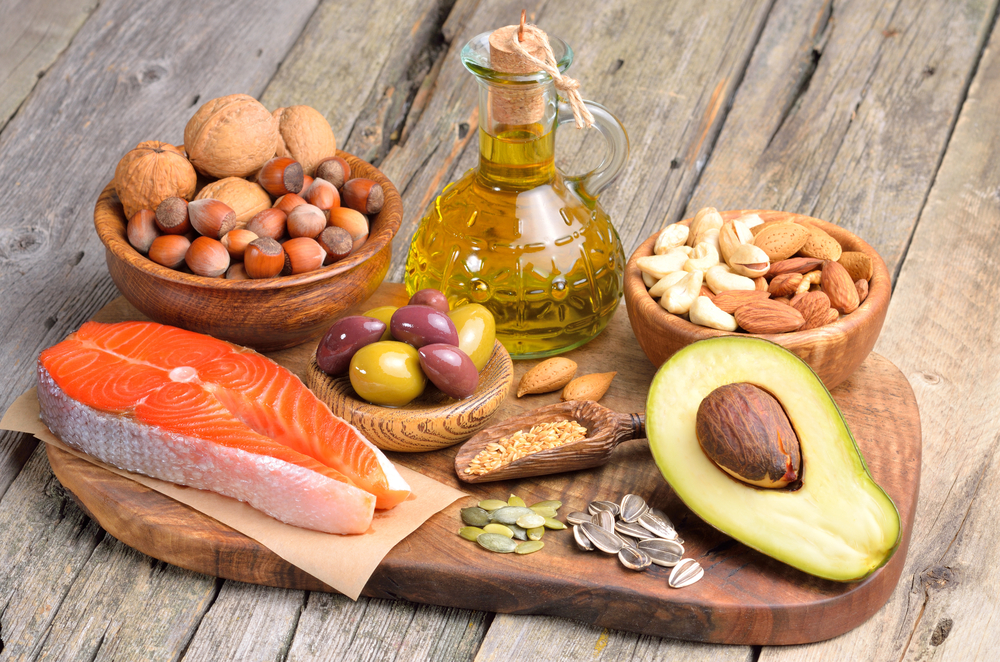 As different foods contain different combinations of amino acids, it is important to consume a variety of protein sources, including plant- and animal-based. Also called complete, animal-based proteins supply amino acids in sufficient quantities. They are found in a variety of foods, including dairy, eggs, poultry, fish, and meat. Plant-based sources include grains, seeds, nuts, lentils, and beans. They are called incomplete because they may lack certain amino acids.
As different foods contain different combinations of amino acids, it is important to consume a variety of protein sources, including plant- and animal-based. Also called complete, animal-based proteins supply amino acids in sufficient quantities. They are found in a variety of foods, including dairy, eggs, poultry, fish, and meat. Plant-based sources include grains, seeds, nuts, lentils, and beans. They are called incomplete because they may lack certain amino acids. 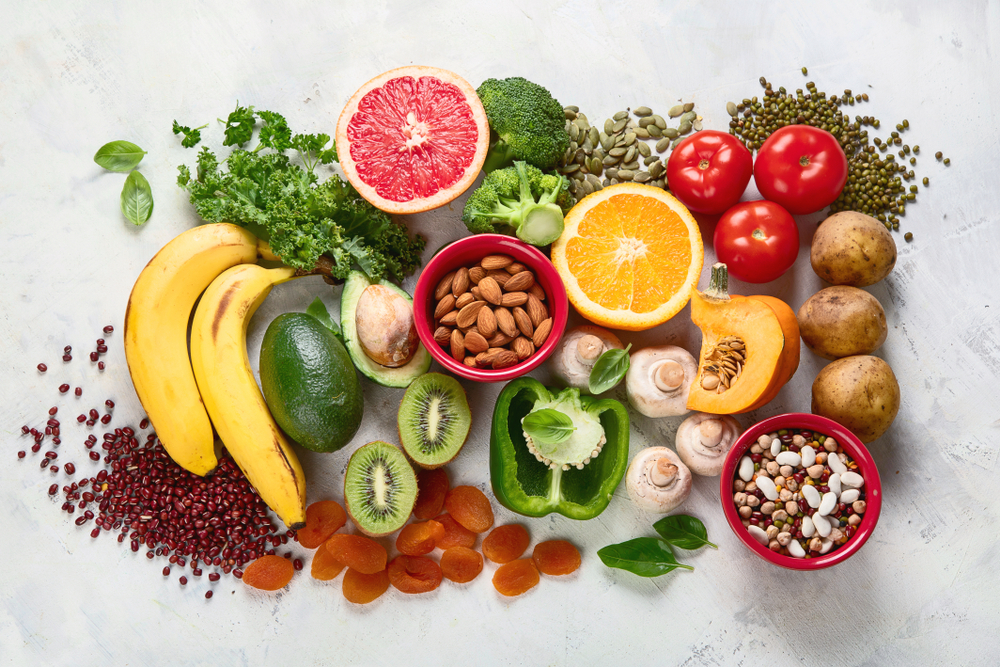 Consuming healthy facts is essential for several reasons, including nutrient absorption, hormone production, and brain health. Fats enable the body to absorb essential micronutrients such as vitamins K, E, D, and A which play a role in many processes, including coagulation, immune function, and bone and vision health.
Consuming healthy facts is essential for several reasons, including nutrient absorption, hormone production, and brain health. Fats enable the body to absorb essential micronutrients such as vitamins K, E, D, and A which play a role in many processes, including coagulation, immune function, and bone and vision health.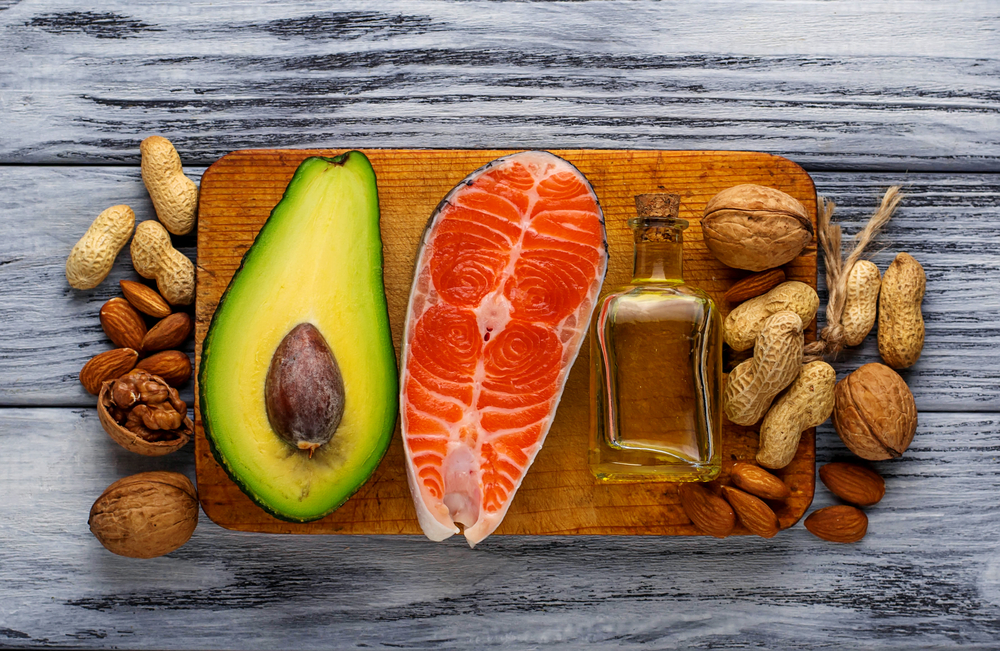 First, postmenopausal women are at risk of decline in cognitive function, including domains such as verbal and working memory, processing speed, and attention. Consuming foods that are high in healthy fat, such as nuts and fatty fish supports brain health and helps prevent cognitive decline.
First, postmenopausal women are at risk of decline in cognitive function, including domains such as verbal and working memory, processing speed, and attention. Consuming foods that are high in healthy fat, such as nuts and fatty fish supports brain health and helps prevent cognitive decline.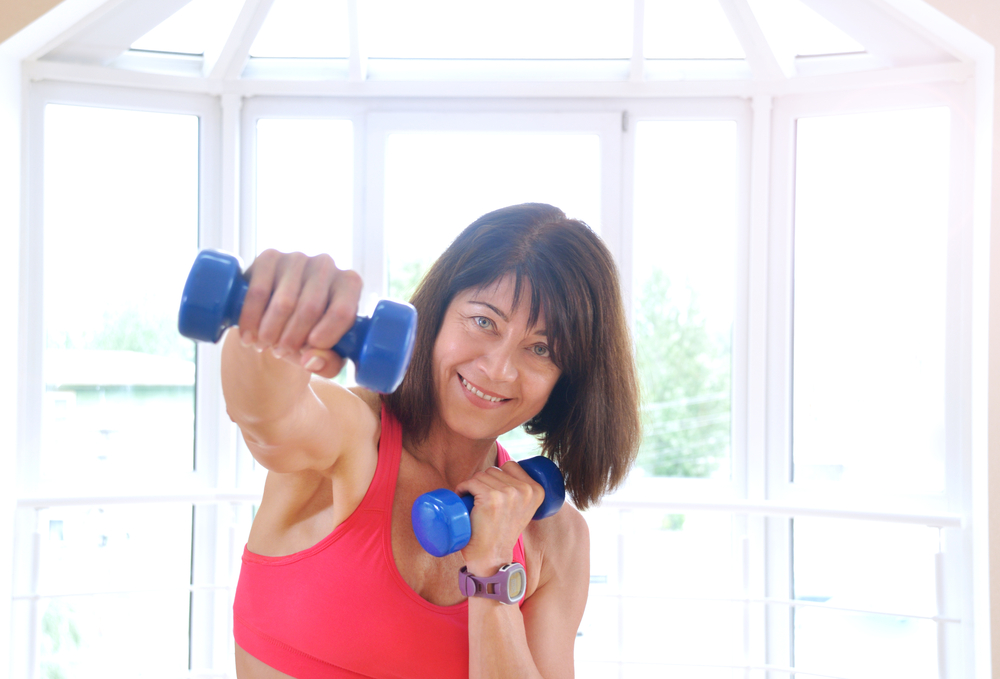 As you get older, losing weight becomes more challenging. Hormonal changes, slower metabolism, decreased activity levels, and stress can contribute to weight gain. With a healthy diet and regular exercise, however, women can still achieve their weight and fitness goals and improve their overall weight.
As you get older, losing weight becomes more challenging. Hormonal changes, slower metabolism, decreased activity levels, and stress can contribute to weight gain. With a healthy diet and regular exercise, however, women can still achieve their weight and fitness goals and improve their overall weight.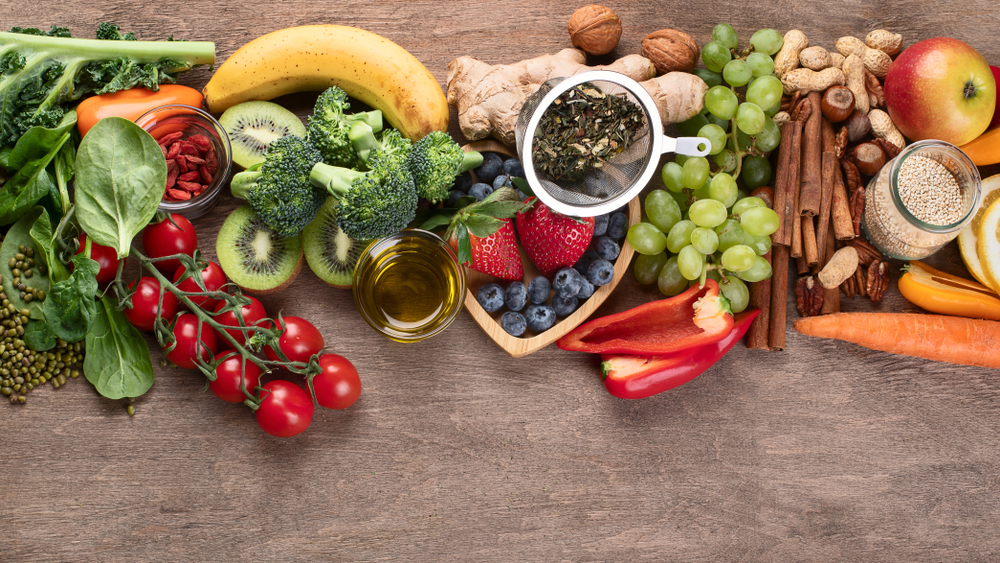 One of the main ways in which counting macros can aid your weight loss efforts is by helping you understand how the
One of the main ways in which counting macros can aid your weight loss efforts is by helping you understand how the  Consuming sufficient amounts of carbs, fat, and protein also supports hormonal balance as all three macronutrients participate in the production and regulation of hormones. As hormones play a key role in regulating appetite, metabolism, and body fat distribution, tracking and balancing macronutrients can help with weight loss. It also ensures that your body gets antioxidants, vitamins, and minerals which help maintain hormonal balance.
Consuming sufficient amounts of carbs, fat, and protein also supports hormonal balance as all three macronutrients participate in the production and regulation of hormones. As hormones play a key role in regulating appetite, metabolism, and body fat distribution, tracking and balancing macronutrients can help with weight loss. It also ensures that your body gets antioxidants, vitamins, and minerals which help maintain hormonal balance.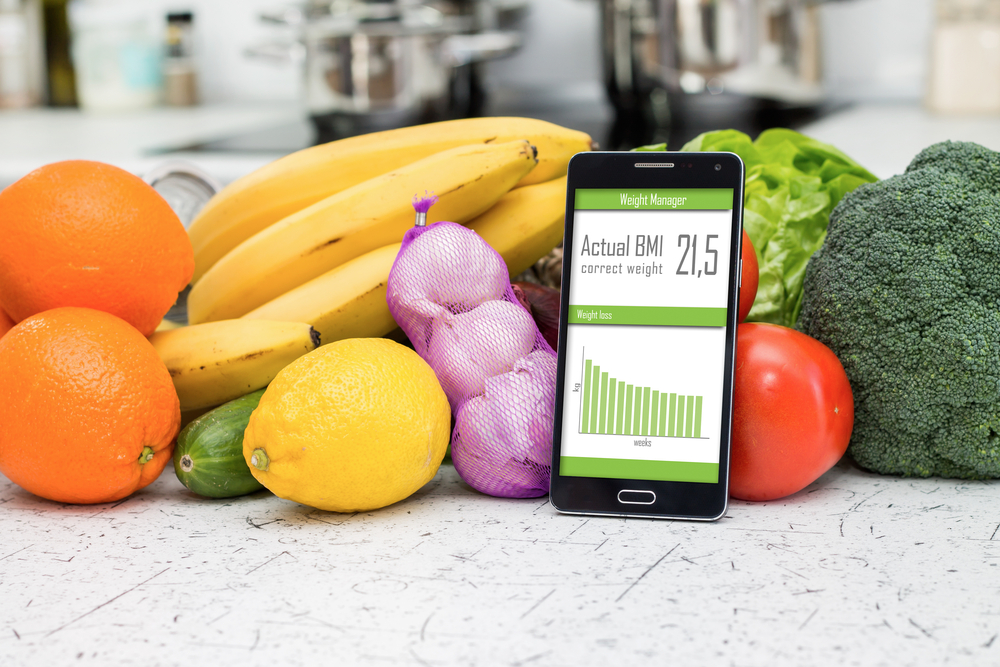 In addition to your ideal macronutrient breakdown, you also need to figure out how many calories you need. To do this, multiply your weight (kg) by 10, and your height (cm) by 6.25, add both numbers and subtract your age X 5 and 161. If you weigh 75 kg, are 1.65 cm, and are 54 years old, the equation will look like this:
In addition to your ideal macronutrient breakdown, you also need to figure out how many calories you need. To do this, multiply your weight (kg) by 10, and your height (cm) by 6.25, add both numbers and subtract your age X 5 and 161. If you weigh 75 kg, are 1.65 cm, and are 54 years old, the equation will look like this: 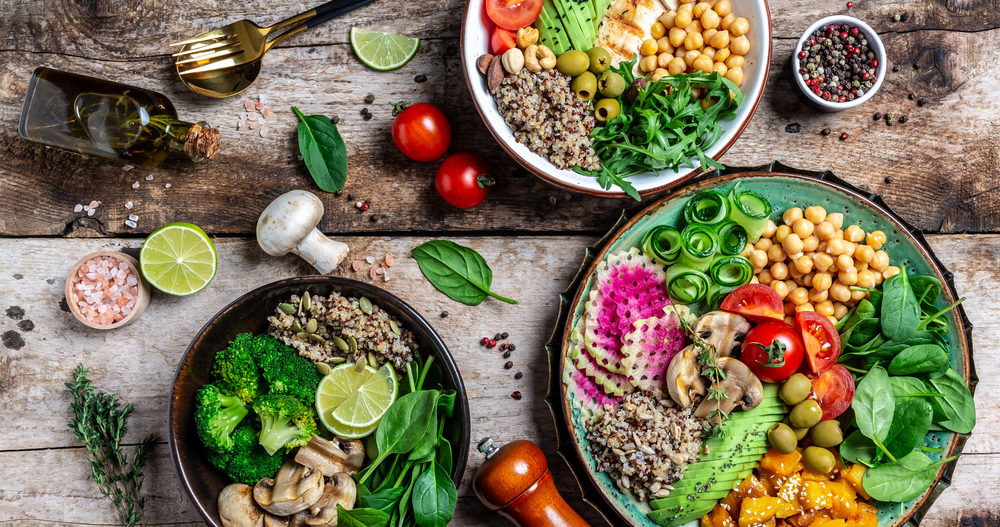 Consuming the right balance of macronutrients ensures that you’re meeting your nutritional needs by following a varied and balanced diet. And whether your goal is to improve your overall health, boost your energy, build muscle, or lose weight, counting your macros can be an effective and valuable strategy.
Consuming the right balance of macronutrients ensures that you’re meeting your nutritional needs by following a varied and balanced diet. And whether your goal is to improve your overall health, boost your energy, build muscle, or lose weight, counting your macros can be an effective and valuable strategy.  Developed by the
Developed by the Here’s a step-by-step guide to incorporating this activity into your life
Here’s a step-by-step guide to incorporating this activity into your life
 To fully immerse in nature and embrace the experience, disconnect from all of your gadgets, including smartphones, headphones, and tablets. The constant messages, alerts, and notifications can be a source of distraction that keeps you engaged. This can make it difficult to stay present, appreciate the scents, sounds, and sights of nature, and fully immerse in the experience.
To fully immerse in nature and embrace the experience, disconnect from all of your gadgets, including smartphones, headphones, and tablets. The constant messages, alerts, and notifications can be a source of distraction that keeps you engaged. This can make it difficult to stay present, appreciate the scents, sounds, and sights of nature, and fully immerse in the experience. 
 Keep your eyes open and observe your surroundings. Avoid thinking about deadlines or emails and stay mindful and present. You will be surprised by the variety of plants and wildlife that you see while engaging in mindful observation. Allow yourself to fully immerse, pay attention to nature’s small details, feel the soil and leaves, and smell the sweet, woodsy scent of forest air. Let nature enter through your feet, hands, nose, eyes, and ears, wandering aimlessly and slowly. Let the forest in and savor nature’s bounty and serenity.
Keep your eyes open and observe your surroundings. Avoid thinking about deadlines or emails and stay mindful and present. You will be surprised by the variety of plants and wildlife that you see while engaging in mindful observation. Allow yourself to fully immerse, pay attention to nature’s small details, feel the soil and leaves, and smell the sweet, woodsy scent of forest air. Let nature enter through your feet, hands, nose, eyes, and ears, wandering aimlessly and slowly. Let the forest in and savor nature’s bounty and serenity.  Woods bathing has been shown to offer several benefits, including stress reduction.
Woods bathing has been shown to offer several benefits, including stress reduction. Walking in nature can help stimulate the production of serotonin, a chemical that regulates mood. At normal levels, serotonin promotes feelings of well-being, calm, and contentment, making you feel happier, emotionally stable, and more focused. Low levels of serotonin, on the other hand, increase the risk for a variety of mood disorders, including anxiety and depression.
Walking in nature can help stimulate the production of serotonin, a chemical that regulates mood. At normal levels, serotonin promotes feelings of well-being, calm, and contentment, making you feel happier, emotionally stable, and more focused. Low levels of serotonin, on the other hand, increase the risk for a variety of mood disorders, including anxiety and depression. When you spend time in a natural environment, you are removed from the stress, distractions, and noise of city life, freeing up more mental space for creative thinking. Immersing yourself in nature also exposes you to a variety of textures, smells, sounds, and sights which can be a source of inspiration and new ideas.
When you spend time in a natural environment, you are removed from the stress, distractions, and noise of city life, freeing up more mental space for creative thinking. Immersing yourself in nature also exposes you to a variety of textures, smells, sounds, and sights which can be a source of inspiration and new ideas. Spending mindful time in nature can help strengthen your immune system in several ways. First, spending time outdoors can help you get the sunshine and vitamin D you need. Vitamin D plays an important role in regulating specific immune cells as well as your overall immune function.
Spending mindful time in nature can help strengthen your immune system in several ways. First, spending time outdoors can help you get the sunshine and vitamin D you need. Vitamin D plays an important role in regulating specific immune cells as well as your overall immune function.  Several
Several While more research is needed to ascertain how spending time in nature aids recovery, the preliminary evidence is promising, suggesting that being in a natural environment accelerates recovery.
While more research is needed to ascertain how spending time in nature aids recovery, the preliminary evidence is promising, suggesting that being in a natural environment accelerates recovery.  With few crowds, towering trees, and a network of hiking trails, Humboldt Redwoods State Park is an excellent choice for practicing woods bathing. As the park is found in a remote rural location, it can offer quiet seclusion to connect with nature without distraction. There are plenty of secluded and quiet spots to immerse yourself in your surroundings, including Mattole Beach, Rockefeller Forest, Bull Creek Flats, and the Cuneo Creek Horse Camp. You will also find many trails where you can wander for hours away from crowds and noise. Trails that tend to have fewer visitors include the Drury-Chaney Loop, Founders Grove Nature, and Bull Creek Trails.
With few crowds, towering trees, and a network of hiking trails, Humboldt Redwoods State Park is an excellent choice for practicing woods bathing. As the park is found in a remote rural location, it can offer quiet seclusion to connect with nature without distraction. There are plenty of secluded and quiet spots to immerse yourself in your surroundings, including Mattole Beach, Rockefeller Forest, Bull Creek Flats, and the Cuneo Creek Horse Camp. You will also find many trails where you can wander for hours away from crowds and noise. Trails that tend to have fewer visitors include the Drury-Chaney Loop, Founders Grove Nature, and Bull Creek Trails.  A vast, pristine area in Southeast Alaska, the Tongass National Forest offers plenty of spots and opportunities for forest bathing. Some great spots include the Eagle Beach State Recreation Area, Admiralty Island National Monument, and Mendenhall Glacier. A beautiful and idyllic stretch of beach, the Eagle Beach State Recreation Area is a great place for beachcombing, sunbathing, and wildlife viewing. You will find several trails, like the Rainforest, Outer Point, and Eagle Beach Trails, offering plenty of opportunities for leisurely walks, relaxation, birdwatching, and more.
A vast, pristine area in Southeast Alaska, the Tongass National Forest offers plenty of spots and opportunities for forest bathing. Some great spots include the Eagle Beach State Recreation Area, Admiralty Island National Monument, and Mendenhall Glacier. A beautiful and idyllic stretch of beach, the Eagle Beach State Recreation Area is a great place for beachcombing, sunbathing, and wildlife viewing. You will find several trails, like the Rainforest, Outer Point, and Eagle Beach Trails, offering plenty of opportunities for leisurely walks, relaxation, birdwatching, and more. With picturesque waterfalls, stunning fall foliage, and an abundance of wildlife, Green Mountain National Forest offers a variety of trails and natural settings that promote a sense of serenity, calm, and relaxation. You can take Stratton Mountain or Deer Leap Trail to enjoy beautiful views of the valleys and the Adirondack or Green Mountains. While strolling along the trails, you will find plenty of opportunities and spots to practice relaxation and observe wildlife in a forest ablaze with violets, trillium, and asters.
With picturesque waterfalls, stunning fall foliage, and an abundance of wildlife, Green Mountain National Forest offers a variety of trails and natural settings that promote a sense of serenity, calm, and relaxation. You can take Stratton Mountain or Deer Leap Trail to enjoy beautiful views of the valleys and the Adirondack or Green Mountains. While strolling along the trails, you will find plenty of opportunities and spots to practice relaxation and observe wildlife in a forest ablaze with violets, trillium, and asters.  Great Smoky Mountains National Park is the home of a diverse ecosystem, towering rock formations, scenic valleys, beautiful meadows, and high peaks, offering stunning views and serene hiking experiences. The many trails you can take include Abrams Falls, Alum Cave, and Ramsey Cascades, among others, which provide ample opportunities for relaxation, wildlife viewing, camping, and picnicking. The area is known for its rich biodiversity, including more than 240 species of birds and 1,500 species of flowers, offering excellent opportunities to immerse yourself in the scents and sounds of nature.
Great Smoky Mountains National Park is the home of a diverse ecosystem, towering rock formations, scenic valleys, beautiful meadows, and high peaks, offering stunning views and serene hiking experiences. The many trails you can take include Abrams Falls, Alum Cave, and Ramsey Cascades, among others, which provide ample opportunities for relaxation, wildlife viewing, camping, and picnicking. The area is known for its rich biodiversity, including more than 240 species of birds and 1,500 species of flowers, offering excellent opportunities to immerse yourself in the scents and sounds of nature.  In search of holistic and natural ways to enhance their well-being, many people have discovered the benefits of spending mindful time in nature. Through meditation, yoga, creative expression, forest walks, and sensory awareness, forest bathing offers practitioners the opportunity to immerse themselves in their surroundings, deepen their connection with nature, and experience its healing power.
In search of holistic and natural ways to enhance their well-being, many people have discovered the benefits of spending mindful time in nature. Through meditation, yoga, creative expression, forest walks, and sensory awareness, forest bathing offers practitioners the opportunity to immerse themselves in their surroundings, deepen their connection with nature, and experience its healing power.
 Are women more prone to suffer from diastasis recti abdominis? Yes, women are more prone to suffer from diastasis recti abdominis than men, particularly during and after pregnancy. The condition affects about
Are women more prone to suffer from diastasis recti abdominis? Yes, women are more prone to suffer from diastasis recti abdominis than men, particularly during and after pregnancy. The condition affects about 

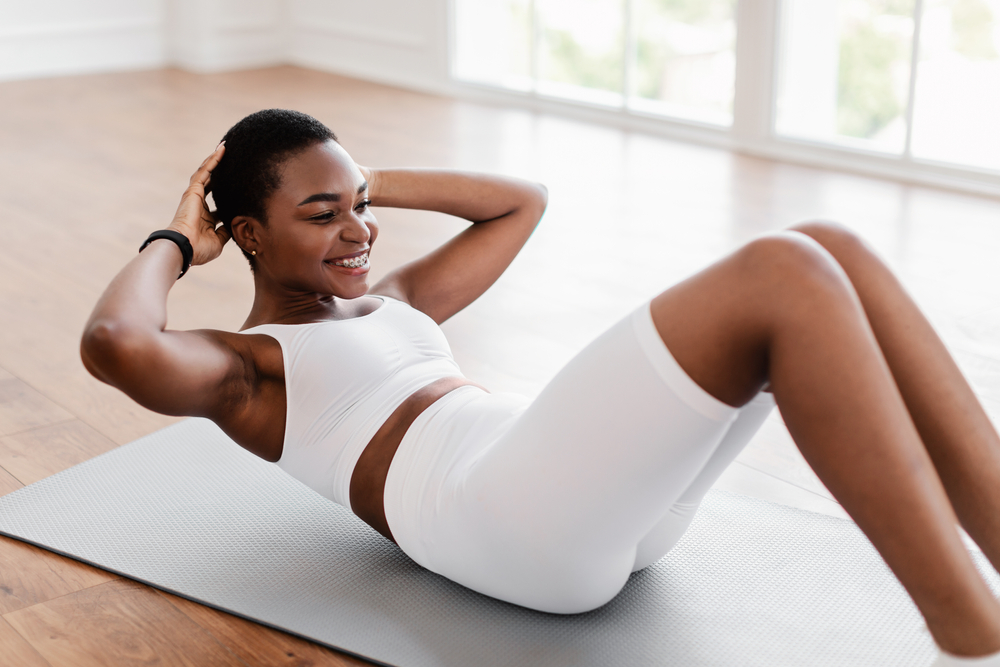 These routines will help you strengthen your abdominal muscles and if you do them consistently close the gap caused by diastasis recti.
These routines will help you strengthen your abdominal muscles and if you do them consistently close the gap caused by diastasis recti. 
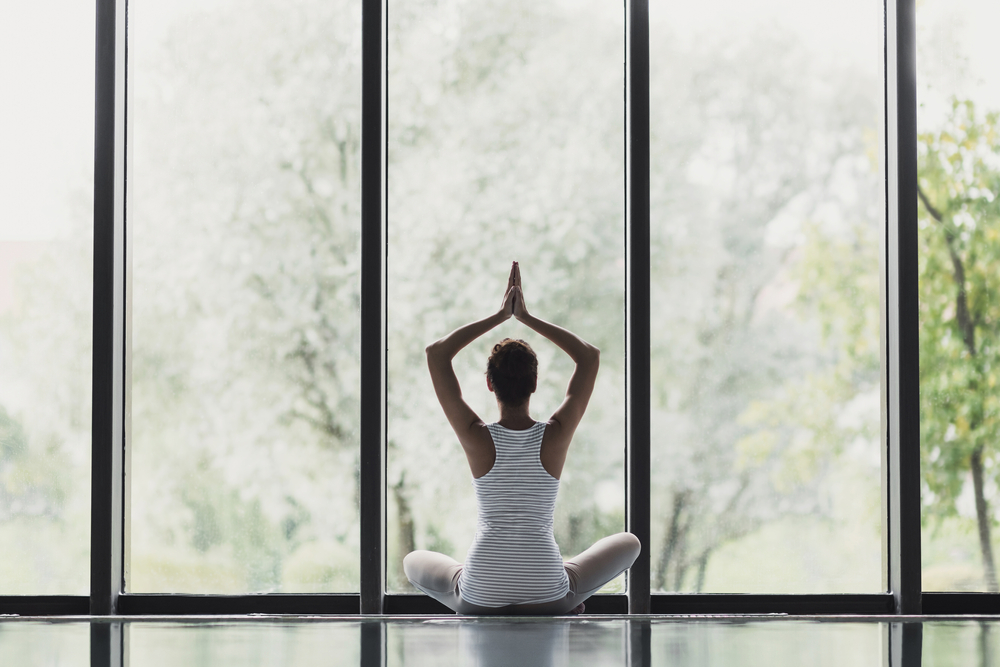

 Pregnancy and exercise are fully compatible unless your doctor advises you not to. Avoid exercise if you have persistent bleeding, cervical insufficiency, low-lying placenta after 26 weeks, preeclampsia, ruptured membranes, anemia, or chronic heart or lung disease.
Pregnancy and exercise are fully compatible unless your doctor advises you not to. Avoid exercise if you have persistent bleeding, cervical insufficiency, low-lying placenta after 26 weeks, preeclampsia, ruptured membranes, anemia, or chronic heart or lung disease. Some types of exercise are safe while pregnant, including Pilates, yoga, jogging, aqua aerobics, stationary cycling, and brisk walking. During the first trimester, it is generally safe to engage in more vigorous activities like moderate weightlifting, running, and squats. Exercises that are safe during the second trimester include slow jogging, brisk walking, aqua aerobics, and swimming. Low-impact exercises are best during the third trimester, including relaxation and breath exercises, yoga, Pilates, and aqua aerobics.
Some types of exercise are safe while pregnant, including Pilates, yoga, jogging, aqua aerobics, stationary cycling, and brisk walking. During the first trimester, it is generally safe to engage in more vigorous activities like moderate weightlifting, running, and squats. Exercises that are safe during the second trimester include slow jogging, brisk walking, aqua aerobics, and swimming. Low-impact exercises are best during the third trimester, including relaxation and breath exercises, yoga, Pilates, and aqua aerobics.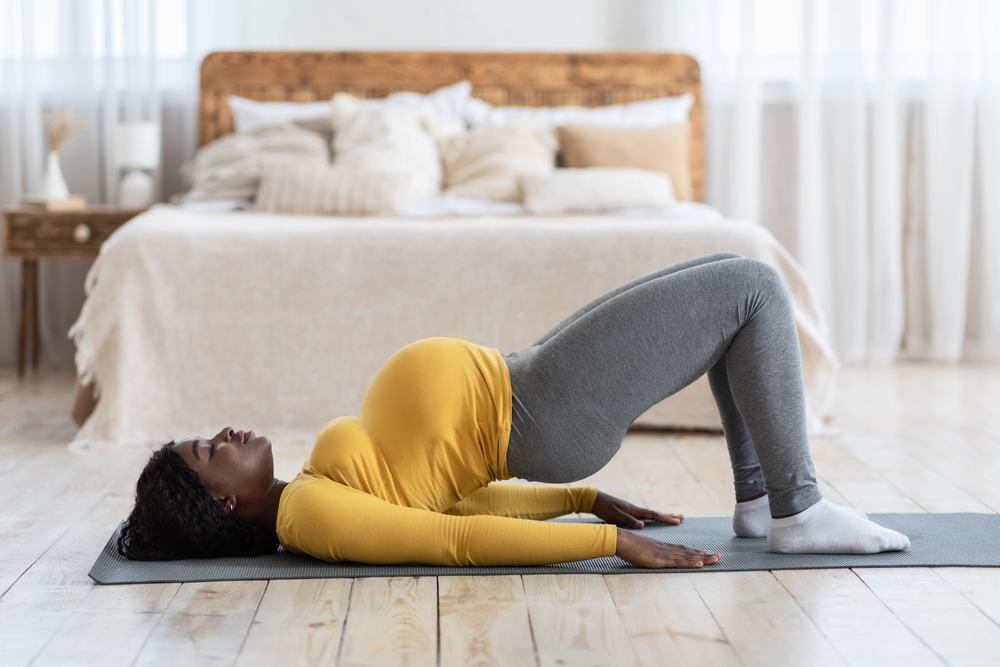 As Pilates carries minimal risk, it is considered safe during pregnancy, with multiple benefits for expectant mothers. Pregnancy workouts focus on strengthening and stretching the pelvic floor muscles to prepare you for labor and postpartum recovery.
As Pilates carries minimal risk, it is considered safe during pregnancy, with multiple benefits for expectant mothers. Pregnancy workouts focus on strengthening and stretching the pelvic floor muscles to prepare you for labor and postpartum recovery.  Water walking and pool aerobics are good choices if you are a less confident swimmer, offering several health benefits. According to a
Water walking and pool aerobics are good choices if you are a less confident swimmer, offering several health benefits. According to a During pregnancy, relaxation can help reduce stress and anxiety and has a positive effect on both the woman’s emotional state and the fetus.
During pregnancy, relaxation can help reduce stress and anxiety and has a positive effect on both the woman’s emotional state and the fetus. 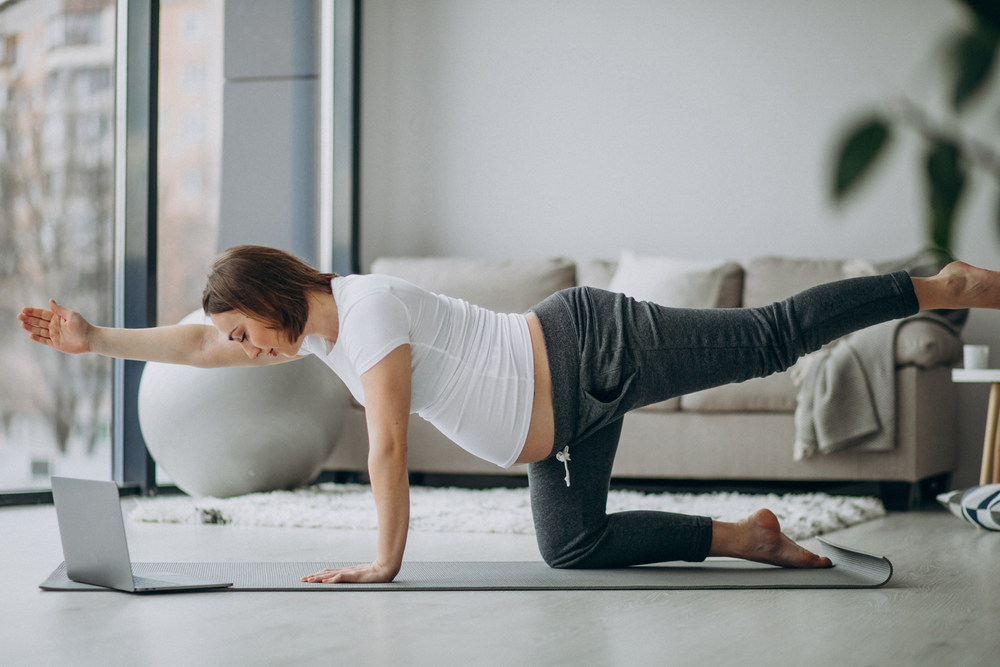 Yoga is not only safe during pregnancy but offers multiple health benefits. An approach focused on breathing, mindfulness, and stretching, prenatal yoga increases endurance, flexibility, and strength and helps relieve stress and anxiety.
Yoga is not only safe during pregnancy but offers multiple health benefits. An approach focused on breathing, mindfulness, and stretching, prenatal yoga increases endurance, flexibility, and strength and helps relieve stress and anxiety. 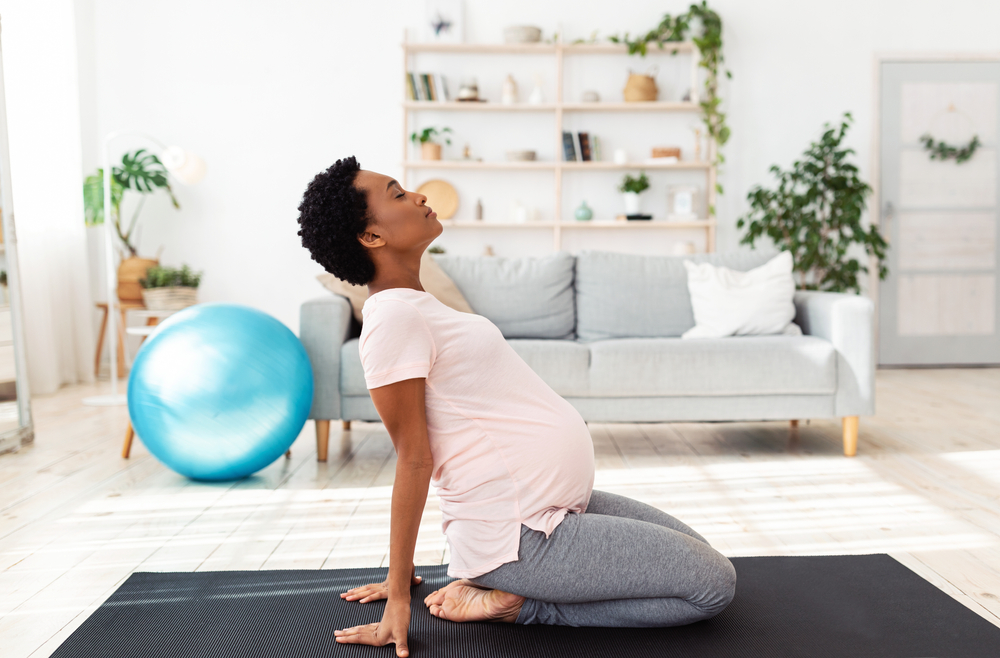 Because of the position of the fetus and the size of the womb, the lungs don’t have enough space to expand, causing shortness of breath. Breathing deeply and slowly enables the lungs to work more efficiently, helping you to ease breathlessness during pregnancy. Deep breathing also brings more oxygen to the baby and helps you relax during labor and better cope with contractions and pain.
Because of the position of the fetus and the size of the womb, the lungs don’t have enough space to expand, causing shortness of breath. Breathing deeply and slowly enables the lungs to work more efficiently, helping you to ease breathlessness during pregnancy. Deep breathing also brings more oxygen to the baby and helps you relax during labor and better cope with contractions and pain.  Moving your body into different postures and stretching keeps your pelvic floor muscles in good condition. Regular practice helps increase endurance, strength, and flexibility, facilitating a smooth birth.
Moving your body into different postures and stretching keeps your pelvic floor muscles in good condition. Regular practice helps increase endurance, strength, and flexibility, facilitating a smooth birth. Yoga for pregnant women
Yoga for pregnant women Practicing deep breathing and yoga activates the parasympathetic nervous system, improving sleep quality and calming the mind. Women attending prenatal yoga classes
Practicing deep breathing and yoga activates the parasympathetic nervous system, improving sleep quality and calming the mind. Women attending prenatal yoga classes Yoga helps improve self-awareness by encouraging practitioners to stay present and focus on their sensations and feelings. Mindful meditation creates a space for your feelings and thoughts to rise, be felt and experienced, and let them go.
Yoga helps improve self-awareness by encouraging practitioners to stay present and focus on their sensations and feelings. Mindful meditation creates a space for your feelings and thoughts to rise, be felt and experienced, and let them go.  Yoga allows you to slow down and relax and tune out distractions and into your body and mind. Practicing the sequence of postures, breathing, and meditation allows you to focus on how your body changes and what is happening to your baby. As meditation and mindfulness calm and clear the mind, they create a mental space to bond with your baby on a deeper level.
Yoga allows you to slow down and relax and tune out distractions and into your body and mind. Practicing the sequence of postures, breathing, and meditation allows you to focus on how your body changes and what is happening to your baby. As meditation and mindfulness calm and clear the mind, they create a mental space to bond with your baby on a deeper level. 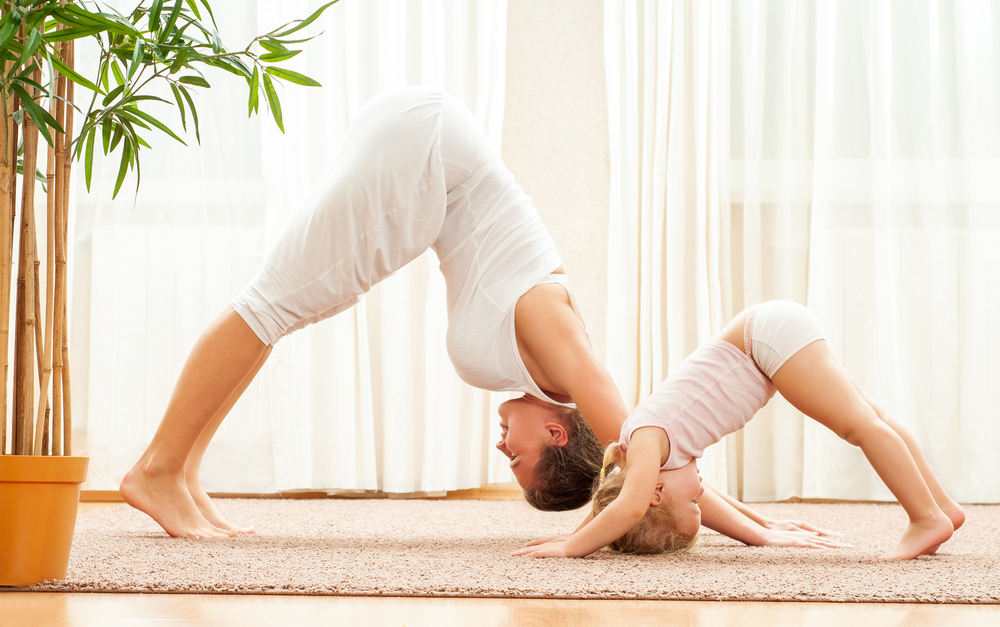 Exercising during pregnancy can benefit your health in several ways, including physically, mentally, and emotionally. Regular pregnancy exercise improves your flexibility and strength, promotes a healthy weight, improves your energy and mood, and reduces the risk of gestational diabetes, preterm delivery, and Cesarean birth.
Exercising during pregnancy can benefit your health in several ways, including physically, mentally, and emotionally. Regular pregnancy exercise improves your flexibility and strength, promotes a healthy weight, improves your energy and mood, and reduces the risk of gestational diabetes, preterm delivery, and Cesarean birth. 

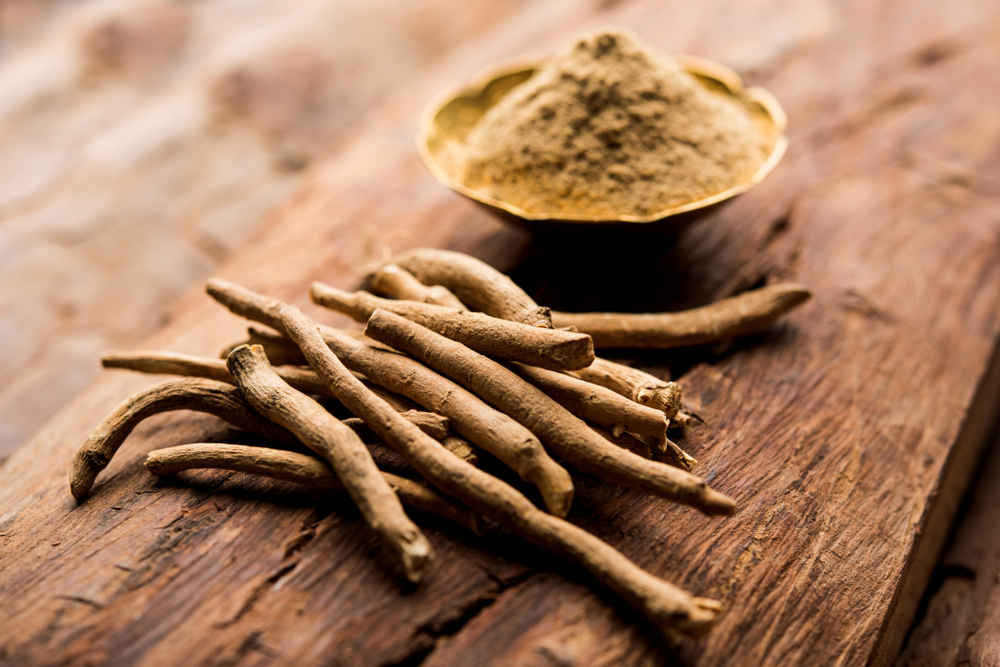 Traditional herbal remedies come from plants, and with little to no processing, keeping the most of their natural healing power.
Traditional herbal remedies come from plants, and with little to no processing, keeping the most of their natural healing power. Herbal medicine is a comprehensive and integrated method of treatment. It’s based on treating the person, rather than the symptoms.
Herbal medicine is a comprehensive and integrated method of treatment. It’s based on treating the person, rather than the symptoms.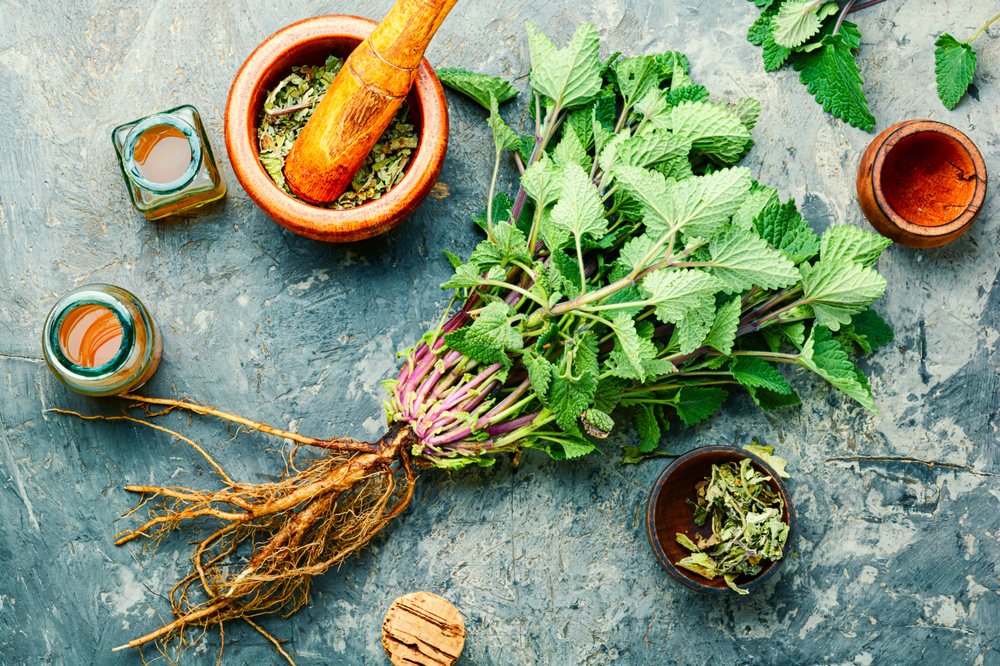 Traditional herbal medicine allows for individualized healing plans, that are tailored to your particular situation, making it the more personalized approach to health.
Traditional herbal medicine allows for individualized healing plans, that are tailored to your particular situation, making it the more personalized approach to health.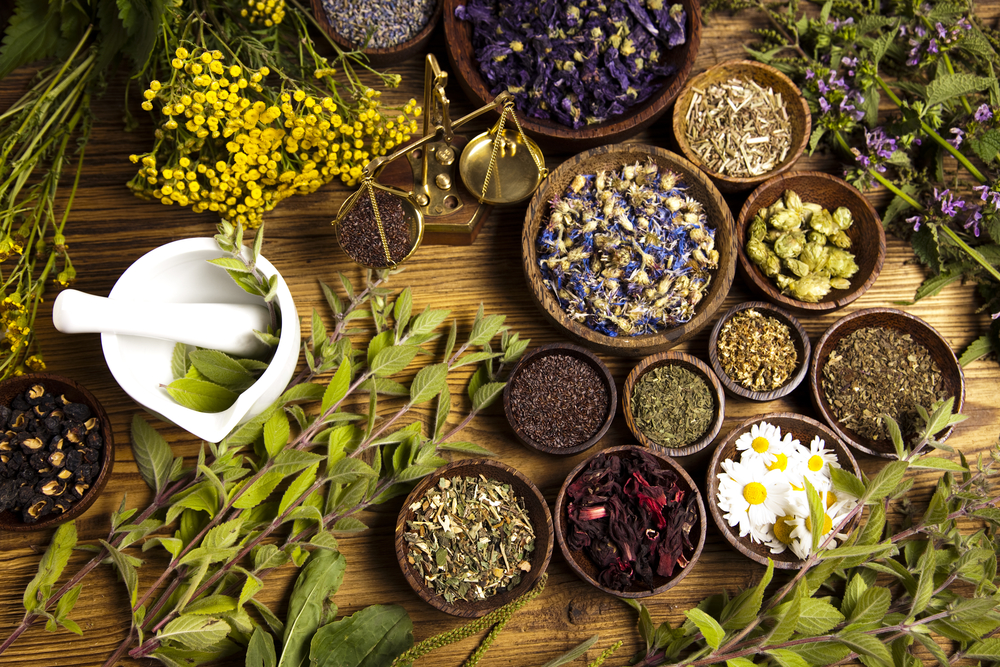
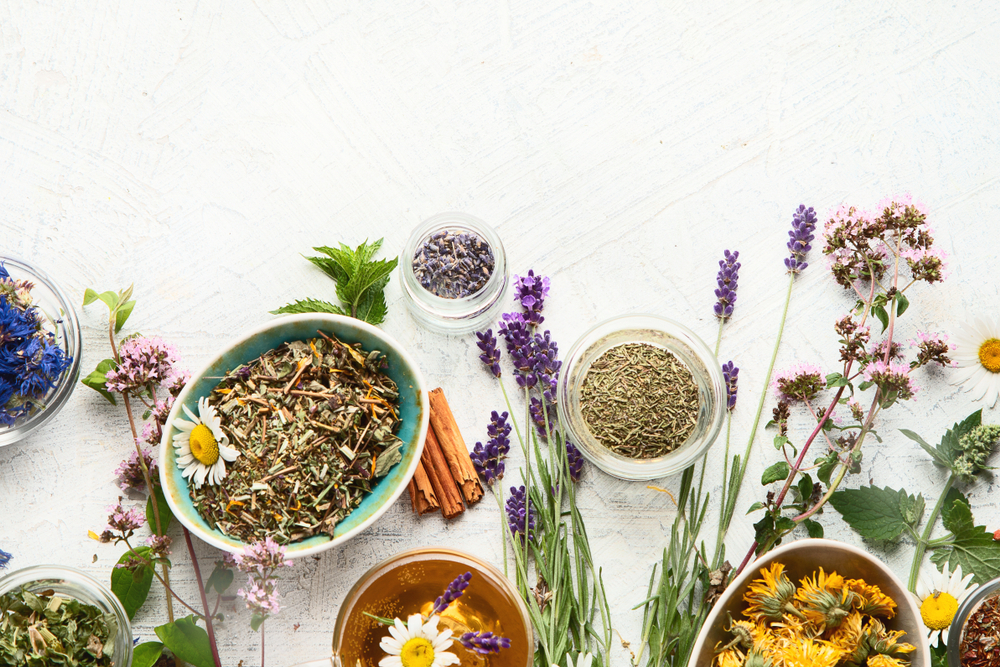 Unlike, traditional medications, herbal meds are not as chemically processed and better received by the body. They are also much less likely to negatively interact with other supplements or drugs than traditional medicinal drugs.
Unlike, traditional medications, herbal meds are not as chemically processed and better received by the body. They are also much less likely to negatively interact with other supplements or drugs than traditional medicinal drugs. Since they are less processed, are usually locally grown, and sustainably resourced herbal medications are also the more environmentally-friendly option.
Since they are less processed, are usually locally grown, and sustainably resourced herbal medications are also the more environmentally-friendly option.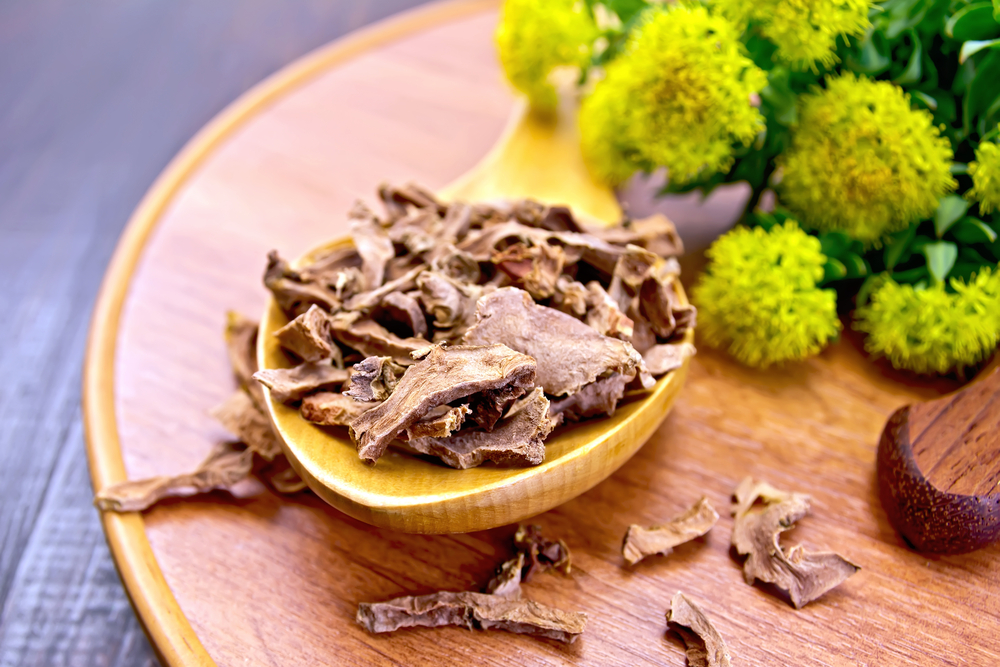
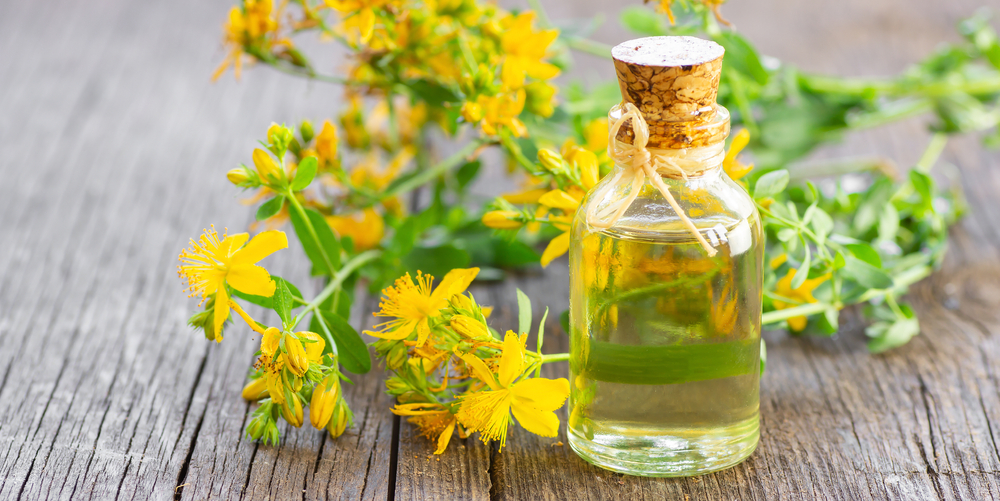 As we’ve already mentioned herbal medicine has a wide spectrum of applications. Herbs are even great as preventive care.
As we’ve already mentioned herbal medicine has a wide spectrum of applications. Herbs are even great as preventive care. 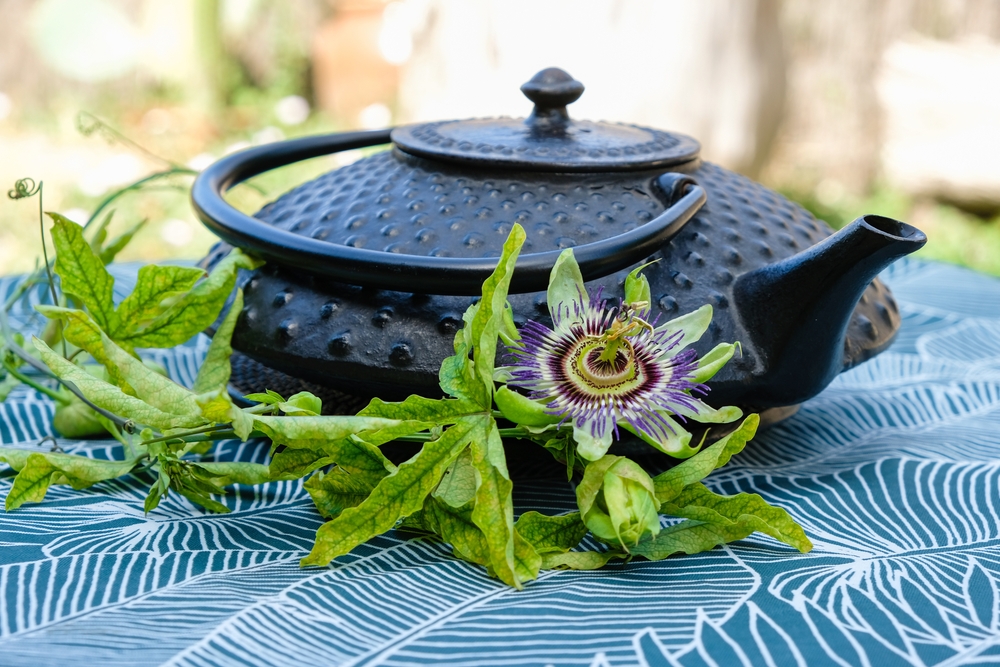 Many herbs have preventive properties, as well. This means they can help reduce the risk of developing certain diseases. Herbs that fall into that category are echinacea, elderberry, and curiously–garlic.
Many herbs have preventive properties, as well. This means they can help reduce the risk of developing certain diseases. Herbs that fall into that category are echinacea, elderberry, and curiously–garlic. Herbs can also be used to relieve immediate pain and discomfort like headaches, menstrual cramps, and muscle pain. Herbs like ginger and turmeric, have anti-inflammatory properties that can help reduce pain and inflammation. Chamomile and valerian have calming and relaxing effects.
Herbs can also be used to relieve immediate pain and discomfort like headaches, menstrual cramps, and muscle pain. Herbs like ginger and turmeric, have anti-inflammatory properties that can help reduce pain and inflammation. Chamomile and valerian have calming and relaxing effects. 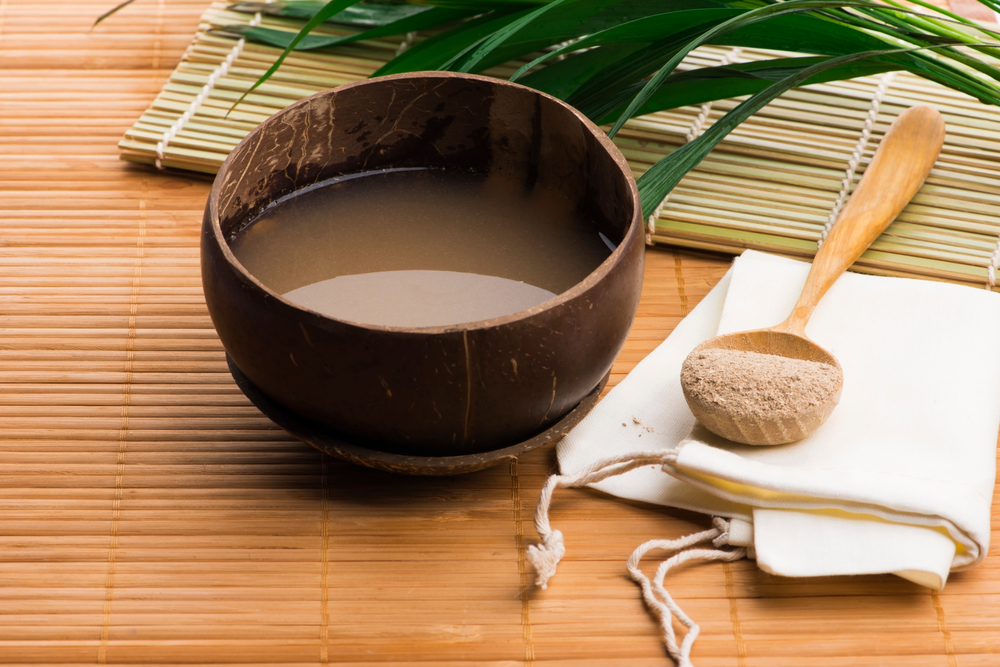 Herbal remedies can also help you improve digestion and alleviate digestive issues like indigestion, bloating, constipation, and diarrhea. Herbs used to relieve digestive health include ginger, peppermint, and fennel.
Herbal remedies can also help you improve digestion and alleviate digestive issues like indigestion, bloating, constipation, and diarrhea. Herbs used to relieve digestive health include ginger, peppermint, and fennel. Herbs have anti-inflammatory and anti-bacterial properties, which can help improve skin health and treat skin conditions such as eczema, acne, and psoriasis. Popular herbs for skin health include aloe vera, calendula, and chamomile.
Herbs have anti-inflammatory and anti-bacterial properties, which can help improve skin health and treat skin conditions such as eczema, acne, and psoriasis. Popular herbs for skin health include aloe vera, calendula, and chamomile.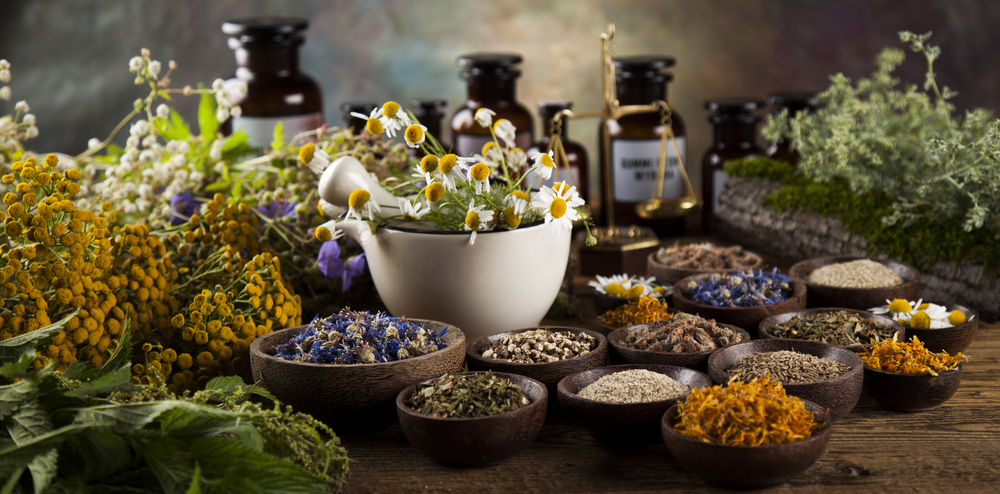 Herbal medicine is a great option for mental health issues. More than a few herbs have natural properties that can help to promote relaxation, reduce stress, and improve mood. Herbs can even alleviate serious conditions like anxiety and depression. Popular herbs for mental health include ashwagandha, chamomile, and valerian.
Herbal medicine is a great option for mental health issues. More than a few herbs have natural properties that can help to promote relaxation, reduce stress, and improve mood. Herbs can even alleviate serious conditions like anxiety and depression. Popular herbs for mental health include ashwagandha, chamomile, and valerian.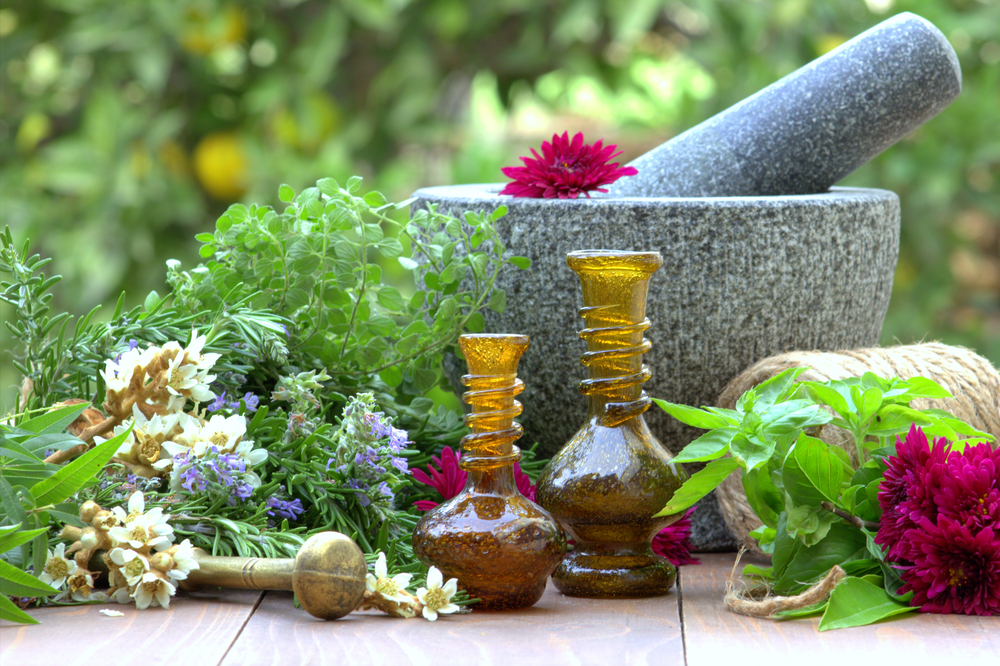
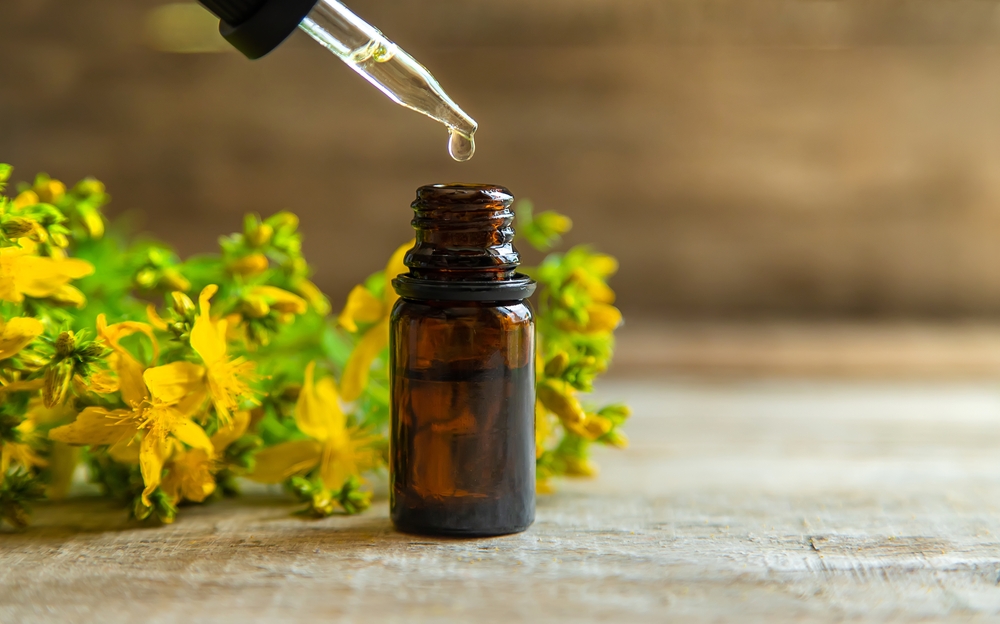 This herb has been used for centuries to treat depression and anxiety. It is believed to work by increasing the levels of serotonin, a neurotransmitter that helps regulate mood. There is even
This herb has been used for centuries to treat depression and anxiety. It is believed to work by increasing the levels of serotonin, a neurotransmitter that helps regulate mood. There is even 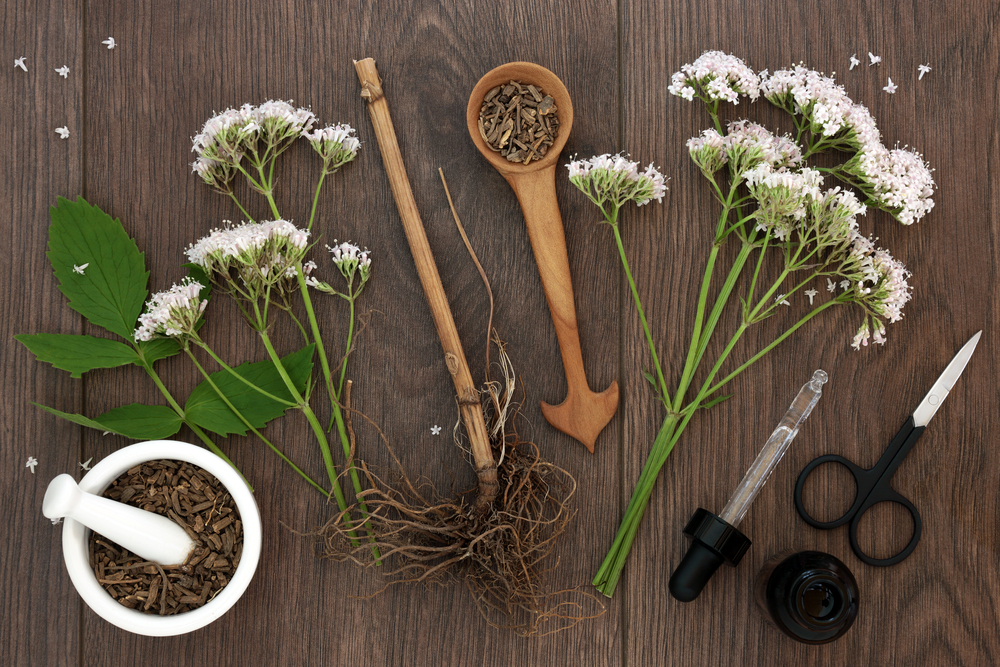 This herb is commonly used to promote relaxation and reduce anxiety.
This herb is commonly used to promote relaxation and reduce anxiety.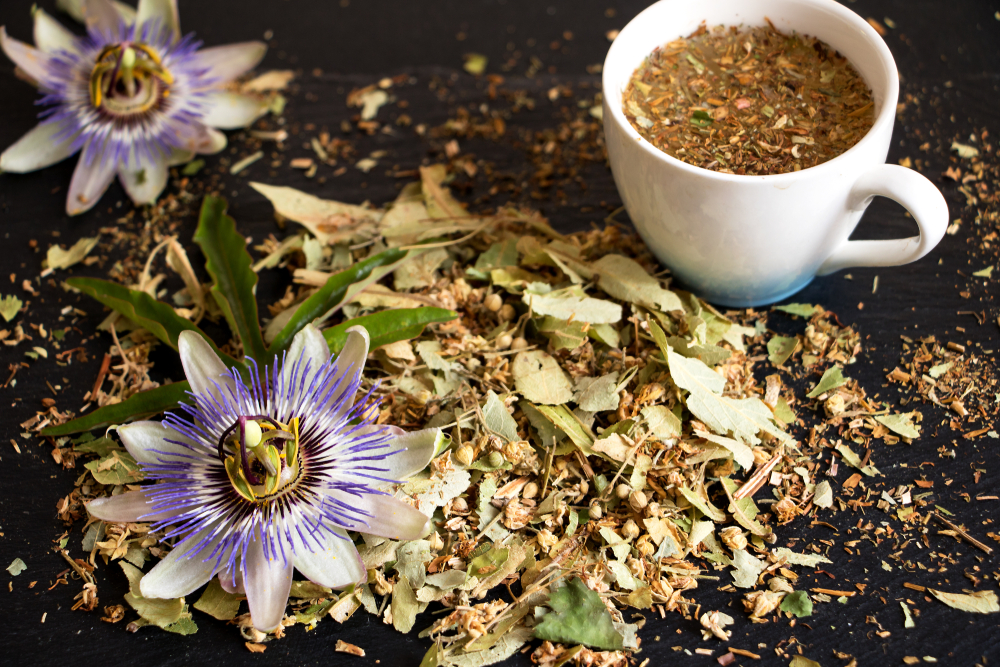
 Chamomile is known for its soothing properties and can help promote relaxation and treat issues like insomnia. It is believed to work by increasing levels of GABA–a neurotransmitter that helps to calm the nervous system.
Chamomile is known for its soothing properties and can help promote relaxation and treat issues like insomnia. It is believed to work by increasing levels of GABA–a neurotransmitter that helps to calm the nervous system.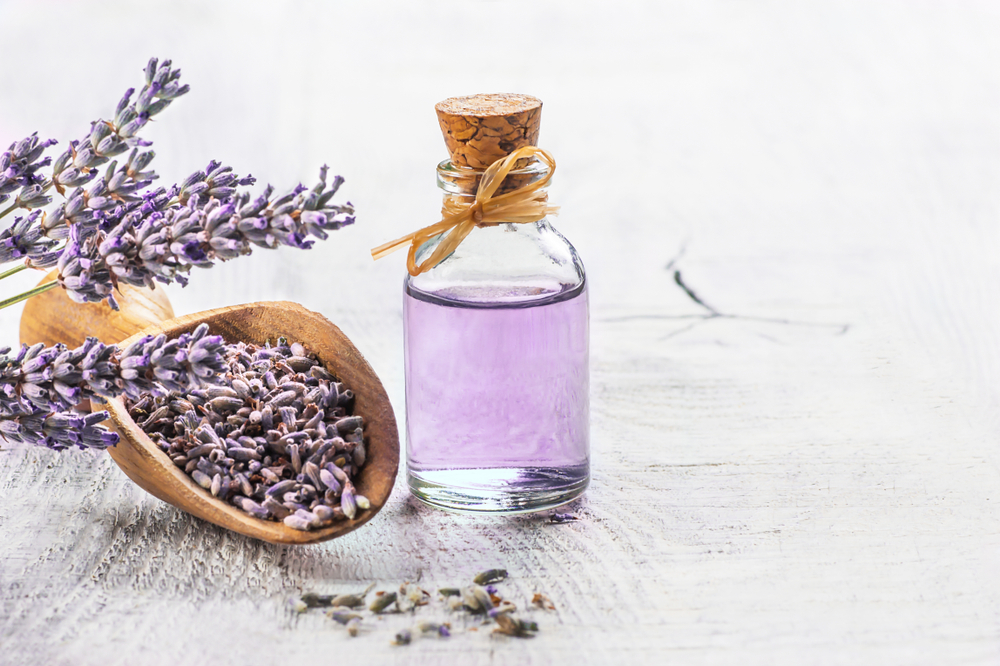 Lavender is known for its calming and relaxing properties. It has been used for centuries as a natural remedy for mental health conditions, such as anxiety and depression.
Lavender is known for its calming and relaxing properties. It has been used for centuries as a natural remedy for mental health conditions, such as anxiety and depression.  One way to increase the effectiveness of herbal medicine, even more, is to combine it with other mental health practices, like meditation, yoga, and
One way to increase the effectiveness of herbal medicine, even more, is to combine it with other mental health practices, like meditation, yoga, and  While many of us focus on the physical side of our well-being, we shouldn’t forget that there are two sides to our health– the physical and the mental. Natural herbal medicine is beneficial for both but especially helpful for our mental health. Herbs offer a gentle and holistic healing approach to easing emotional fluctuations and act as antidotes to depression, mood swings, and anxiety.
While many of us focus on the physical side of our well-being, we shouldn’t forget that there are two sides to our health– the physical and the mental. Natural herbal medicine is beneficial for both but especially helpful for our mental health. Herbs offer a gentle and holistic healing approach to easing emotional fluctuations and act as antidotes to depression, mood swings, and anxiety. 
 Perhaps a daunting task, accounting for your current life is the first essential step you should take when aiming to re-ignite your happiness and find life’s purpose.
Perhaps a daunting task, accounting for your current life is the first essential step you should take when aiming to re-ignite your happiness and find life’s purpose.  Think about the experiences that have had the most significant impact on your life. What have you learned from these experiences? How have they shaped who you are today? Reflecting on your past can help you identify patterns and themes that can guide you toward your purpose.
Think about the experiences that have had the most significant impact on your life. What have you learned from these experiences? How have they shaped who you are today? Reflecting on your past can help you identify patterns and themes that can guide you toward your purpose. Think about the principles and beliefs that are most important to you. What kind of impact do you want to make in the world? What causes do you feel passionate about? Identifying your values can help guide you toward a purpose that aligns with your beliefs.
Think about the principles and beliefs that are most important to you. What kind of impact do you want to make in the world? What causes do you feel passionate about? Identifying your values can help guide you toward a purpose that aligns with your beliefs. What are your unique talents and skills? What are you good at, and what comes naturally to you? Consider how you can use these strengths to make a difference in the world.
What are your unique talents and skills? What are you good at, and what comes naturally to you? Consider how you can use these strengths to make a difference in the world. Take some time to reflect on what you enjoy doing, what you’re naturally good at, and what activities give you a sense of fulfillment. Consider exploring new hobbies, taking classes, or volunteering in areas that interest you.
Take some time to reflect on what you enjoy doing, what you’re naturally good at, and what activities give you a sense of fulfillment. Consider exploring new hobbies, taking classes, or volunteering in areas that interest you. 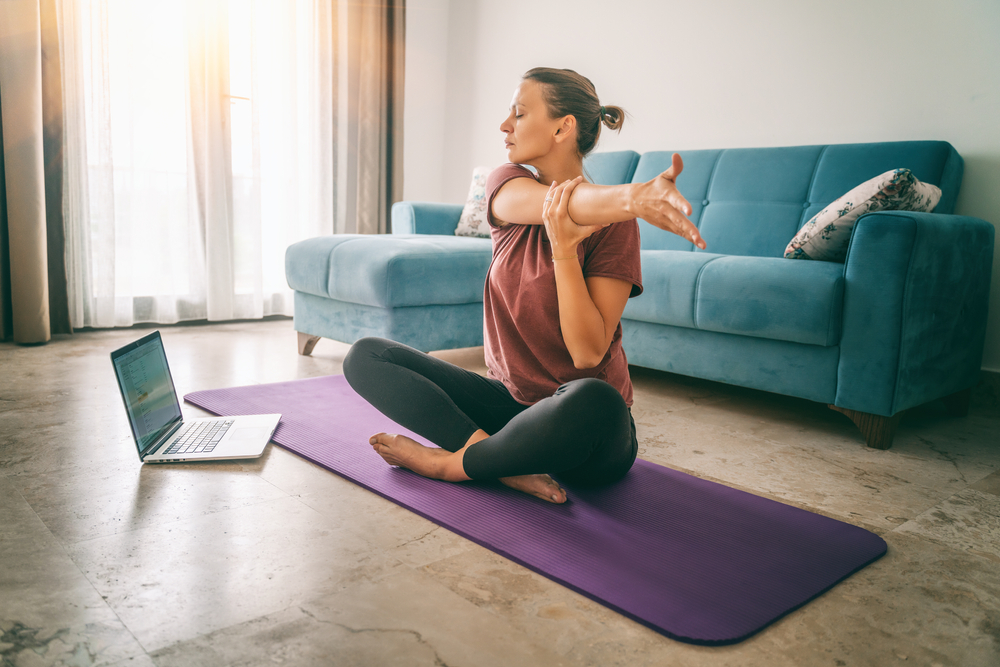 Be open to new experiences and challenges. Trying new things can help you discover interests and passions you didn’t even know you had.
Be open to new experiences and challenges. Trying new things can help you discover interests and passions you didn’t even know you had. Volunteering or helping others can give you a sense of purpose and fulfillment. Consider how you can use your skills and passions to make a positive impact on the life of others, you’ll be surprised by the positive effect that will have on your own life and purpose.
Volunteering or helping others can give you a sense of purpose and fulfillment. Consider how you can use your skills and passions to make a positive impact on the life of others, you’ll be surprised by the positive effect that will have on your own life and purpose.  Finding someone who has experience in your areas of interest can be helpful. They can guide you on how to approach your passions and offer insight into the steps you may need to take.
Finding someone who has experience in your areas of interest can be helpful. They can guide you on how to approach your passions and offer insight into the steps you may need to take. Once you’ve explored the different areas of your life and decided which are the things that make you happy, the things you want to change, and the new things you’d love to learn, try, and find fulfillment with, it’s time to set goals.
Once you’ve explored the different areas of your life and decided which are the things that make you happy, the things you want to change, and the new things you’d love to learn, try, and find fulfillment with, it’s time to set goals.  One effective method to set and follow your goals more closely is the SMART framework. This stands for Specific, Measurable, Attainable, Relevant, and Time-bound.
One effective method to set and follow your goals more closely is the SMART framework. This stands for Specific, Measurable, Attainable, Relevant, and Time-bound.  When we surround ourselves with positive and supportive people, we are encouraged and motivated to achieve our goals. So surrounding ourselves with people who care and love us is vital.
When we surround ourselves with positive and supportive people, we are encouraged and motivated to achieve our goals. So surrounding ourselves with people who care and love us is vital. This sentence might sound corny, but that doesn’t make it less of a truth. Seek out friends and family who encourage you, challenge you, and support your goals. Being around people who are negative or unsupportive can be draining and hinder your progress.
This sentence might sound corny, but that doesn’t make it less of a truth. Seek out friends and family who encourage you, challenge you, and support your goals. Being around people who are negative or unsupportive can be draining and hinder your progress. This step isn’t always easy. We sometimes get in the habit of keeping quiet instead of facing friends and family with open and on occasion touchy subjects just to keep the peace.
This step isn’t always easy. We sometimes get in the habit of keeping quiet instead of facing friends and family with open and on occasion touchy subjects just to keep the peace.  It’s not just about talking. it’s also about listening. Listening to others is a way to show that you care, and it can help you gain valuable insights and perspectives.
It’s not just about talking. it’s also about listening. Listening to others is a way to show that you care, and it can help you gain valuable insights and perspectives. Don’t take your loved ones for granted. Let them know how much you appreciate their support and encouragement. A simple “thank you” can go a long way.
Don’t take your loved ones for granted. Let them know how much you appreciate their support and encouragement. A simple “thank you” can go a long way. Regular
Regular  A healthy diet
A healthy diet  Taking time to care for yourself has a significant impact on your overall well-being. An improvised “spa day” where you treat yourself to a massage, or a mani-pedi (even at home and done by yourself) can make all the difference.
Taking time to care for yourself has a significant impact on your overall well-being. An improvised “spa day” where you treat yourself to a massage, or a mani-pedi (even at home and done by yourself) can make all the difference. 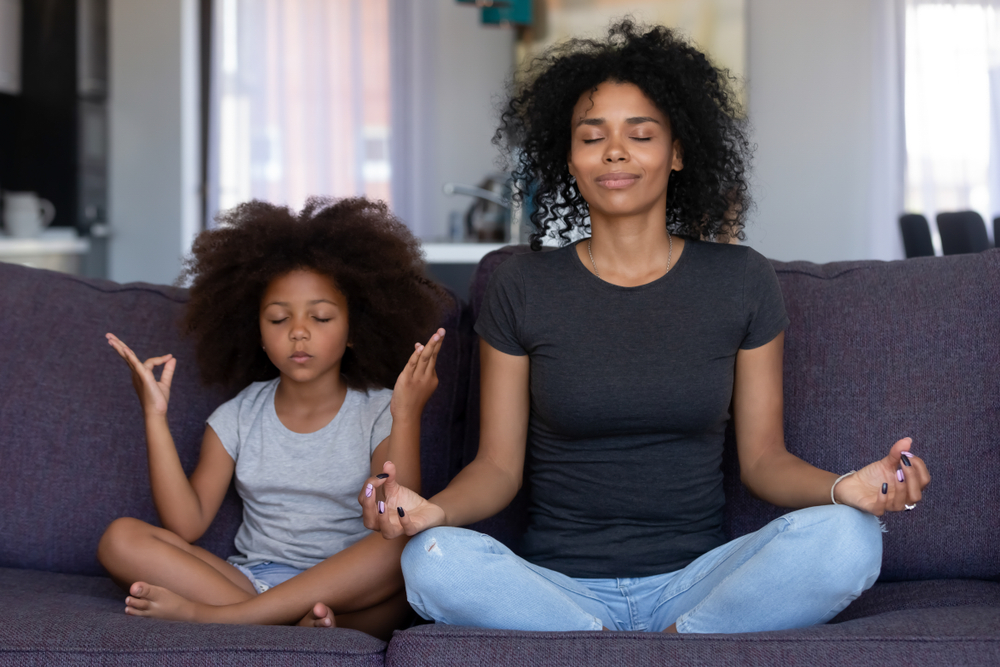 Mental health is not only important for overall well-being, but it is also critical in achieving your goals and dreams. Without good mental health, you will hardly ever make progress toward feeling purposeful and fulfilled.
Mental health is not only important for overall well-being, but it is also critical in achieving your goals and dreams. Without good mental health, you will hardly ever make progress toward feeling purposeful and fulfilled. 
 Twelve subgroups of vegetables exist, and each supplies important minerals, vitamins, and dietary fiber that benefit your health. Eating a variety of vegetables offers a range of benefits like lower risk of hypertension and heart disease, improved digestive health, and diabetes control. A diet high in plant compounds helps fight inflammation, supports eye and bone health, improves your skin, and enhances immunity. Vegetables are also high in water content and low in calories, carbohydrates, and fat, and a regular intake helps maintain a healthy weight.
Twelve subgroups of vegetables exist, and each supplies important minerals, vitamins, and dietary fiber that benefit your health. Eating a variety of vegetables offers a range of benefits like lower risk of hypertension and heart disease, improved digestive health, and diabetes control. A diet high in plant compounds helps fight inflammation, supports eye and bone health, improves your skin, and enhances immunity. Vegetables are also high in water content and low in calories, carbohydrates, and fat, and a regular intake helps maintain a healthy weight. 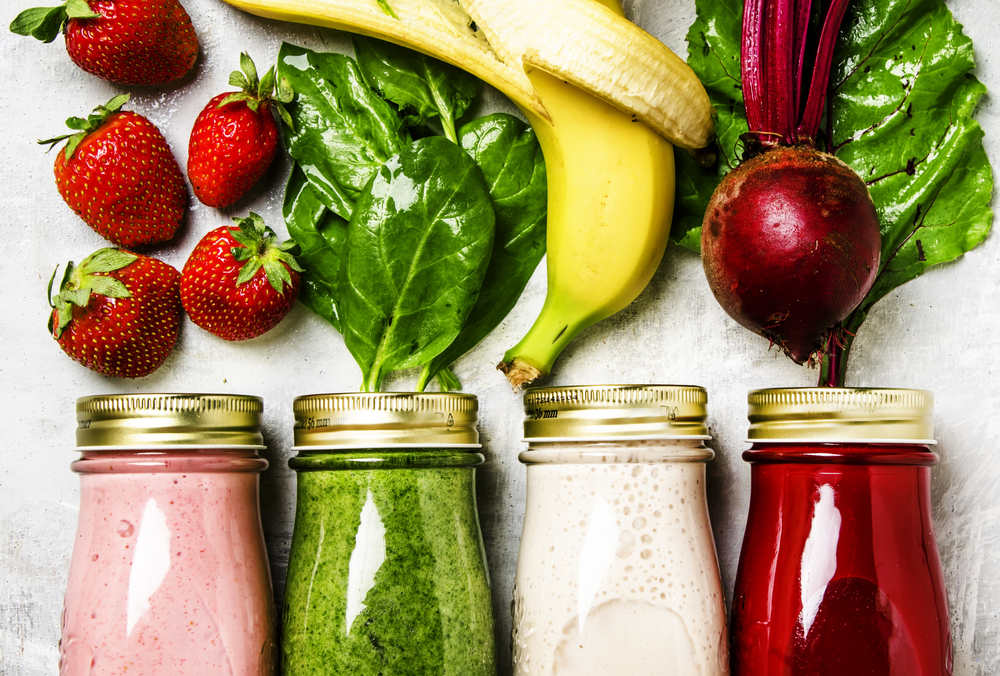
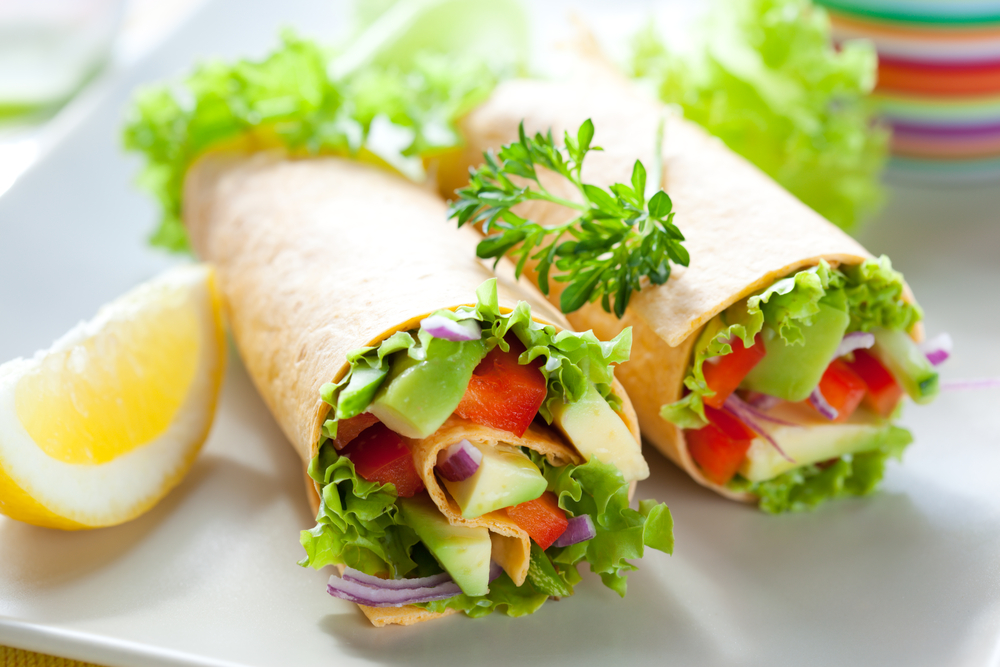
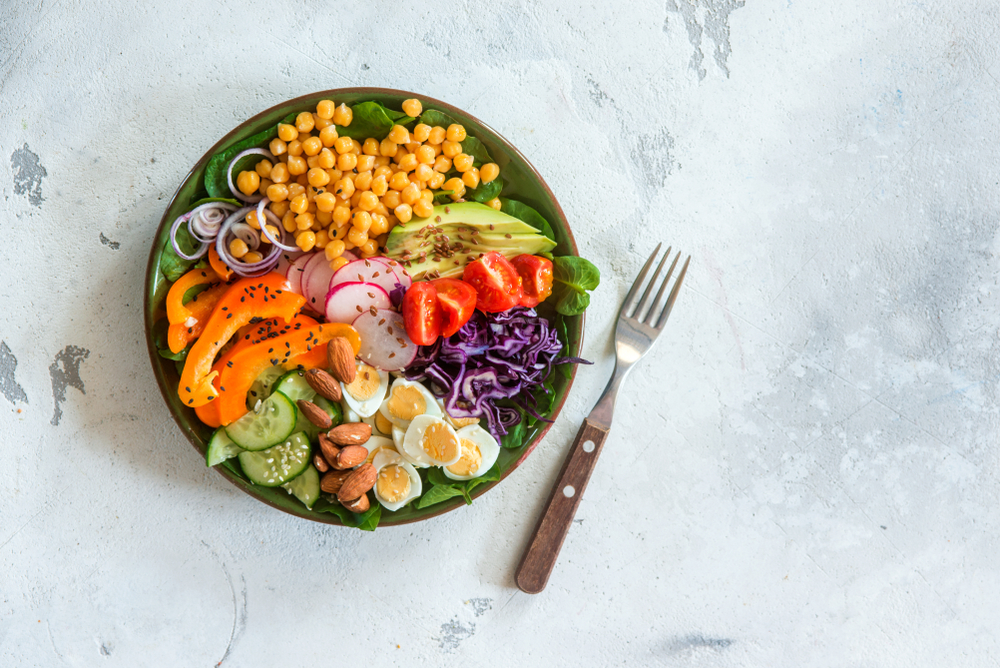 Eating meals that are mostly veggies is another way to get your daily quota and ensure you eat vegetables every day. You will find plenty of delicious recipes that make veggies the hero, like smoky quinoa taco bowls, ratatouille stir-fry, stuffed portobello mushrooms or peppers, and veggie frittata. Also, there are a number of creative ways to eat more vegetables, like sneaking them into noodles, puddings, or quesadillas.
Eating meals that are mostly veggies is another way to get your daily quota and ensure you eat vegetables every day. You will find plenty of delicious recipes that make veggies the hero, like smoky quinoa taco bowls, ratatouille stir-fry, stuffed portobello mushrooms or peppers, and veggie frittata. Also, there are a number of creative ways to eat more vegetables, like sneaking them into noodles, puddings, or quesadillas. 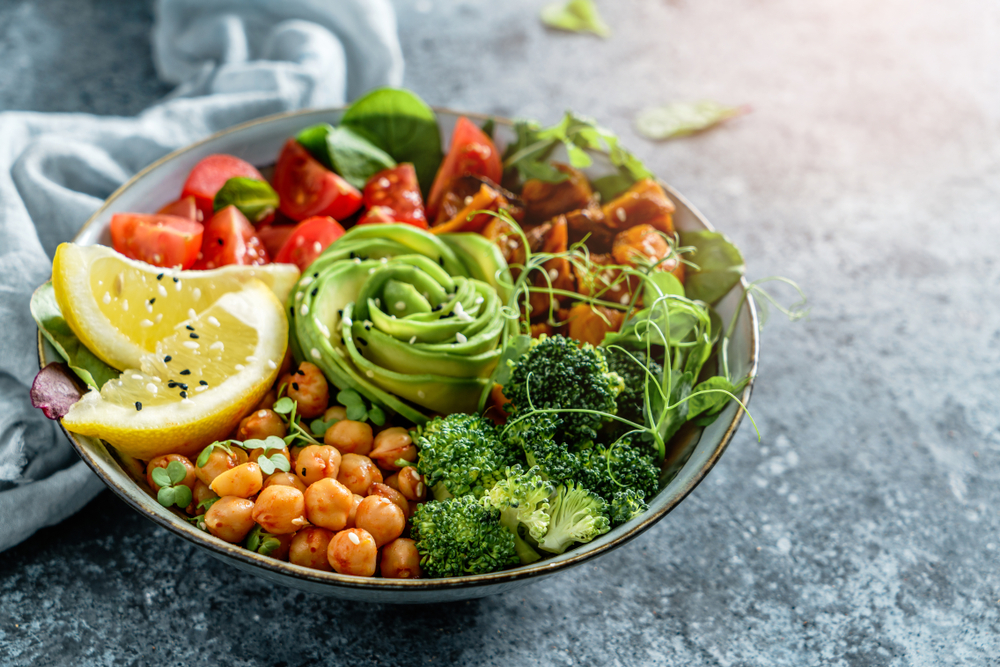 Packing a salad for lunch is not only a time-saver but will help you to cut down on empty calories that fast food usually has. To make your salad as healthy, tasty, and colorful as possible, include a variety of vegetables and add some healthy fats and protein to give it a boost. Healthy proteins to add to your salad include chickpeas, eggs, tofu, chicken breast, and sliced tuna. You can finish with healthy fats to make your salad tastier and more filling, like sunflower or pumpkin seeds, pecans, cashews, or avocado.
Packing a salad for lunch is not only a time-saver but will help you to cut down on empty calories that fast food usually has. To make your salad as healthy, tasty, and colorful as possible, include a variety of vegetables and add some healthy fats and protein to give it a boost. Healthy proteins to add to your salad include chickpeas, eggs, tofu, chicken breast, and sliced tuna. You can finish with healthy fats to make your salad tastier and more filling, like sunflower or pumpkin seeds, pecans, cashews, or avocado.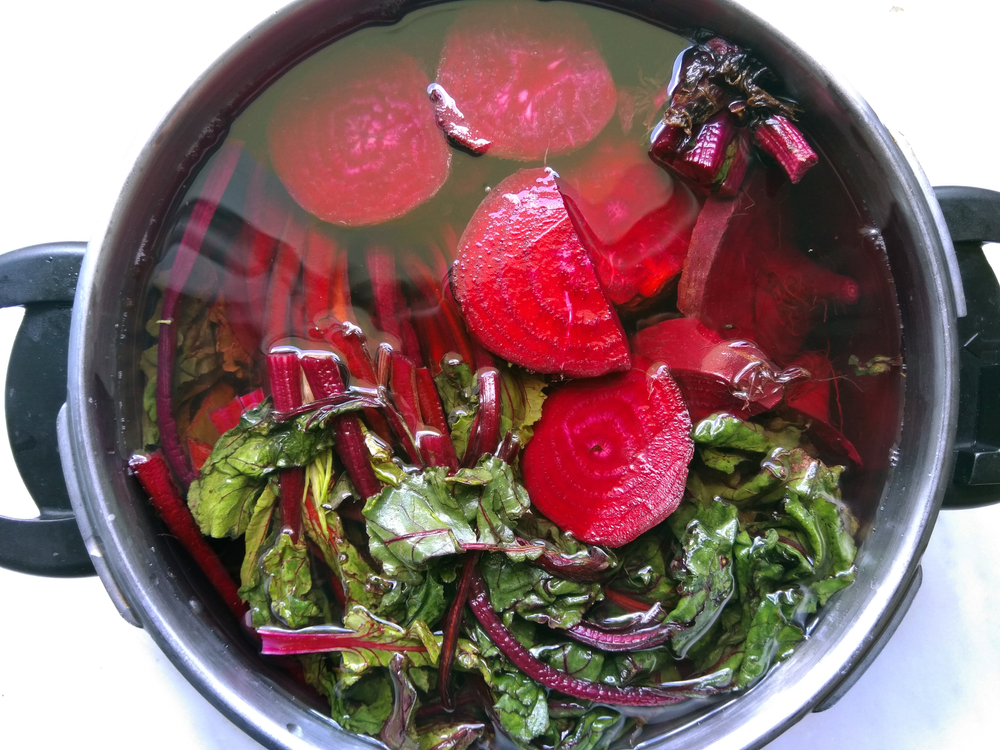 You can experiment with different cooking methods to diversify your everyday meals. Dry heat cooking, for example, includes roasting, sauteing, stir-frying, pan-frying, grilling, and barbecuing. You can roast or grill vegetables with healthy oil and garnish them with parsley or dried thyme. Or you can make a stir-fry with seasonal veggies and tofu, chicken, or beef.
You can experiment with different cooking methods to diversify your everyday meals. Dry heat cooking, for example, includes roasting, sauteing, stir-frying, pan-frying, grilling, and barbecuing. You can roast or grill vegetables with healthy oil and garnish them with parsley or dried thyme. Or you can make a stir-fry with seasonal veggies and tofu, chicken, or beef.
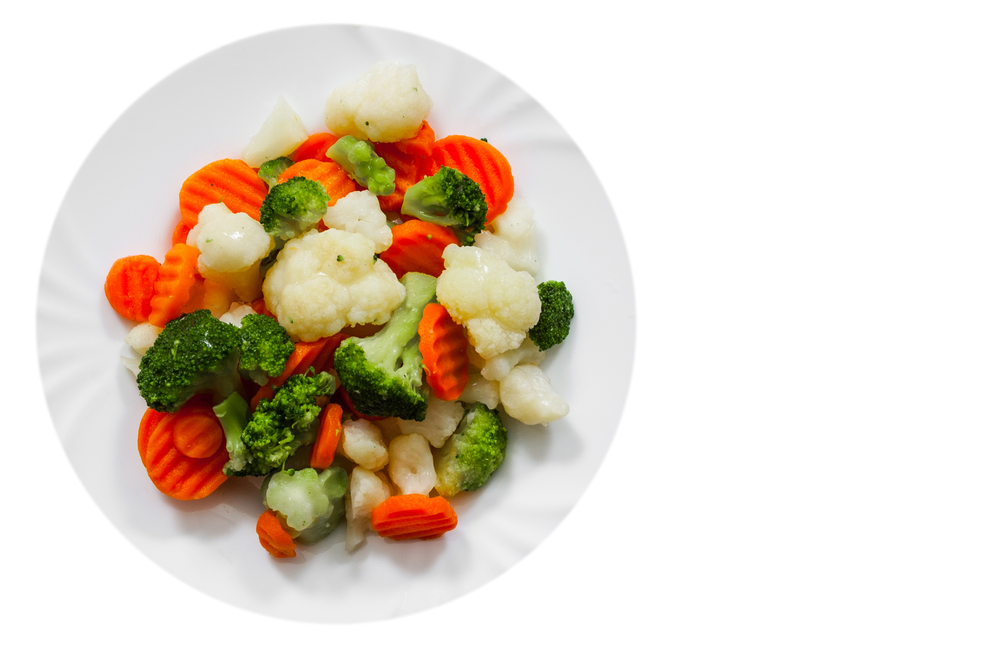
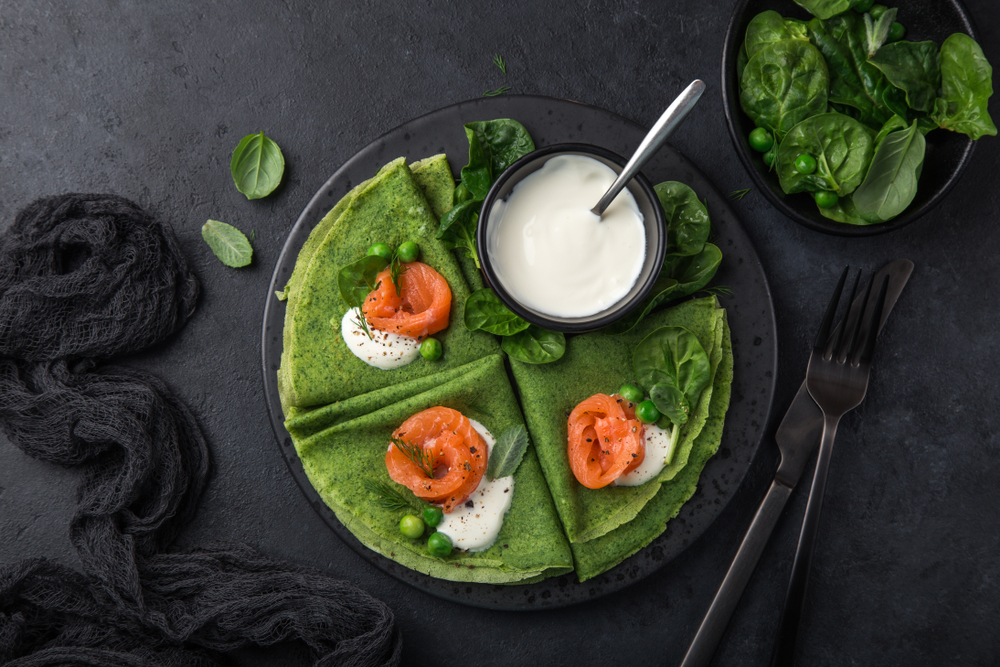 There are plenty of creative ways to incorporate vegetables into your meals, like adding veggies to pancakes, waffles, biscuits, and cakes. You can add zucchini to your brownie batter, carrots to cookies, or avocados to pudding. Sweet potatoes can be pureed into a mousse and squashed into a cheesecake. You can even try vegetable ice cream with sweet corn, tomato, carrot, or beetroot. As veggie ice creams are low in sugar, they are healthier than regular ice creams and can be easily prepared at home.
There are plenty of creative ways to incorporate vegetables into your meals, like adding veggies to pancakes, waffles, biscuits, and cakes. You can add zucchini to your brownie batter, carrots to cookies, or avocados to pudding. Sweet potatoes can be pureed into a mousse and squashed into a cheesecake. You can even try vegetable ice cream with sweet corn, tomato, carrot, or beetroot. As veggie ice creams are low in sugar, they are healthier than regular ice creams and can be easily prepared at home.  Spinach is rich in a number of nutrients, including potassium, folate, iron, and vitamins K, C, and A. It is also loaded with fiber and essential plant compounds like quercetin and lutein which promote eye and heart health and fight inflammation and infection.
Spinach is rich in a number of nutrients, including potassium, folate, iron, and vitamins K, C, and A. It is also loaded with fiber and essential plant compounds like quercetin and lutein which promote eye and heart health and fight inflammation and infection.
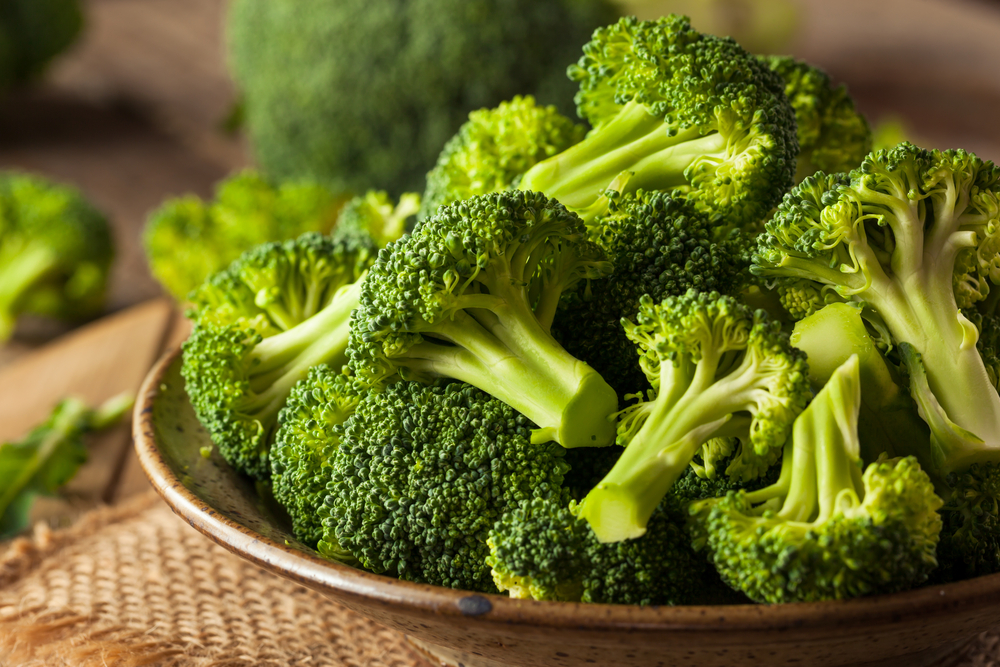 One of the most nutrient-dense vegetables you’ll find year-round, broccoli is packed with potassium, iron, calcium, vitamins K and C, protein, fiber, and folate. When steamed, just one-half cup supplies over 50 percent of your vitamin C daily intake. You need this antioxidant to protect yourself from free radical damage and infections and to maintain good blood vessels, skin, and bone health. Nutrients in broccoli also improve brain function, keep your heart healthy, and support hormonal balance.
One of the most nutrient-dense vegetables you’ll find year-round, broccoli is packed with potassium, iron, calcium, vitamins K and C, protein, fiber, and folate. When steamed, just one-half cup supplies over 50 percent of your vitamin C daily intake. You need this antioxidant to protect yourself from free radical damage and infections and to maintain good blood vessels, skin, and bone health. Nutrients in broccoli also improve brain function, keep your heart healthy, and support hormonal balance.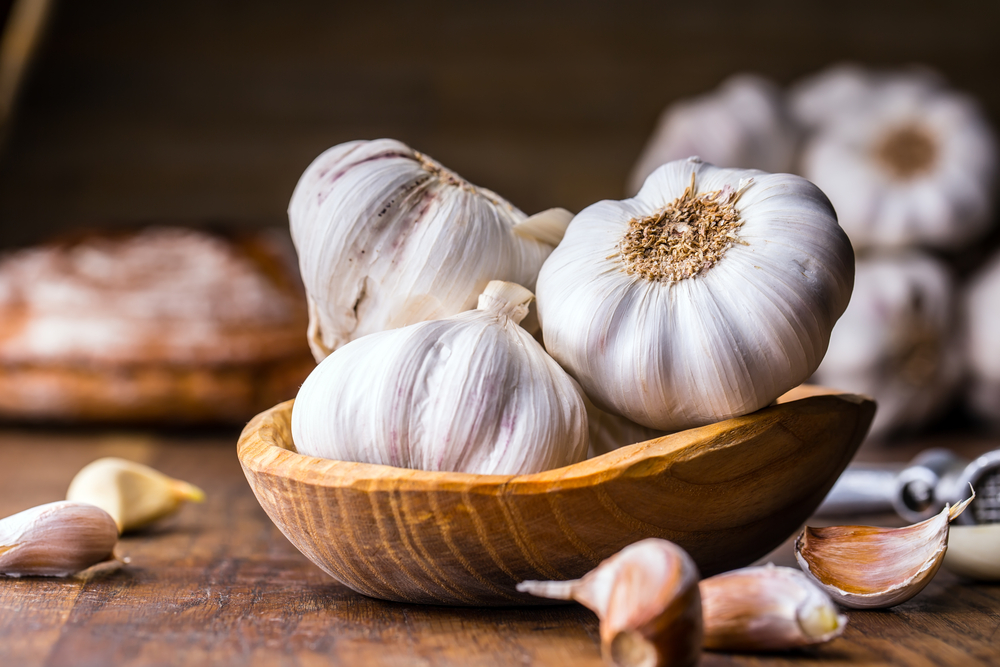

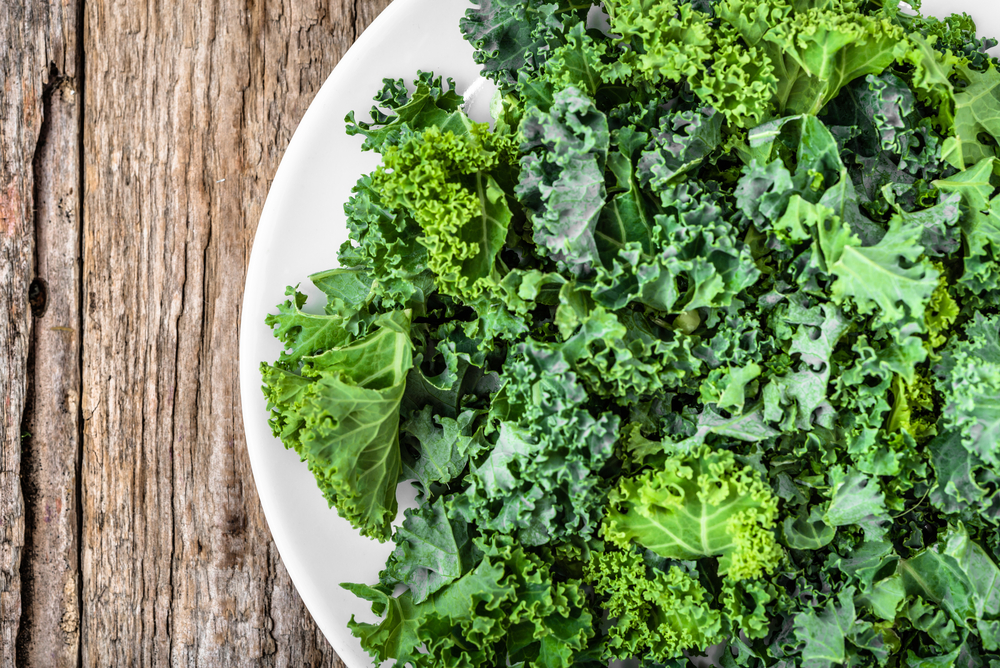
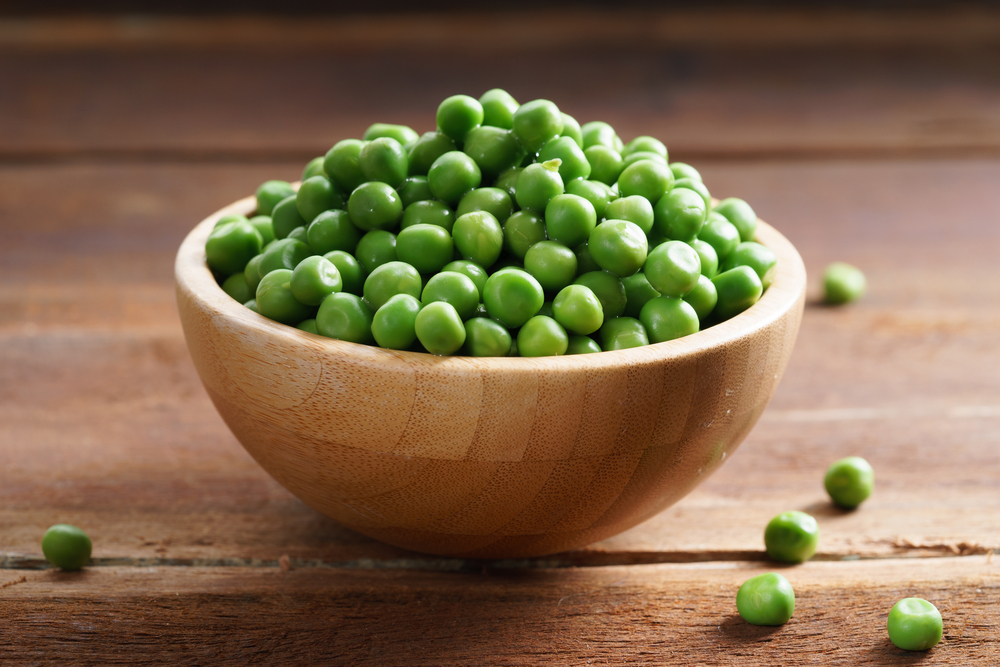
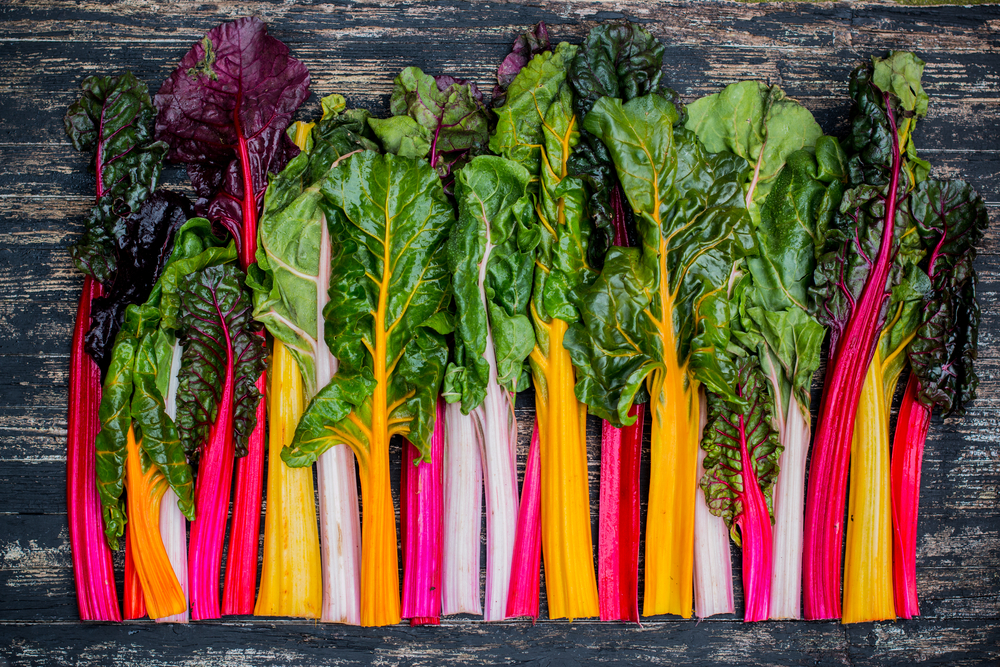
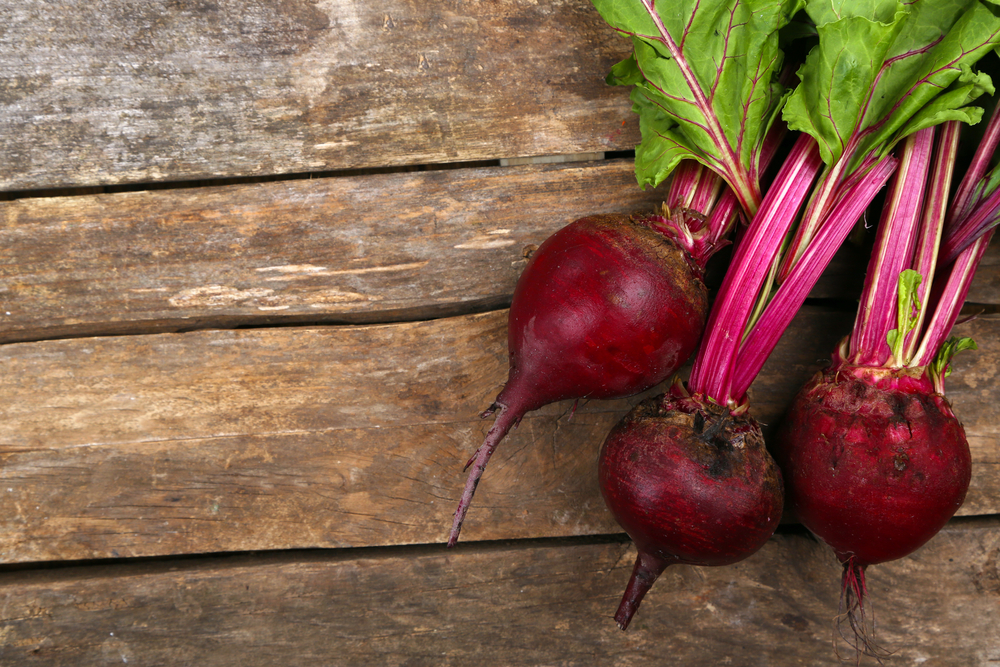

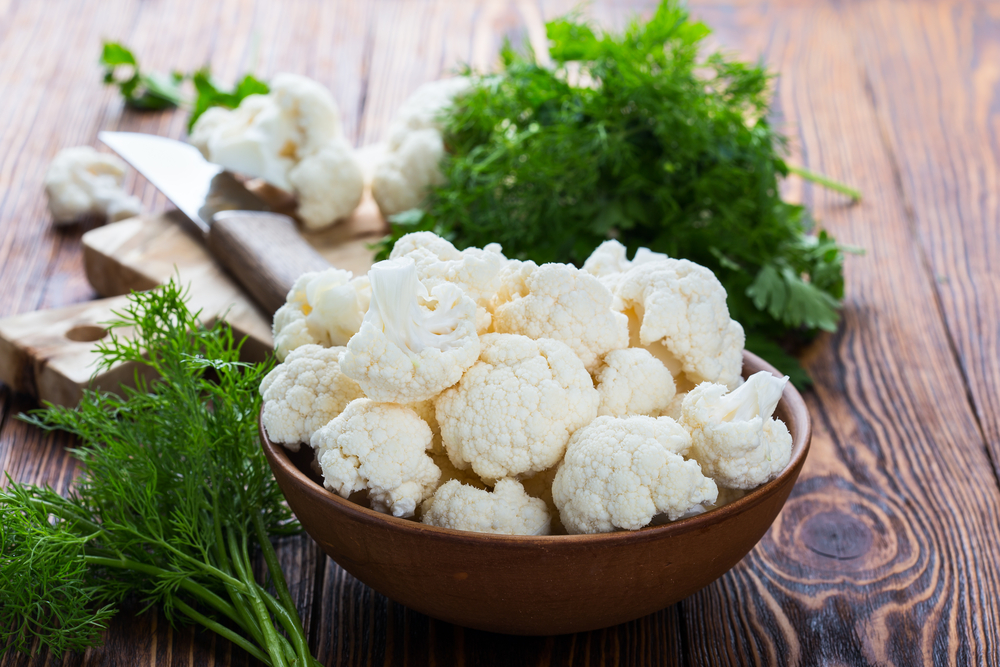
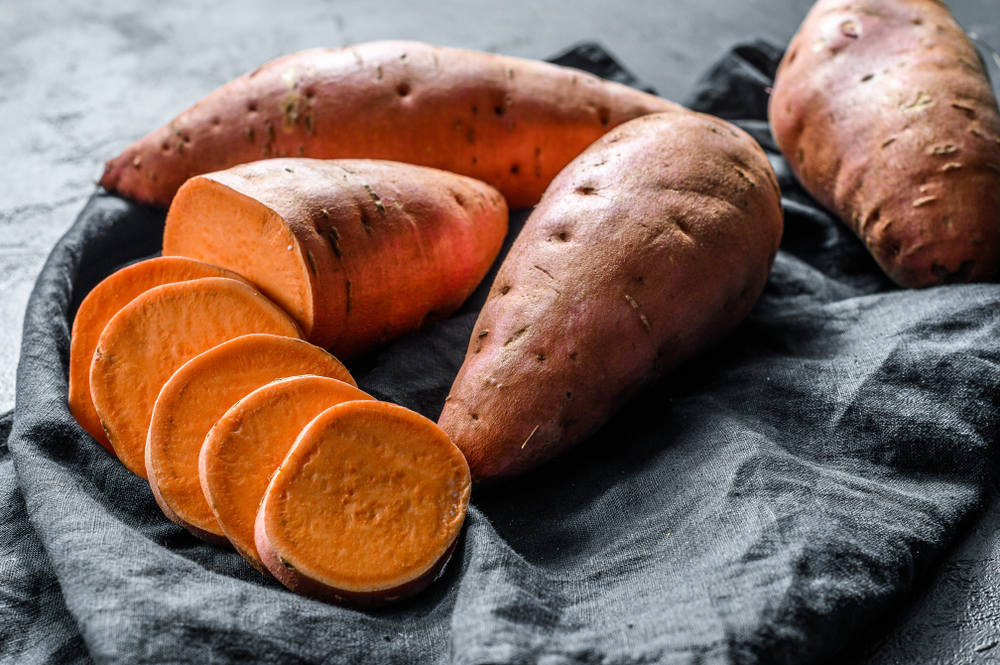 Sweet potatoes are one of the most nutrient-dense vegetables, packing a good amount of potassium, manganese, and vitamins C and A into each serving. They vary from red and purple to white, yellow-orange, and orange and are rich in fiber and antioxidants like carotenoids and flavonoids which have anti-inflammatory properties. Flavonoids, along with phenolic compounds help balance blood sugar levels, aiding diabetes management. Purple sweet potatoes also contain anthocyanins, a group of antioxidants
Sweet potatoes are one of the most nutrient-dense vegetables, packing a good amount of potassium, manganese, and vitamins C and A into each serving. They vary from red and purple to white, yellow-orange, and orange and are rich in fiber and antioxidants like carotenoids and flavonoids which have anti-inflammatory properties. Flavonoids, along with phenolic compounds help balance blood sugar levels, aiding diabetes management. Purple sweet potatoes also contain anthocyanins, a group of antioxidants
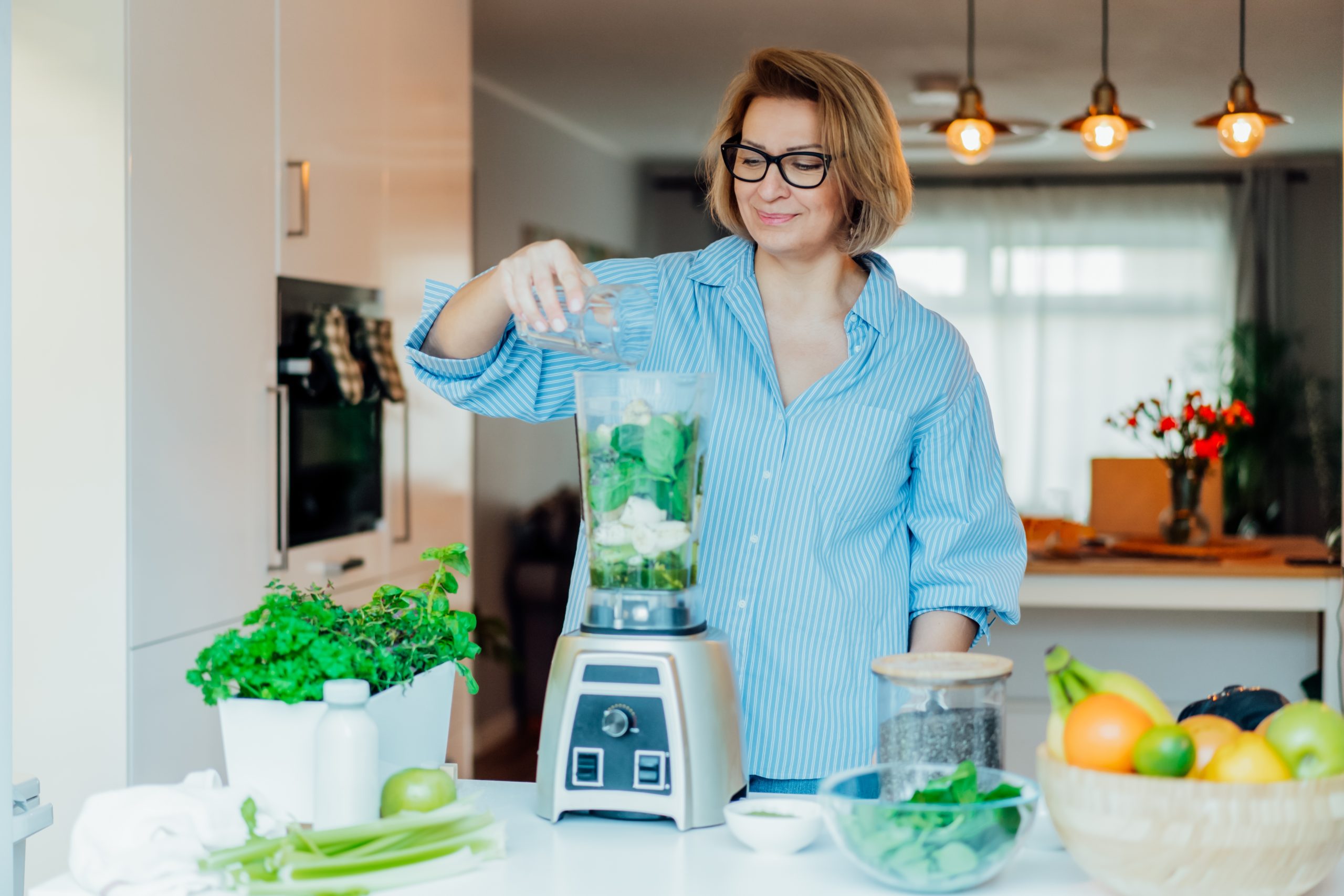 No single vegetable supplies all the minerals, vitamins, antioxidants, and plant compounds you need to stay healthy and feel your best. Eating a variety of colors, flavors, and types provides your body with the mix of fibers, phytochemicals, and nutrients you need. Expanding variety and increasing your consumption of veggies can benefit your health in a number of different ways. Nutrients in vegetables improve blood pressure, balance blood sugar levels, reduce the risk of heart disease, improve digestive health, and enhance immunity.
No single vegetable supplies all the minerals, vitamins, antioxidants, and plant compounds you need to stay healthy and feel your best. Eating a variety of colors, flavors, and types provides your body with the mix of fibers, phytochemicals, and nutrients you need. Expanding variety and increasing your consumption of veggies can benefit your health in a number of different ways. Nutrients in vegetables improve blood pressure, balance blood sugar levels, reduce the risk of heart disease, improve digestive health, and enhance immunity.